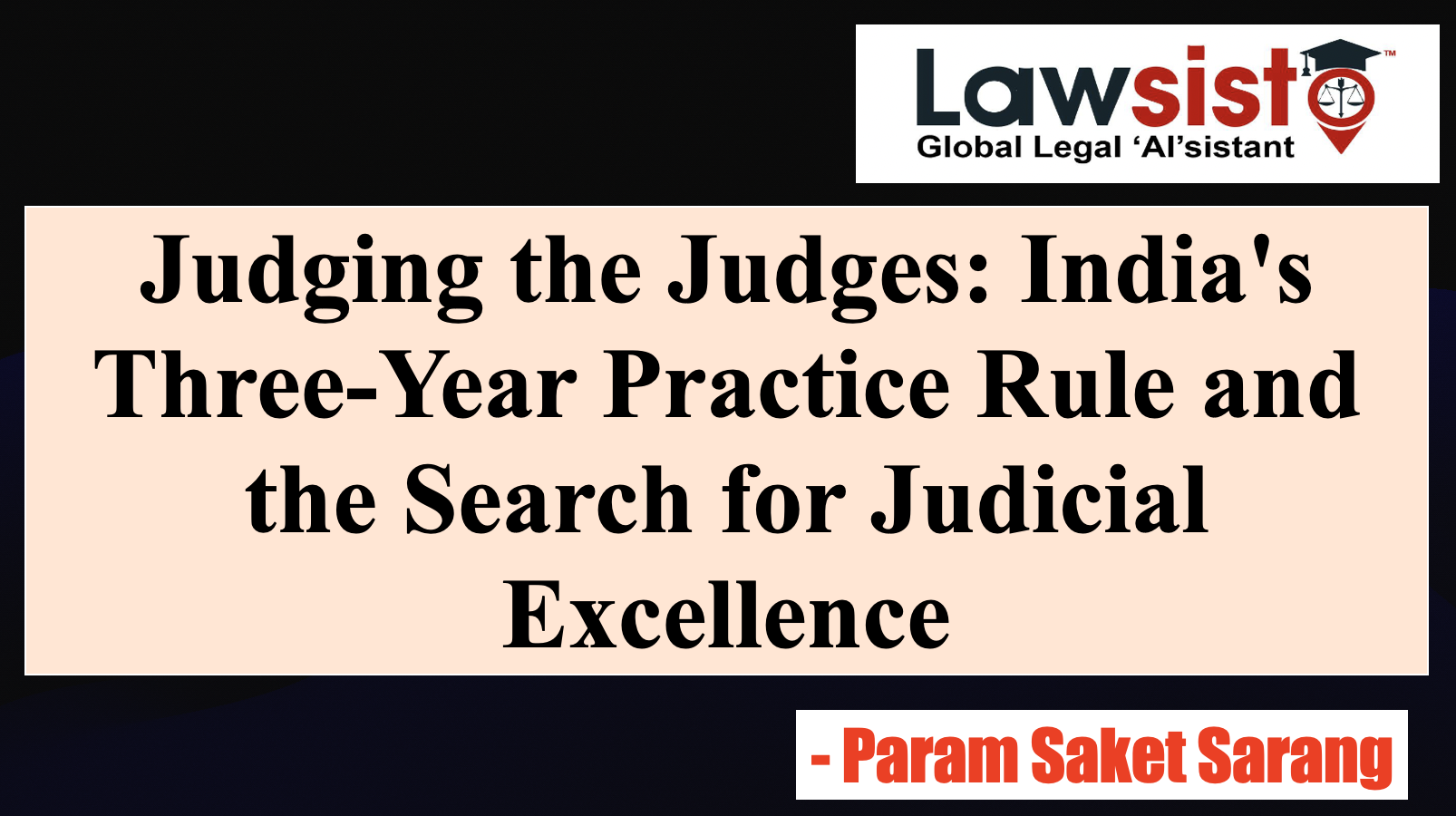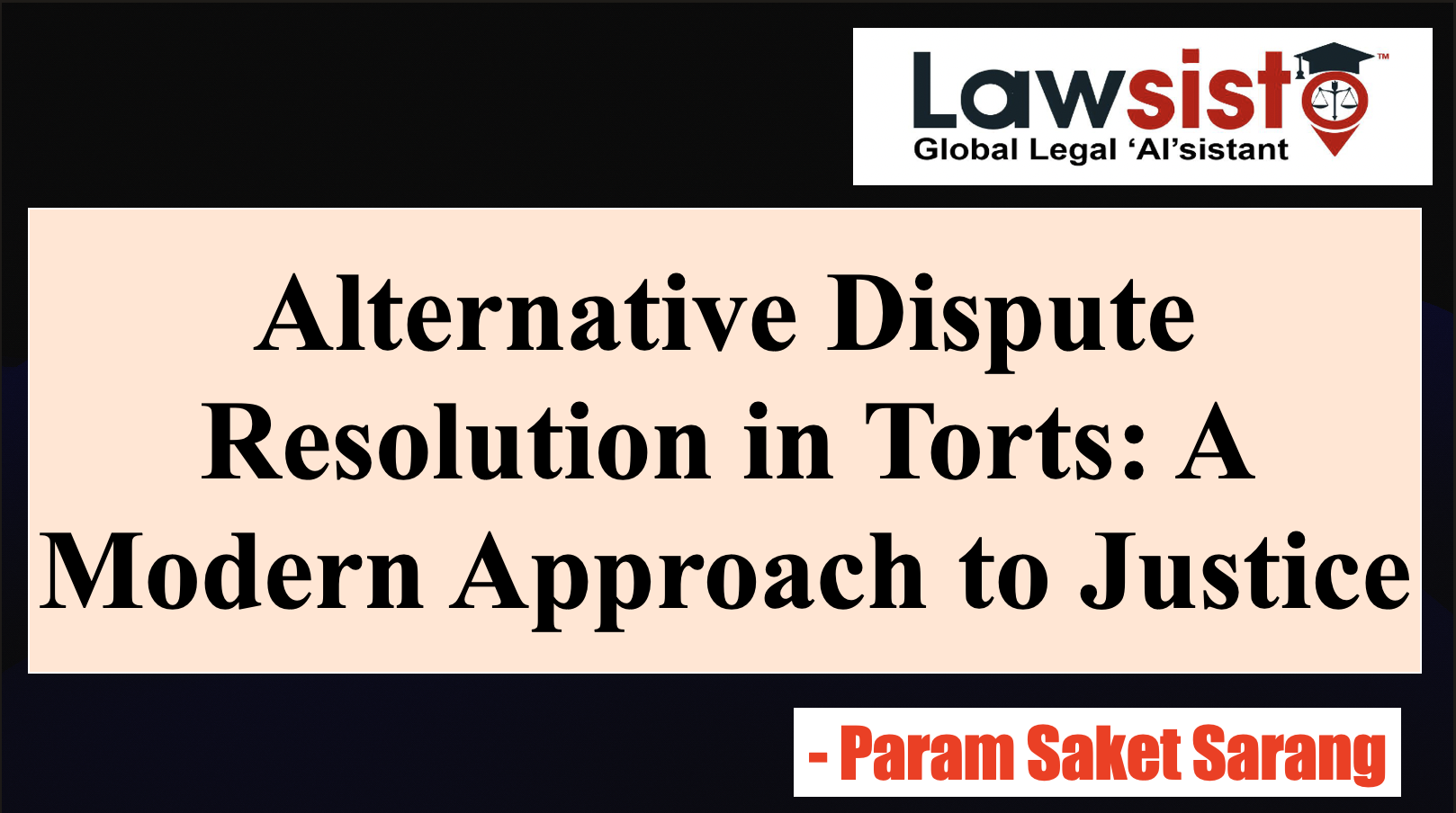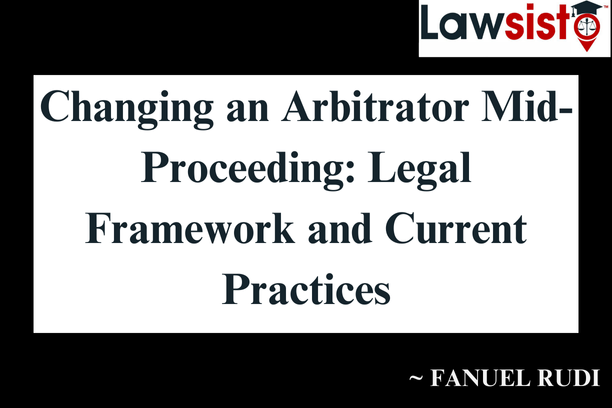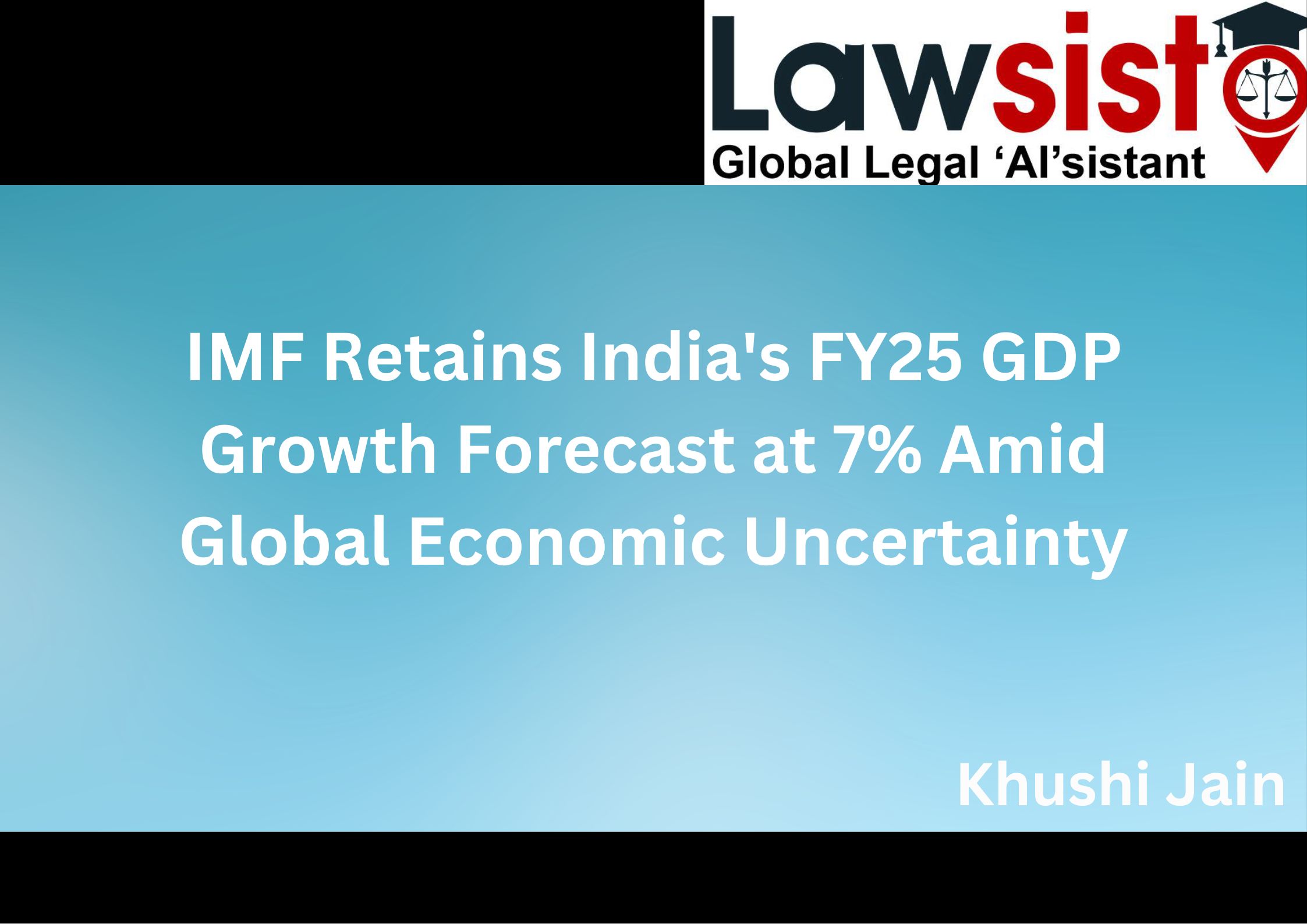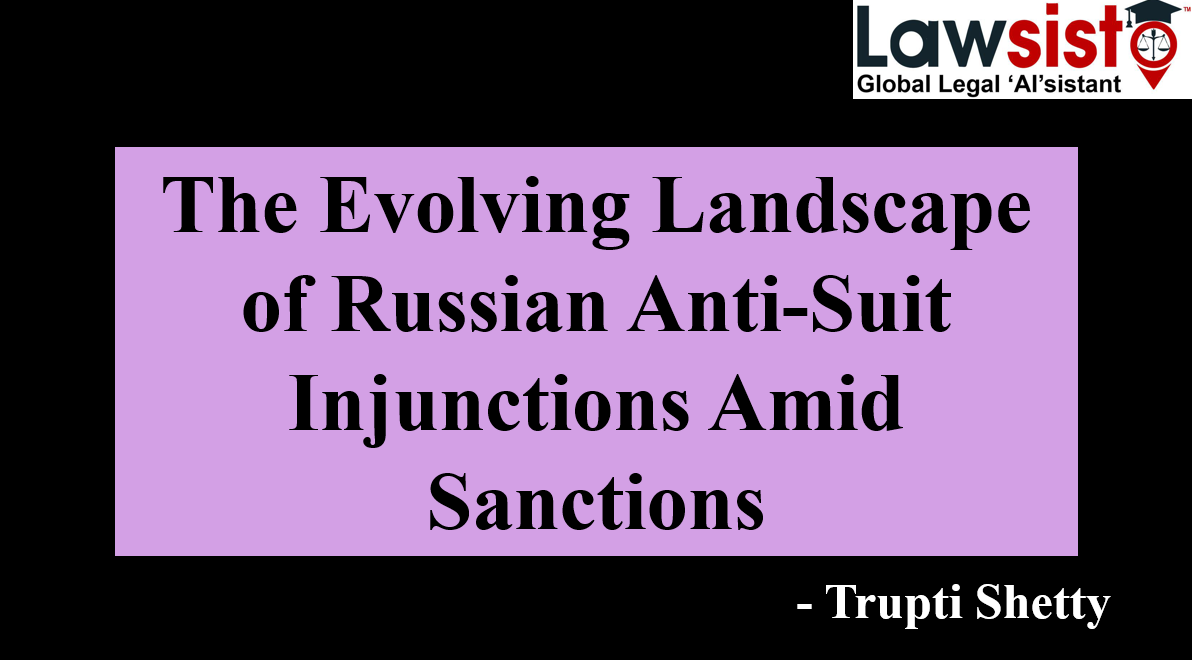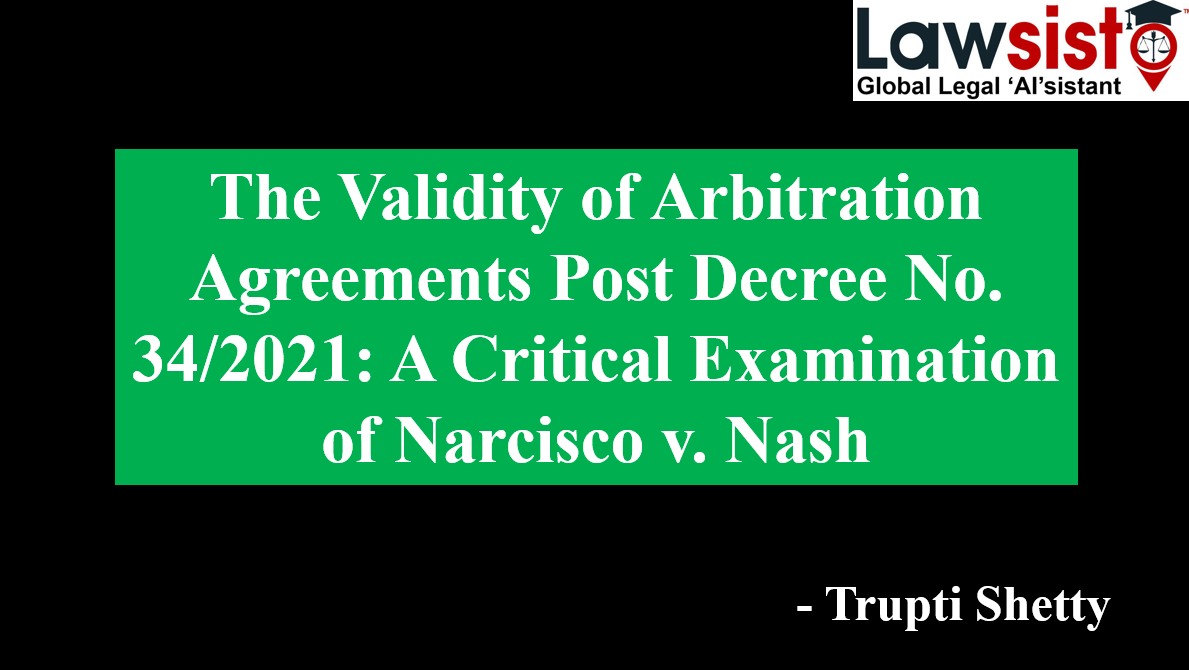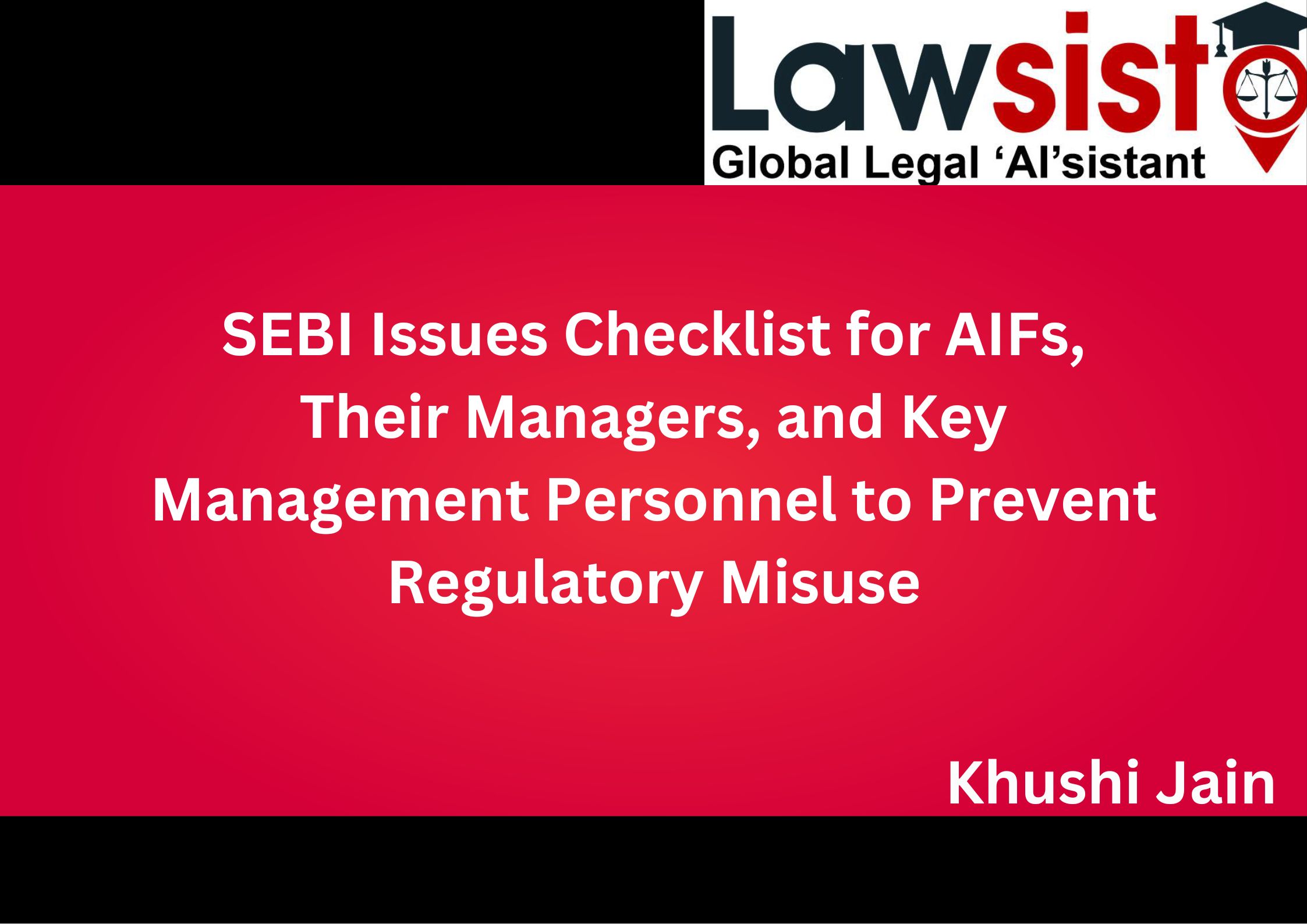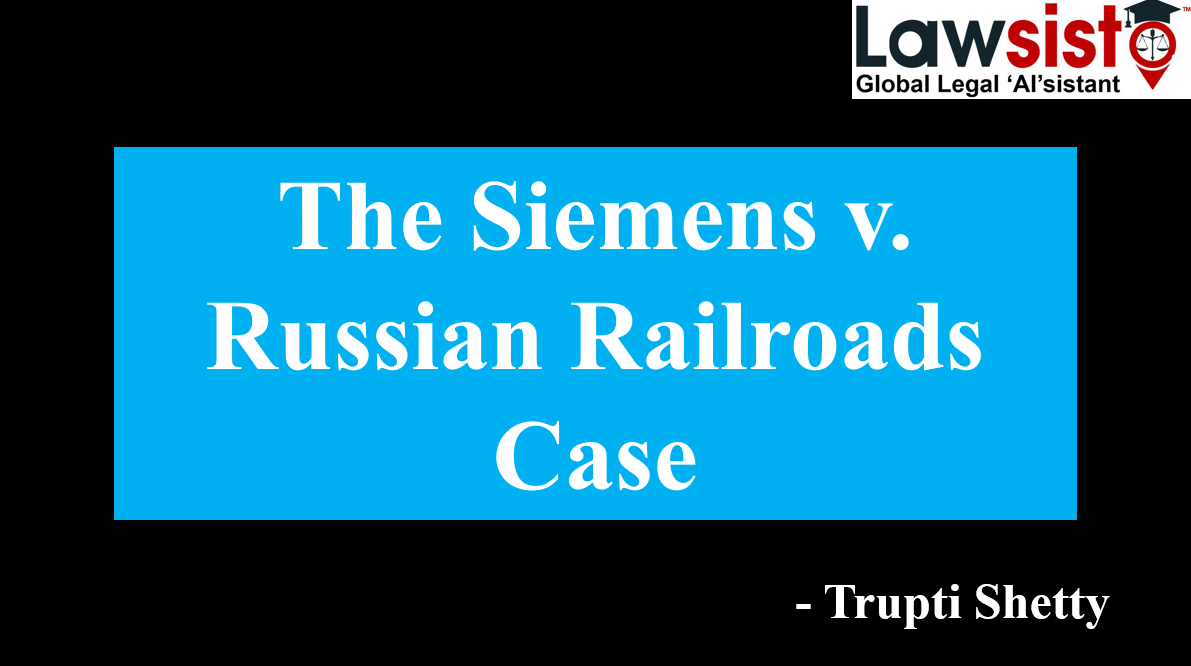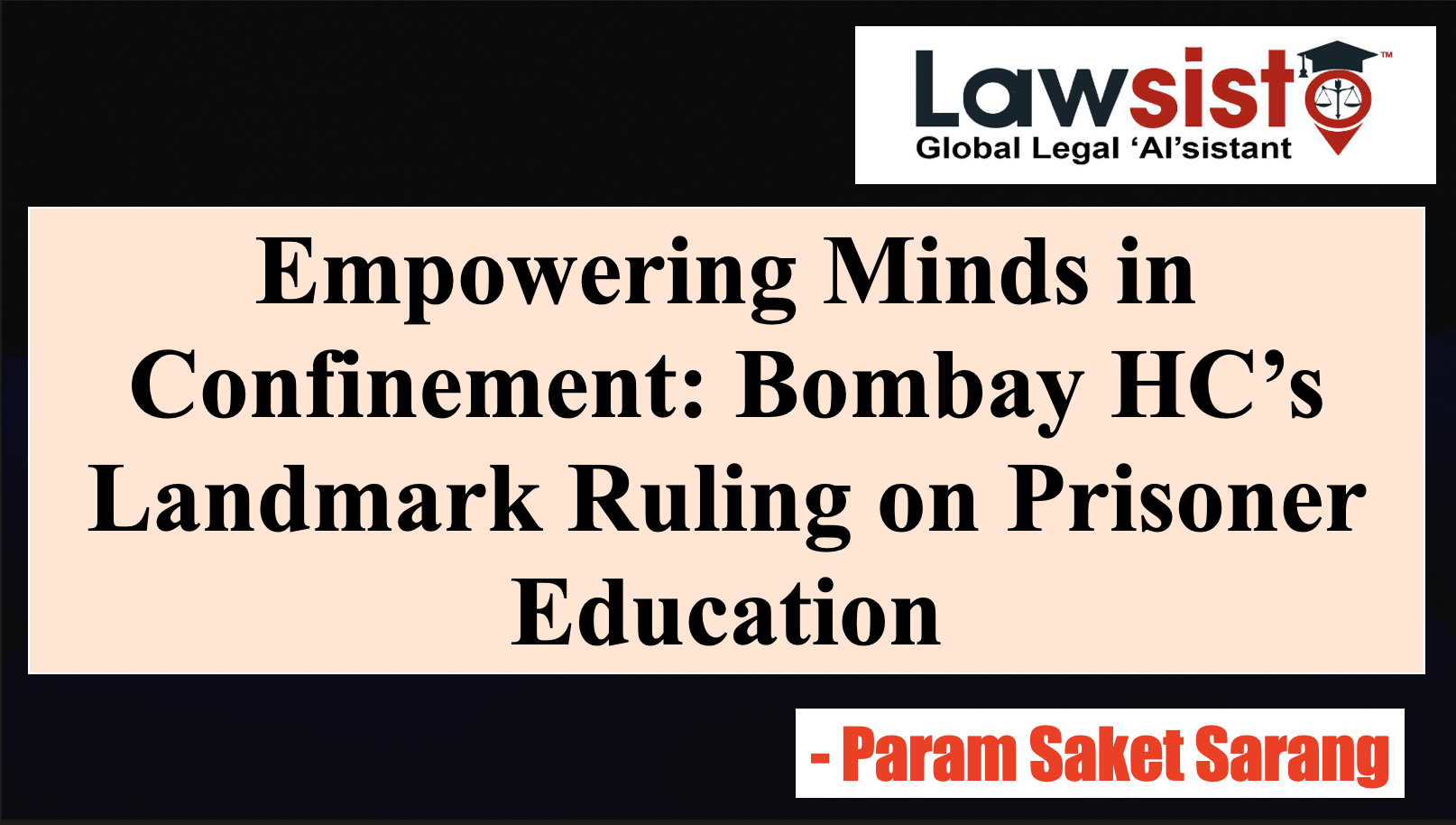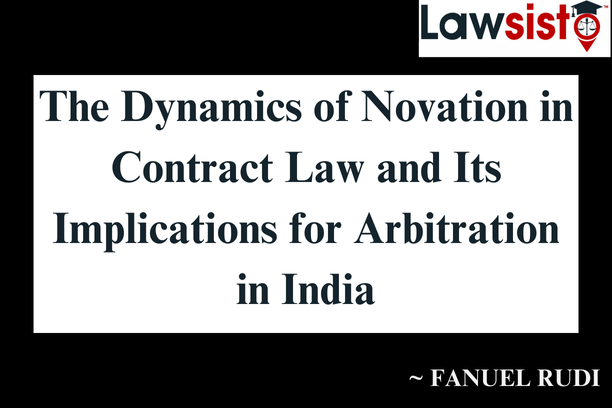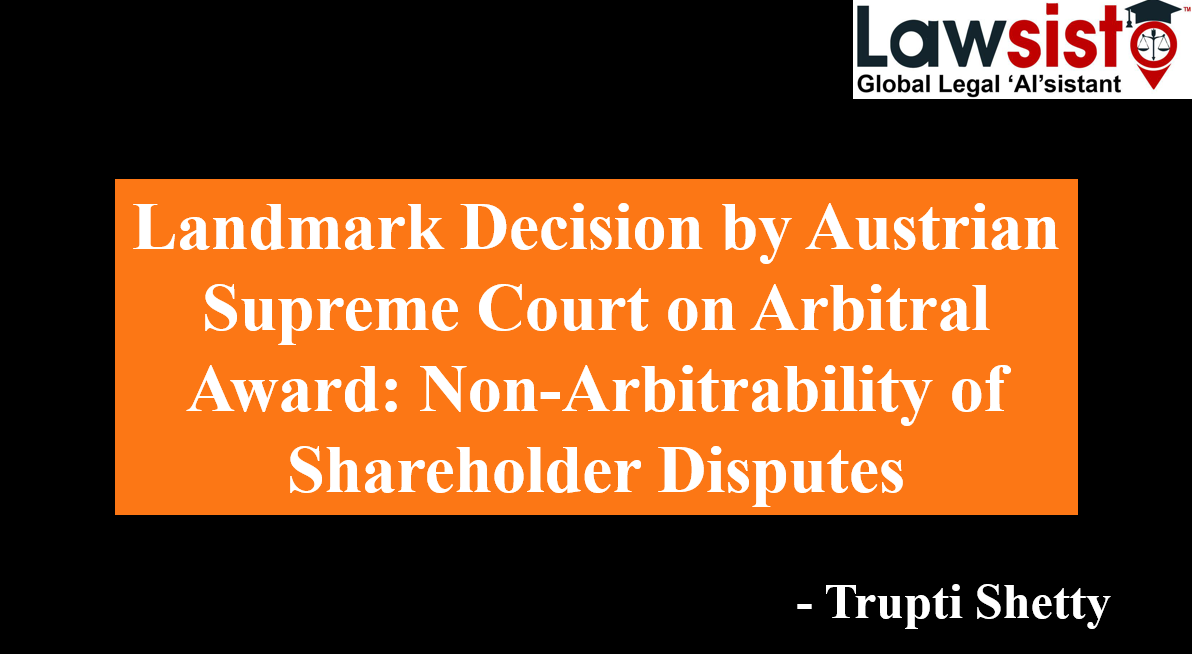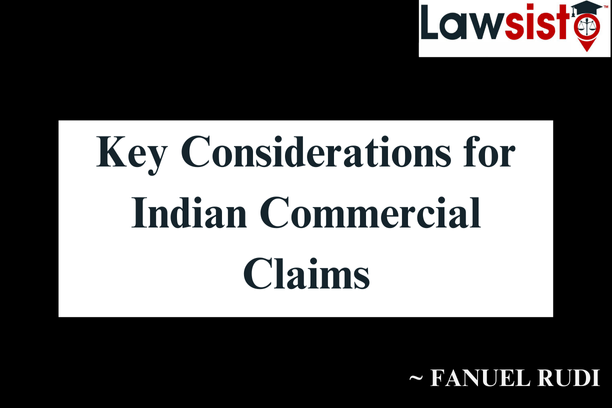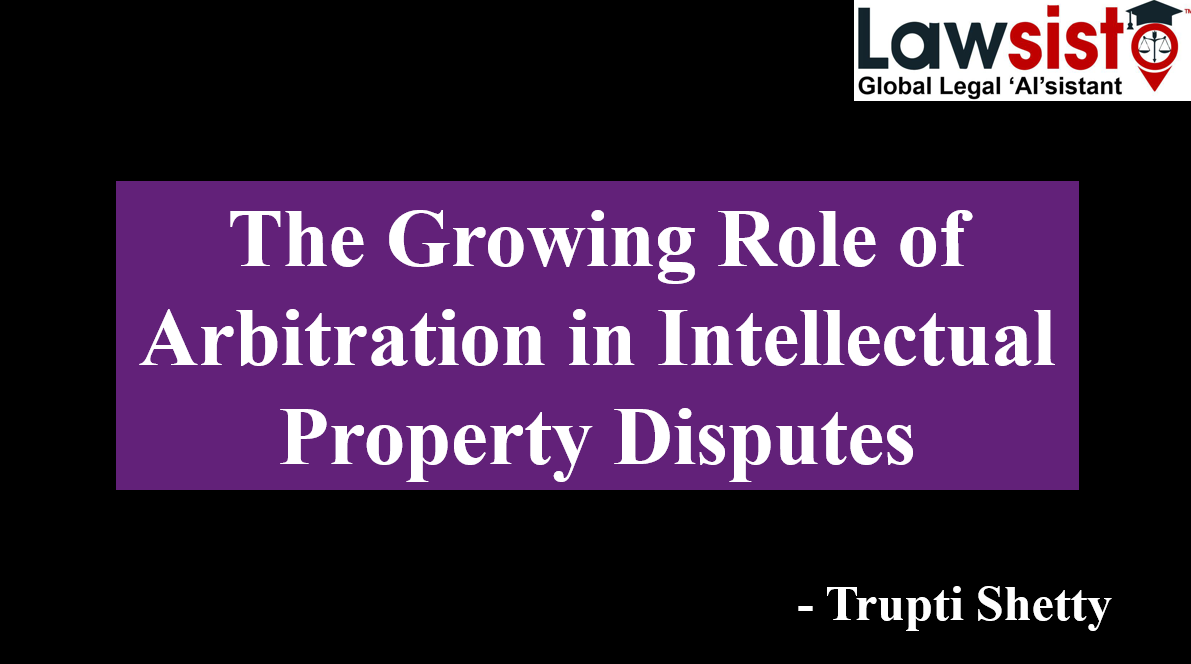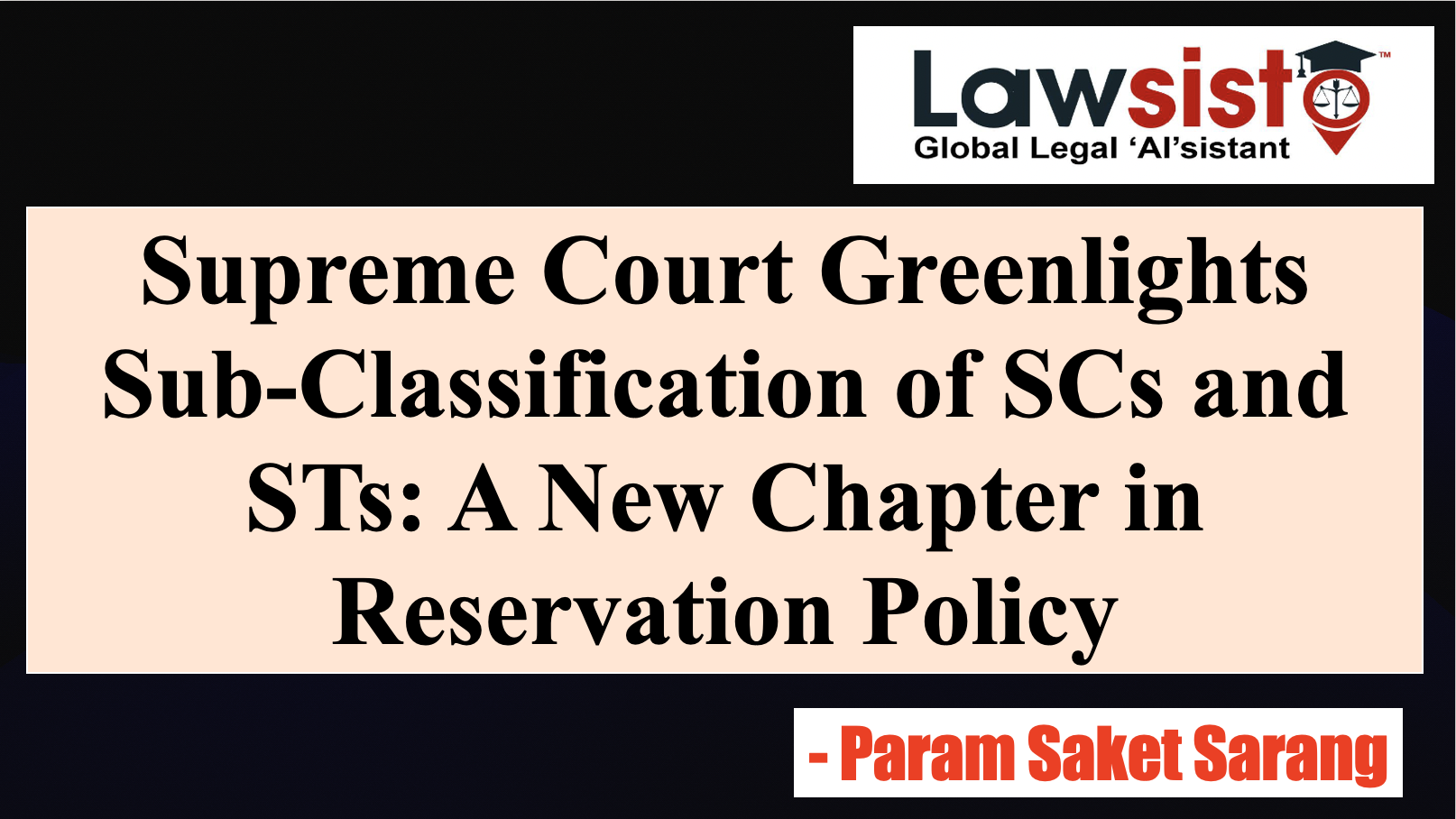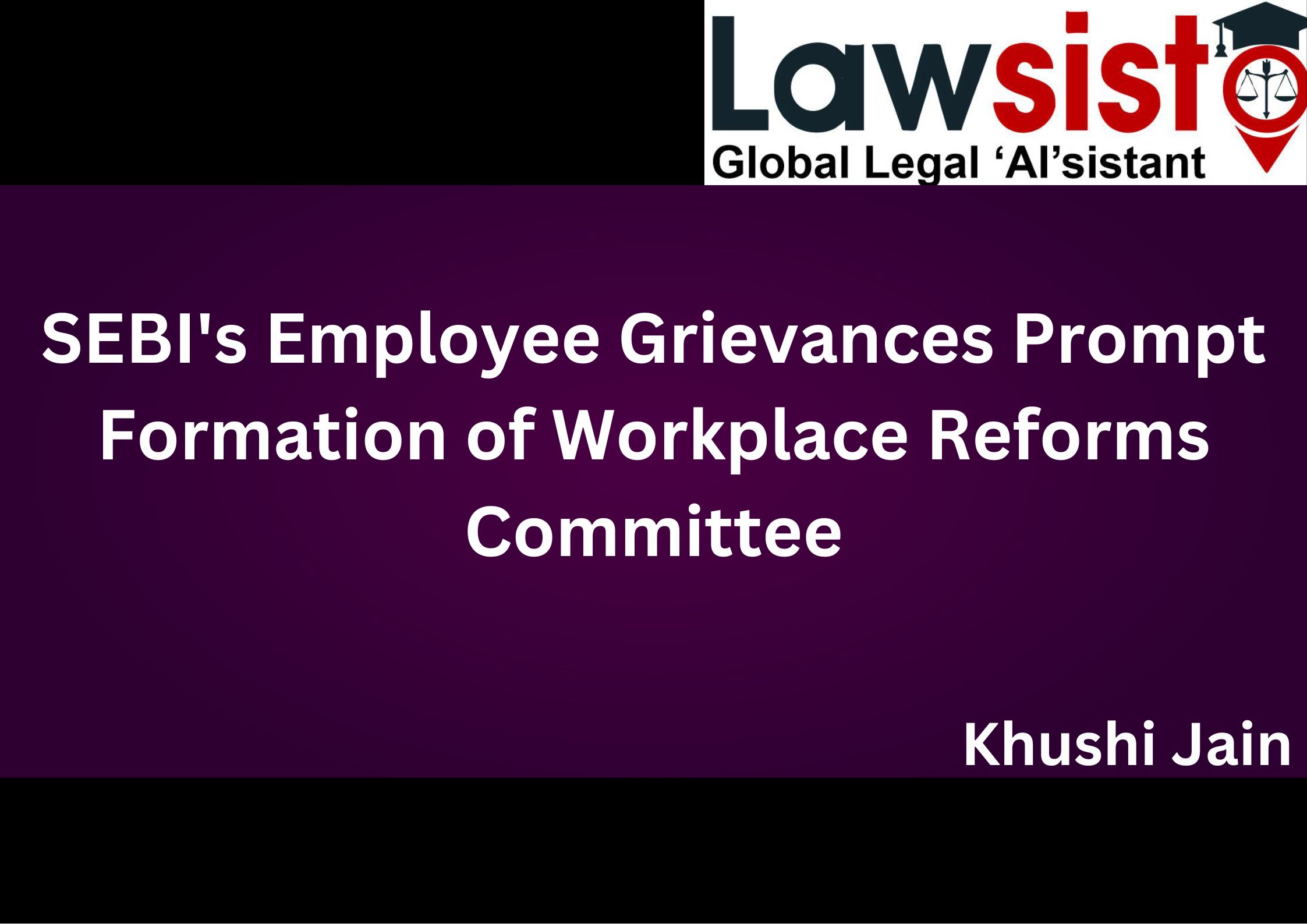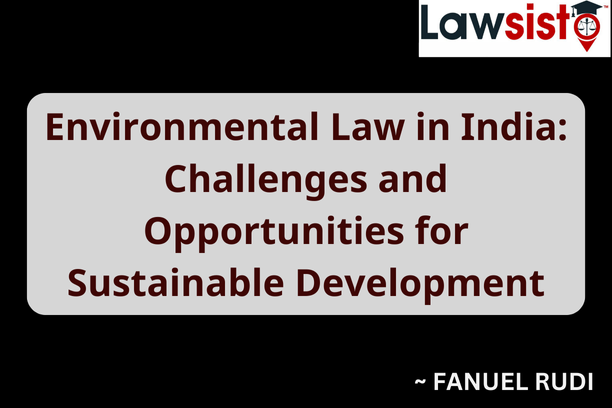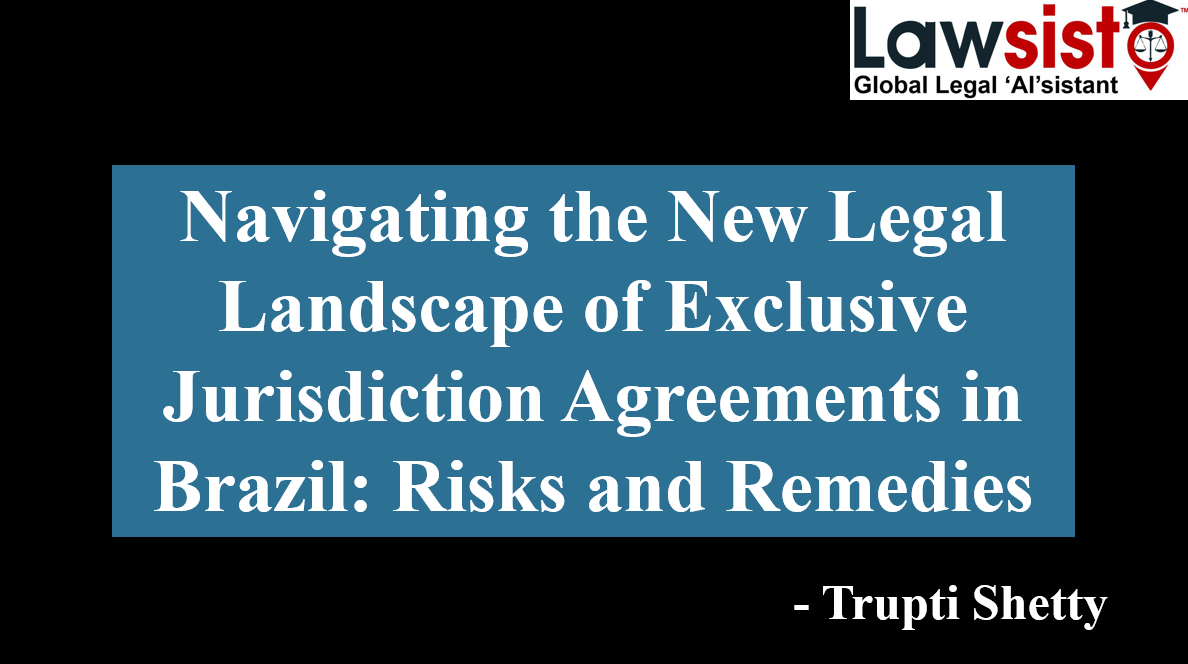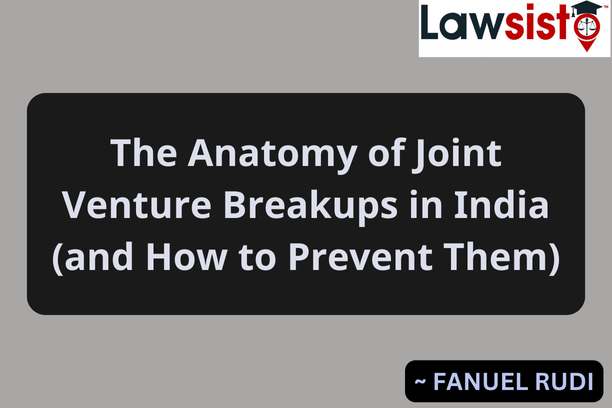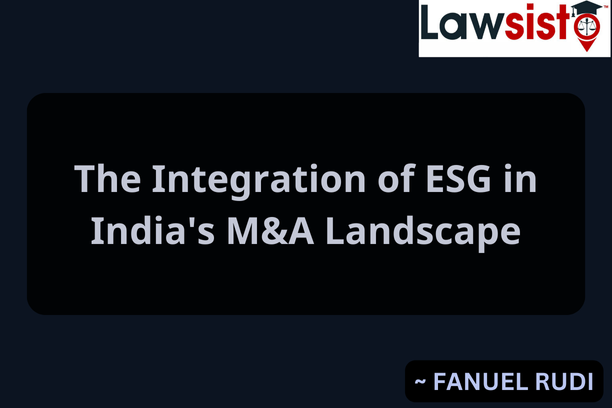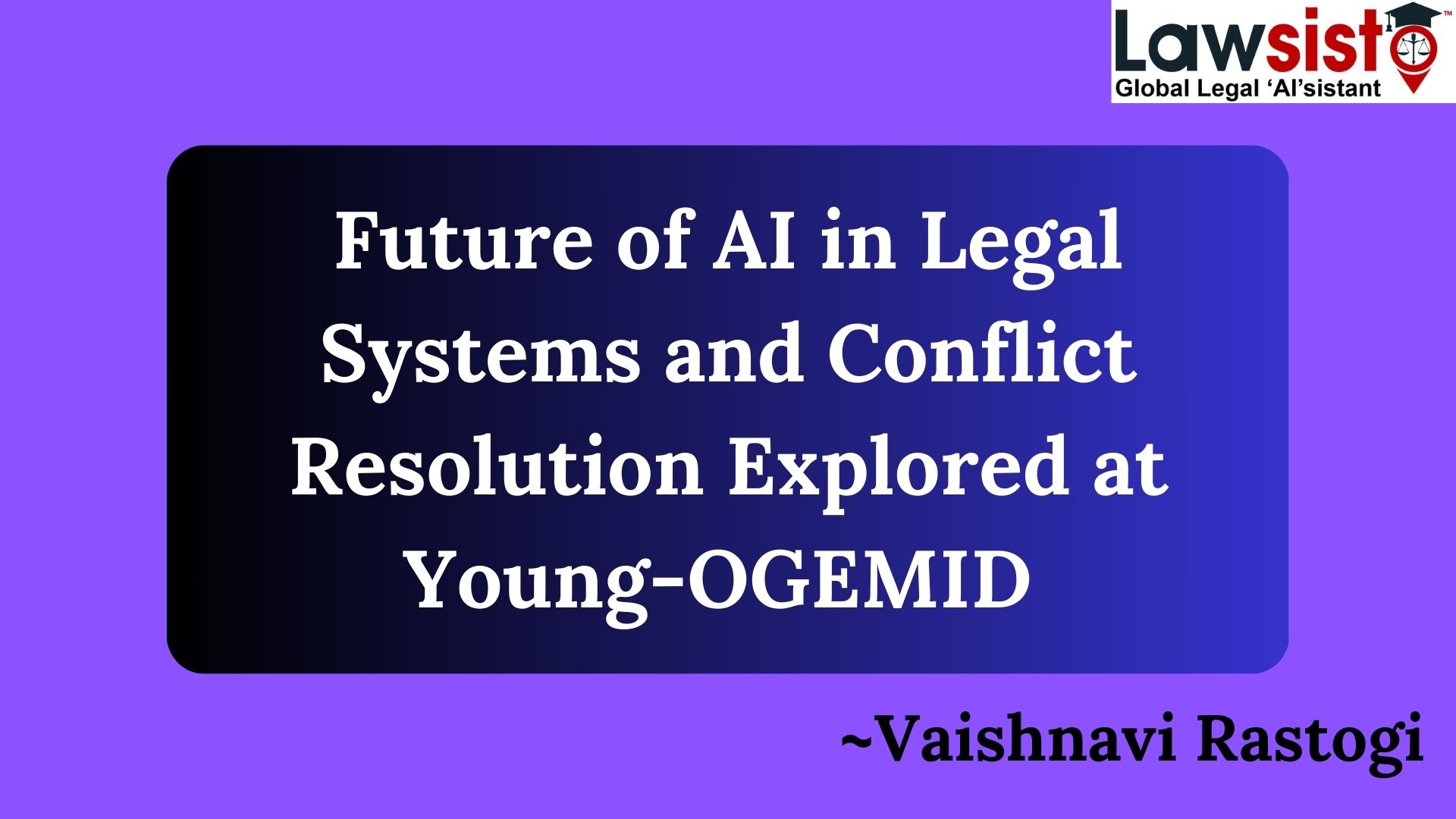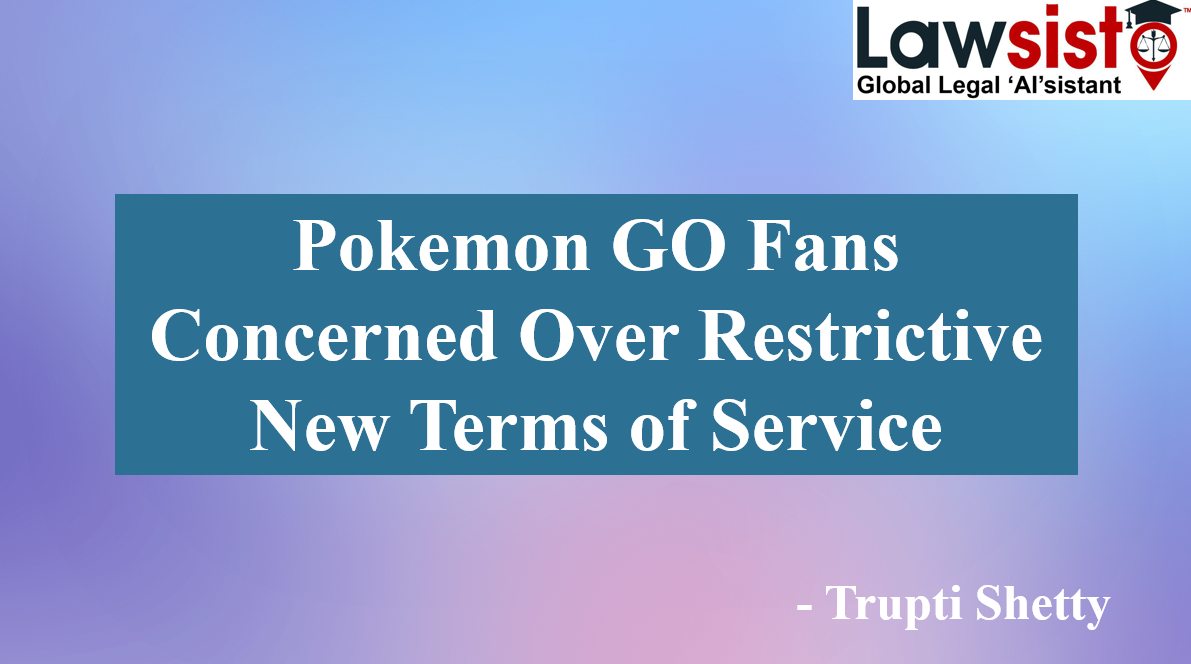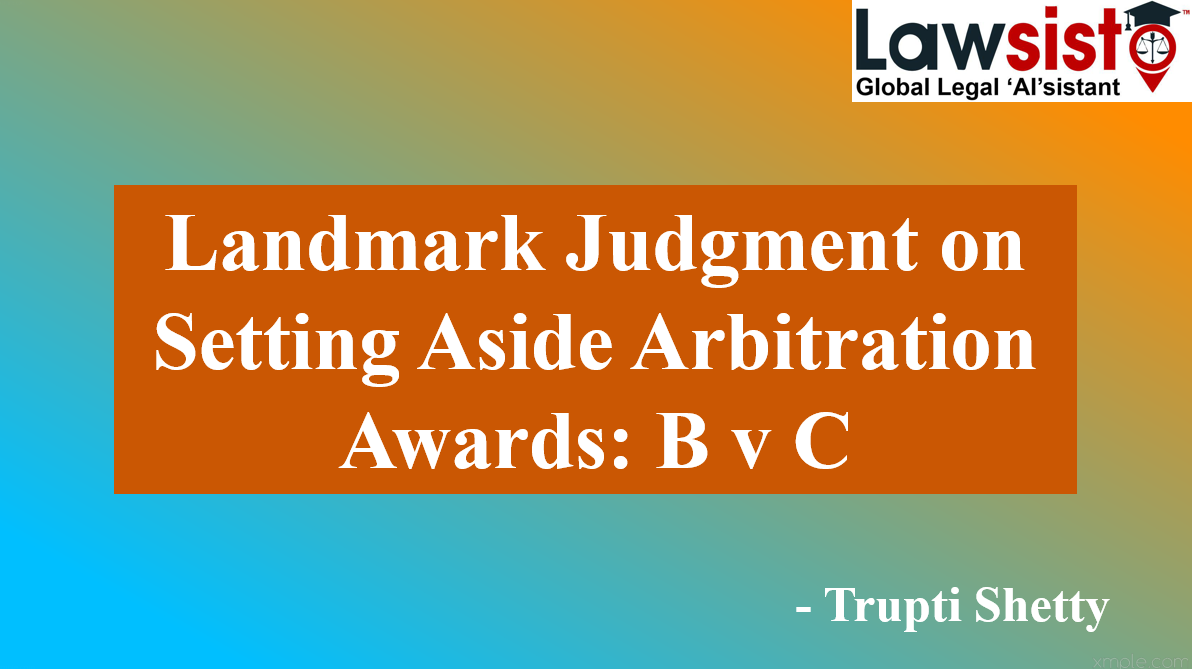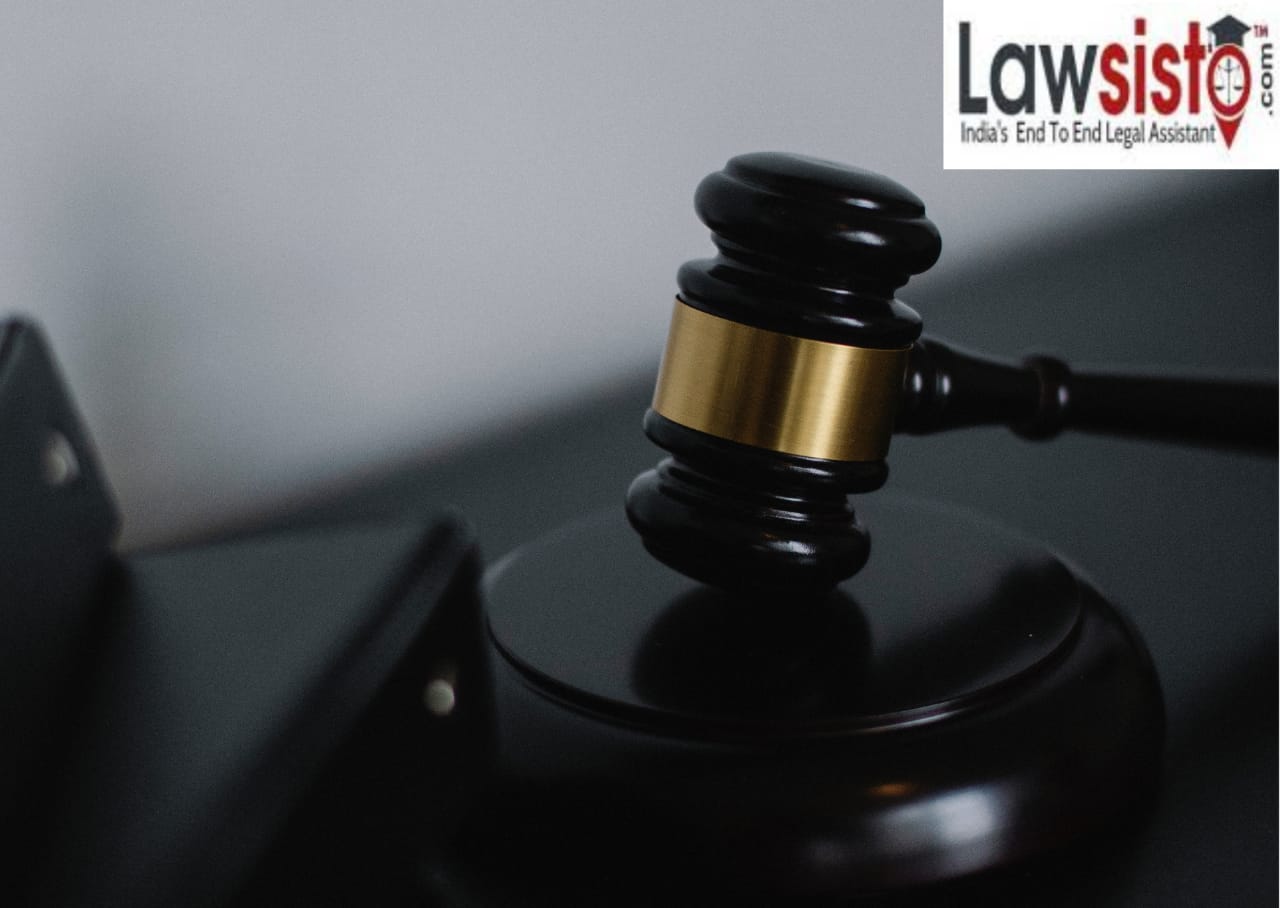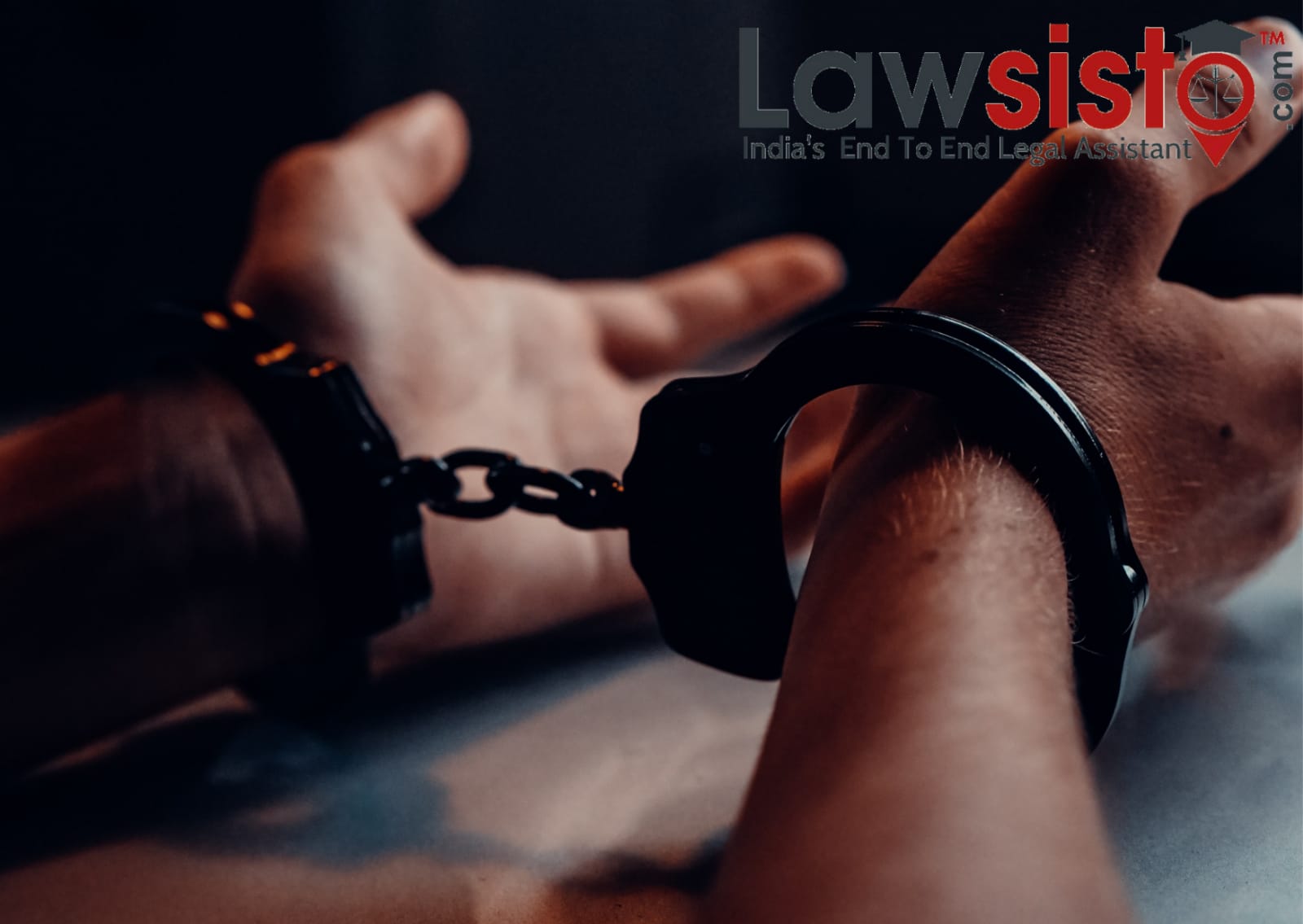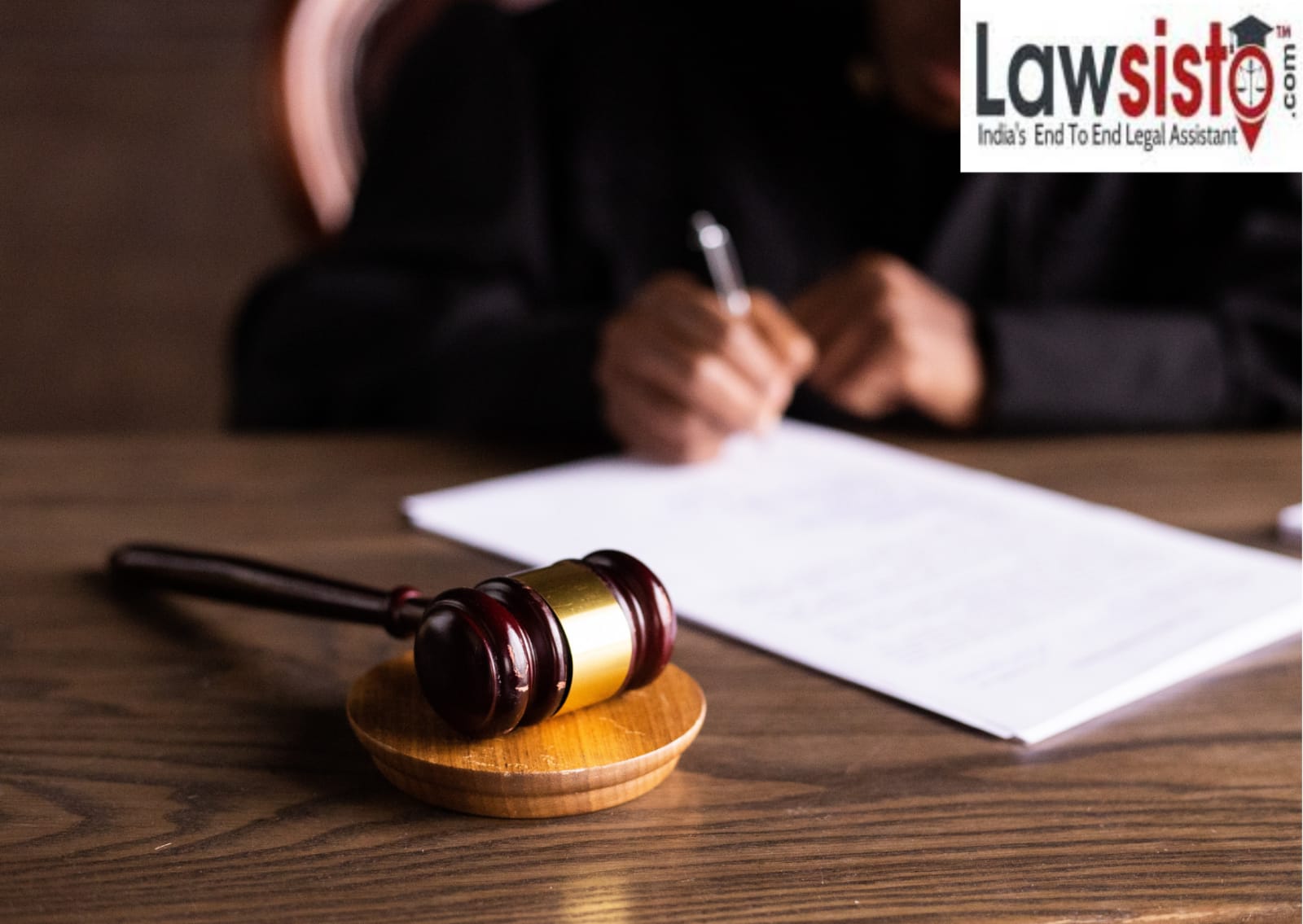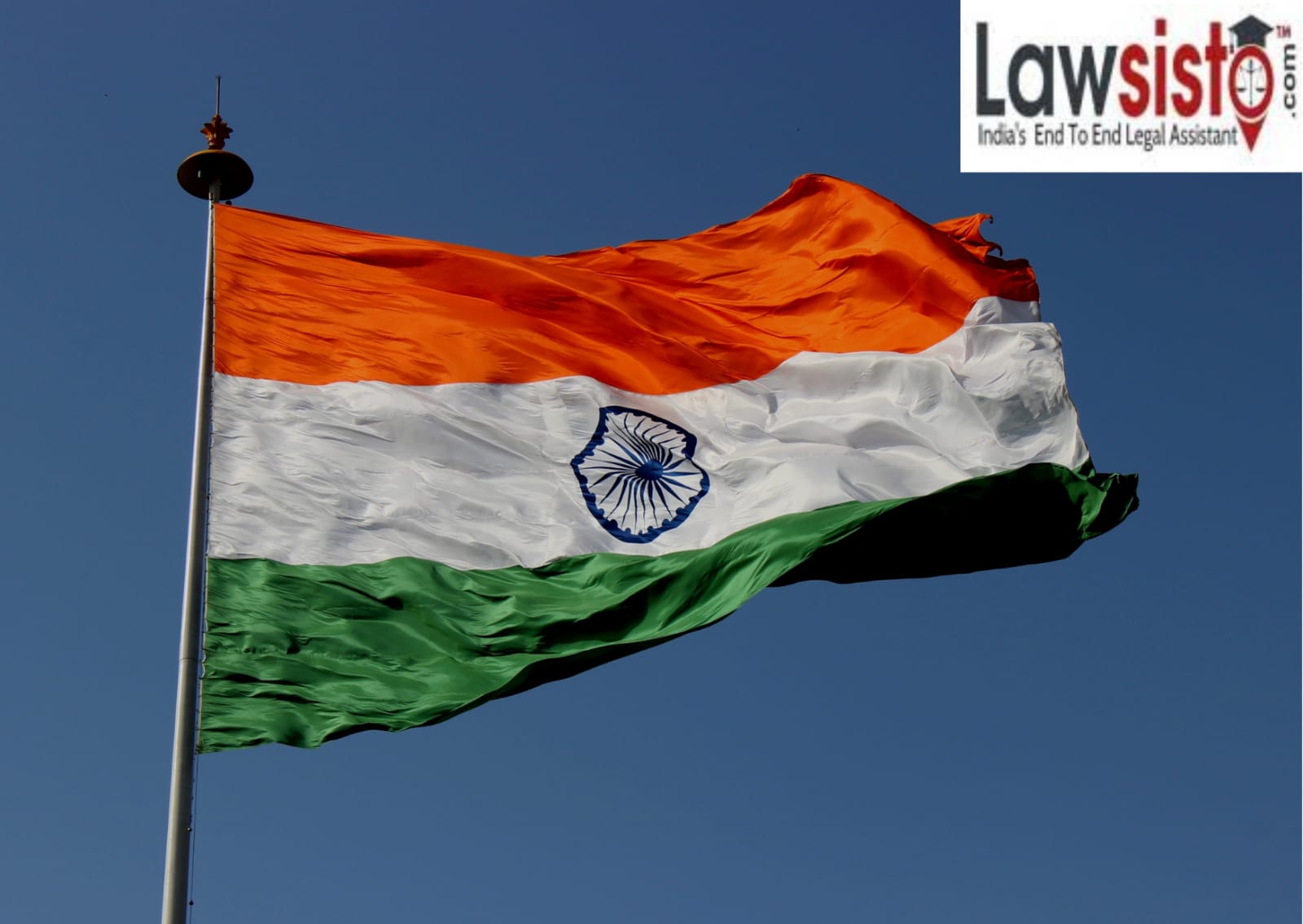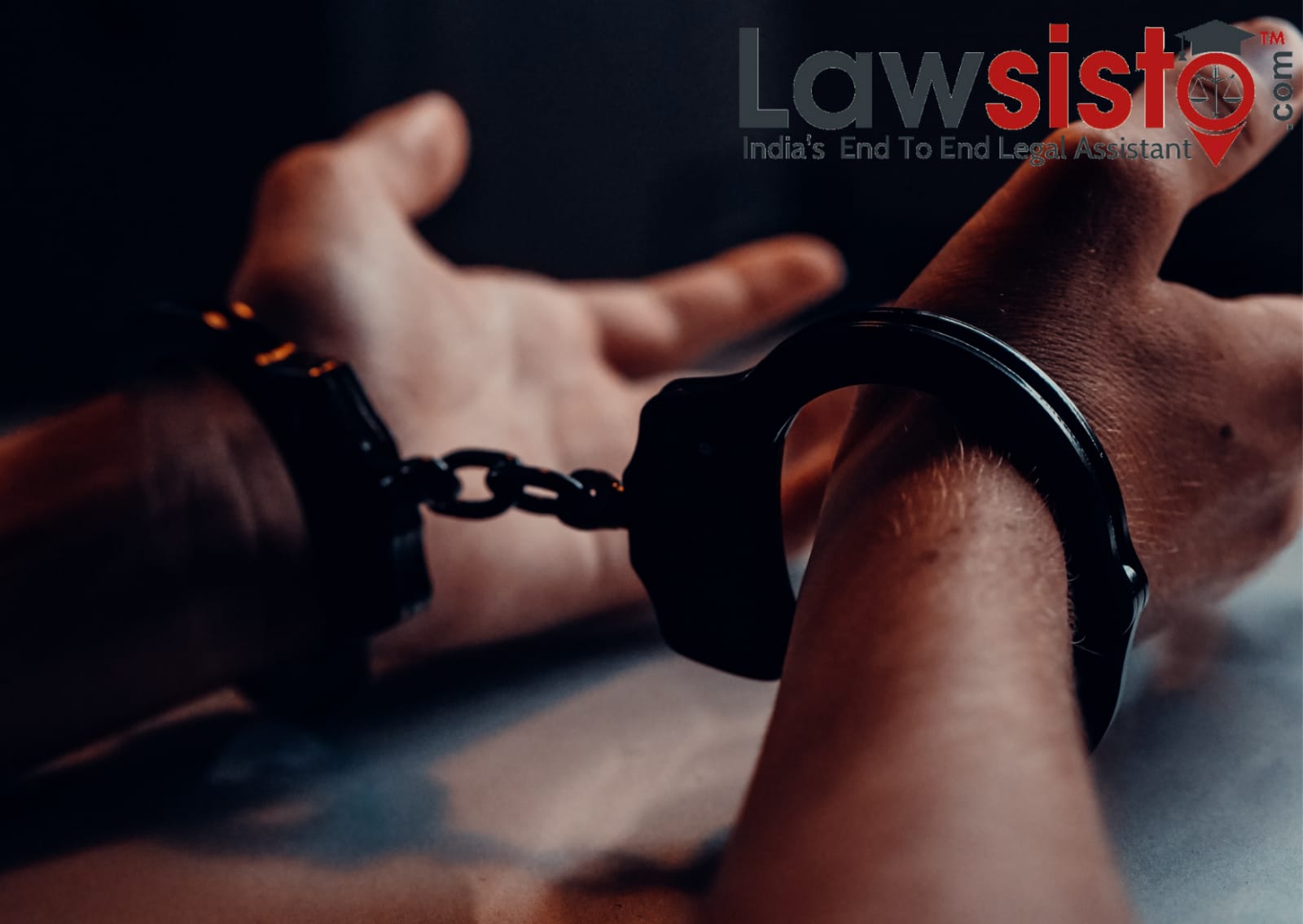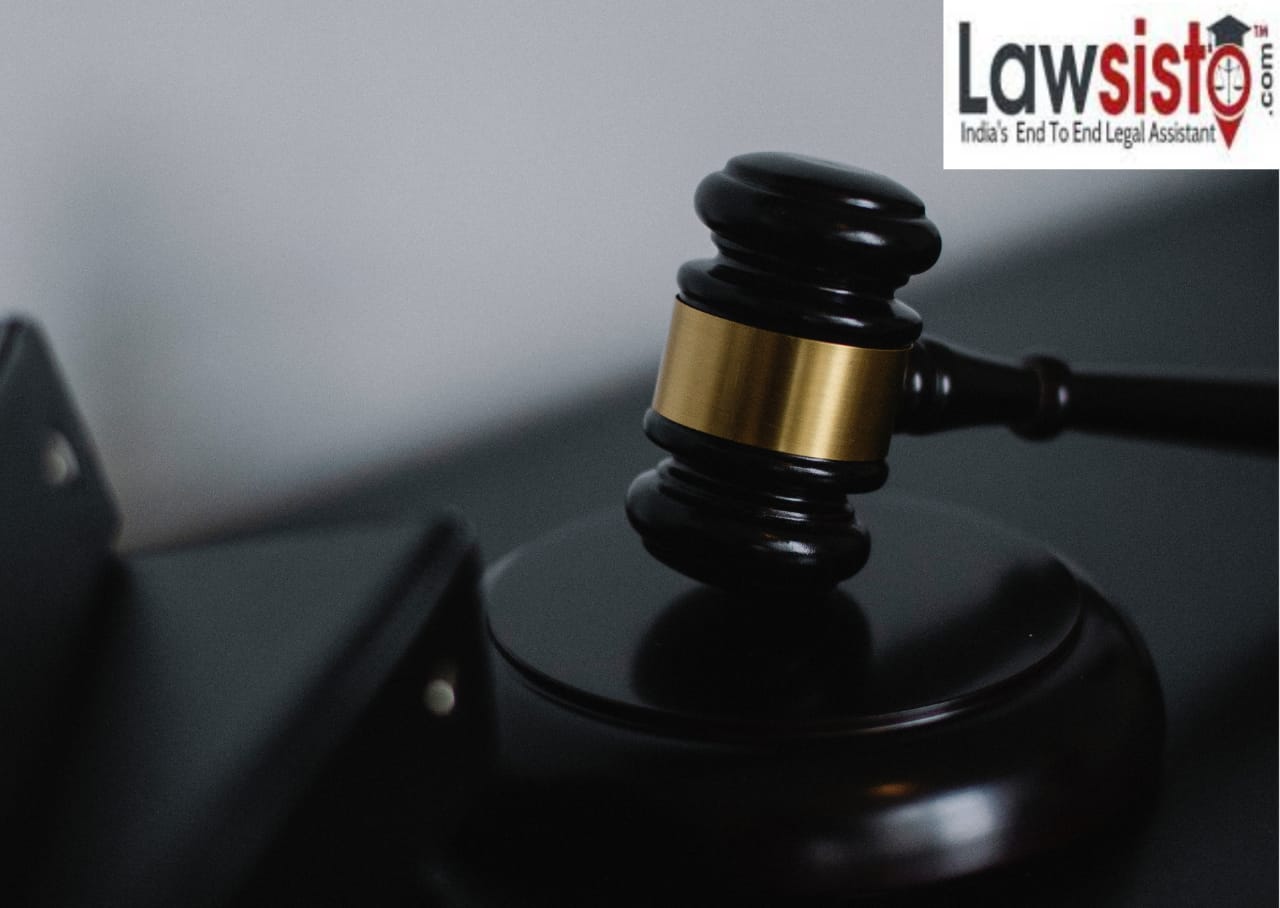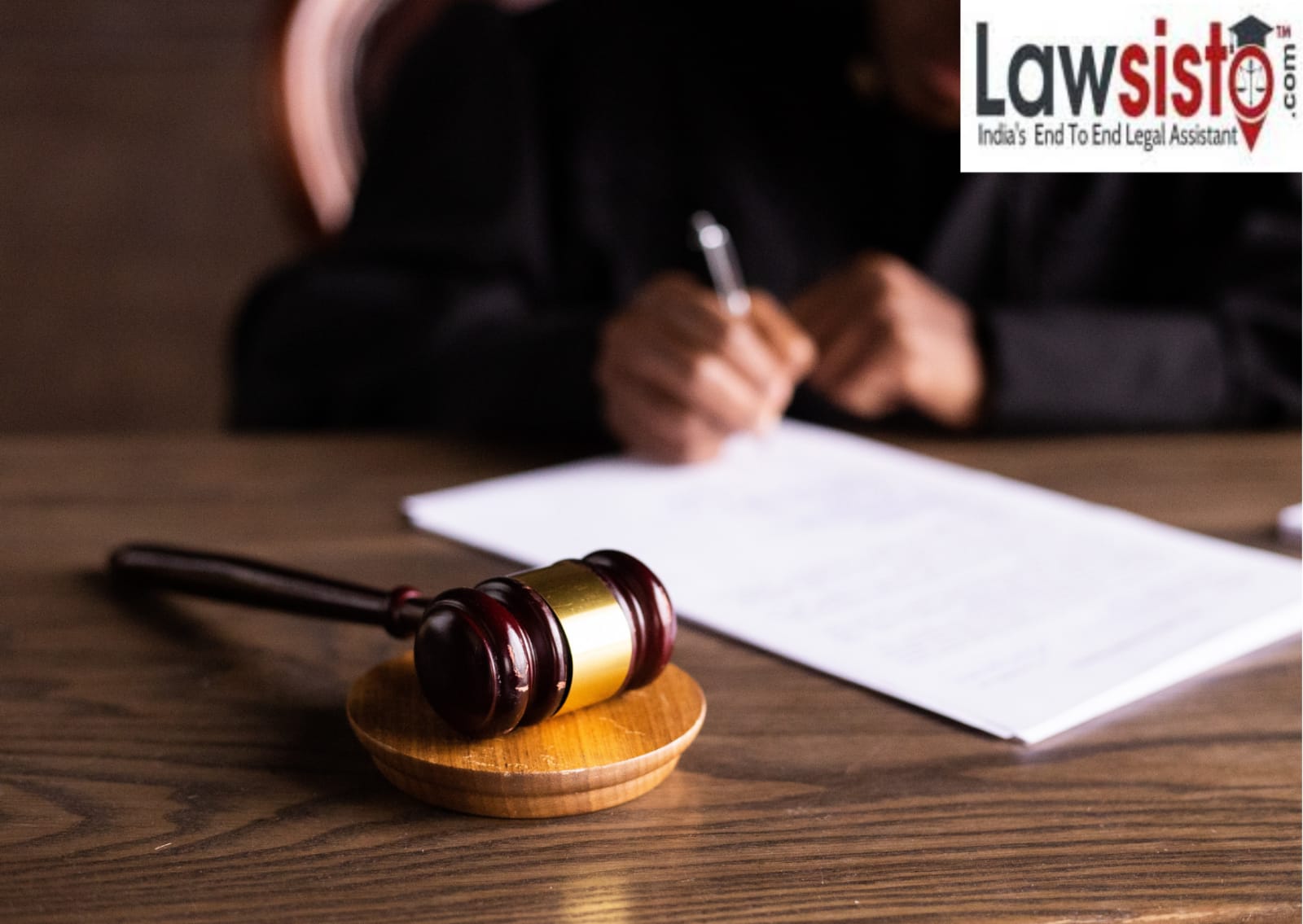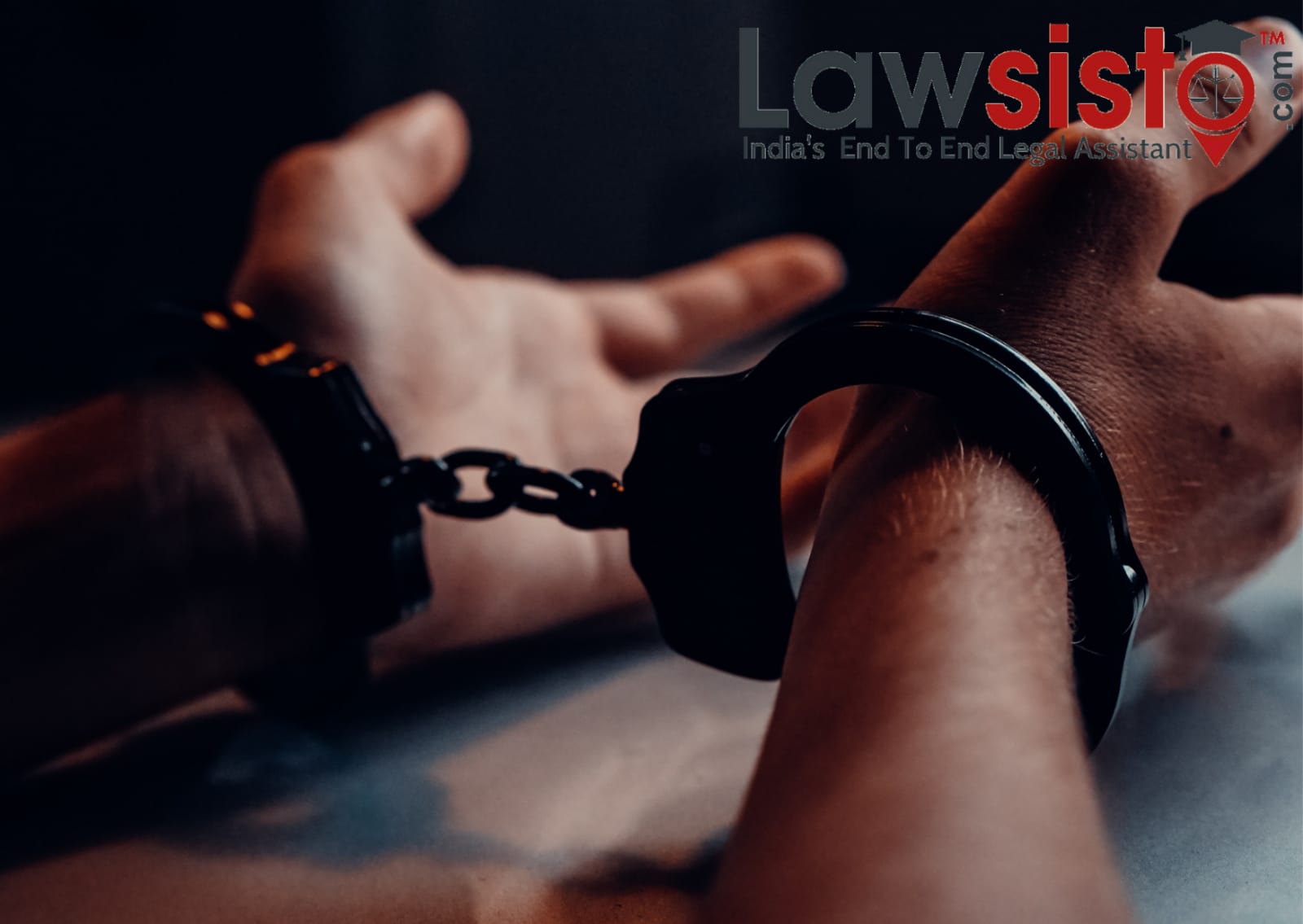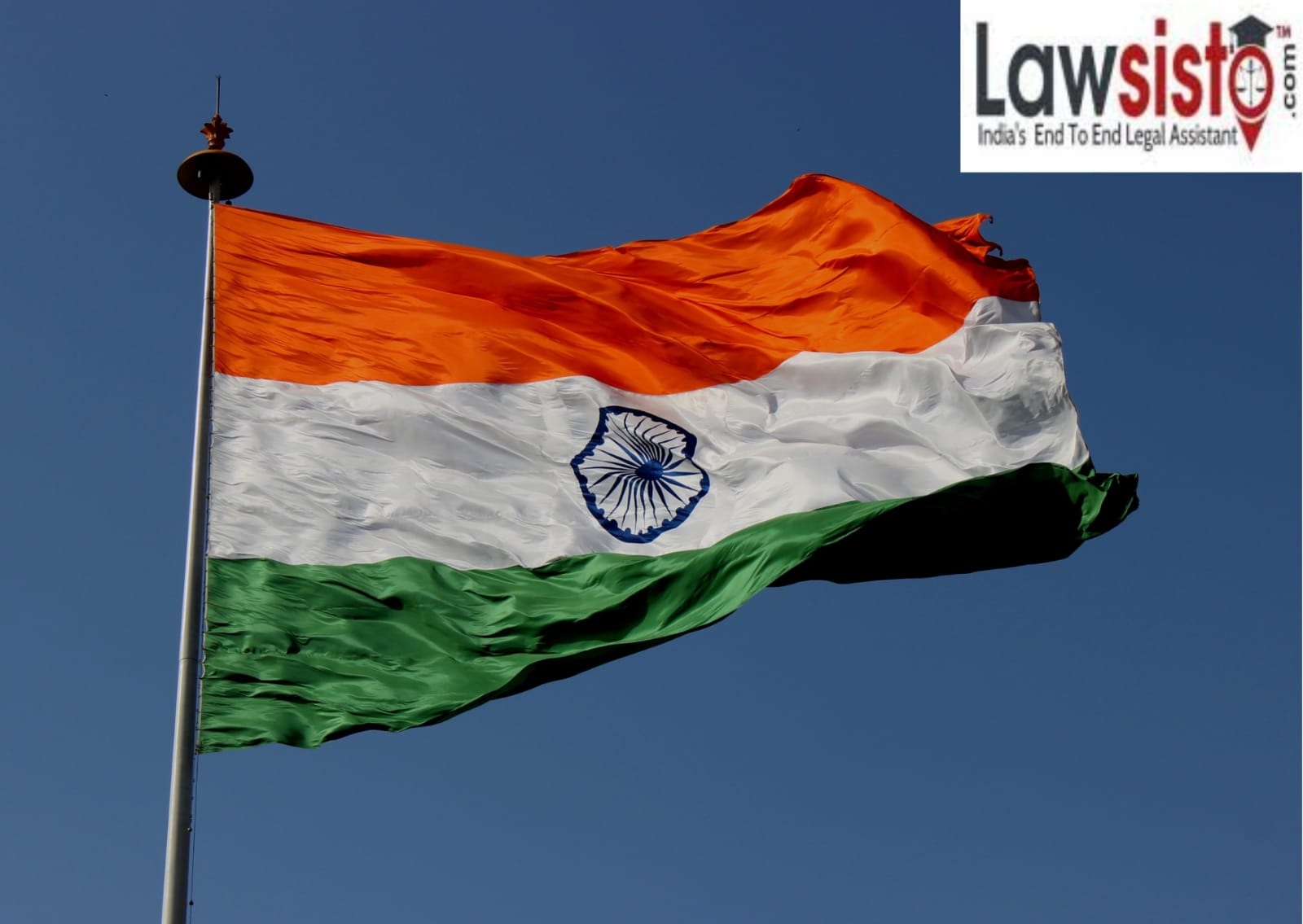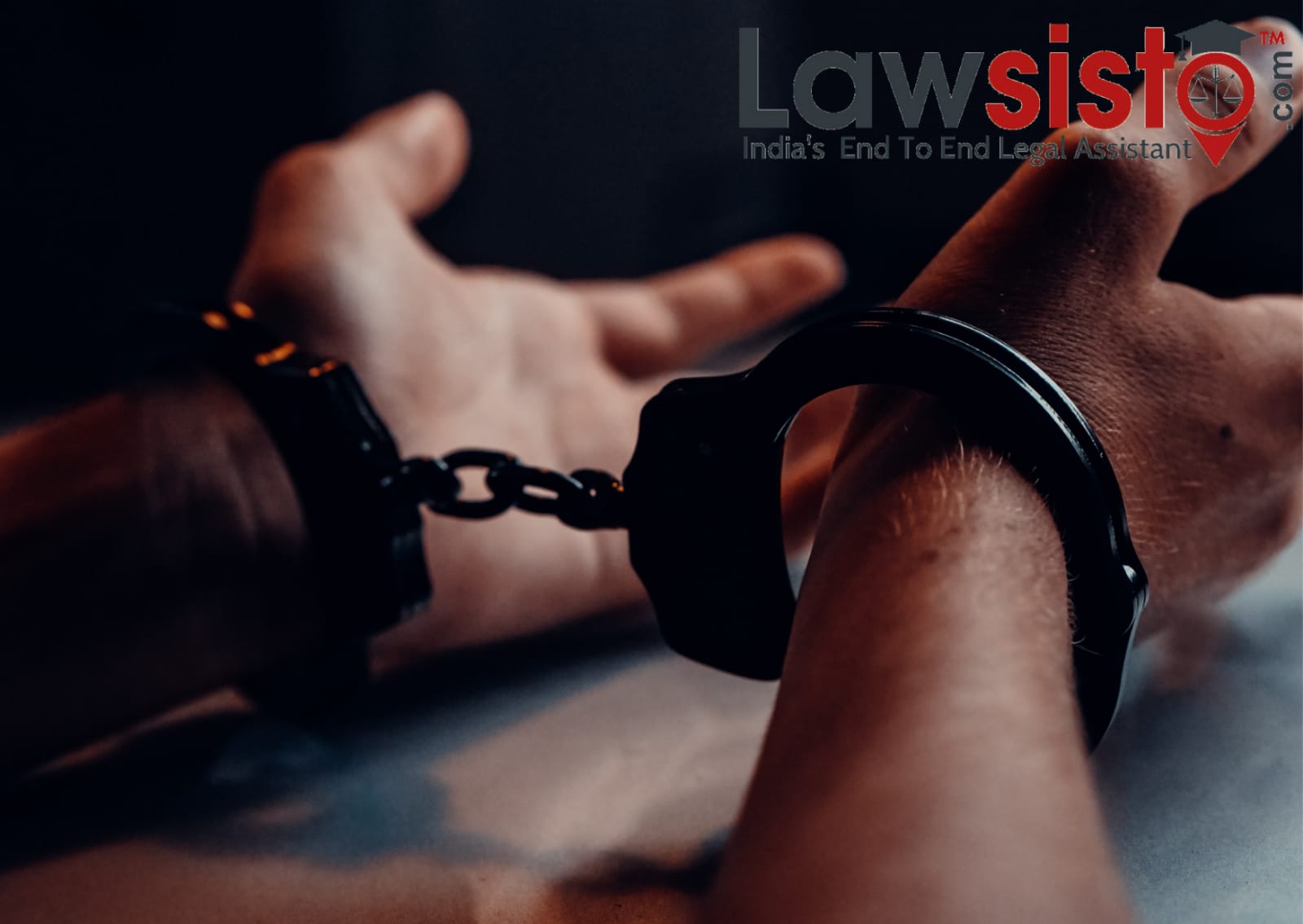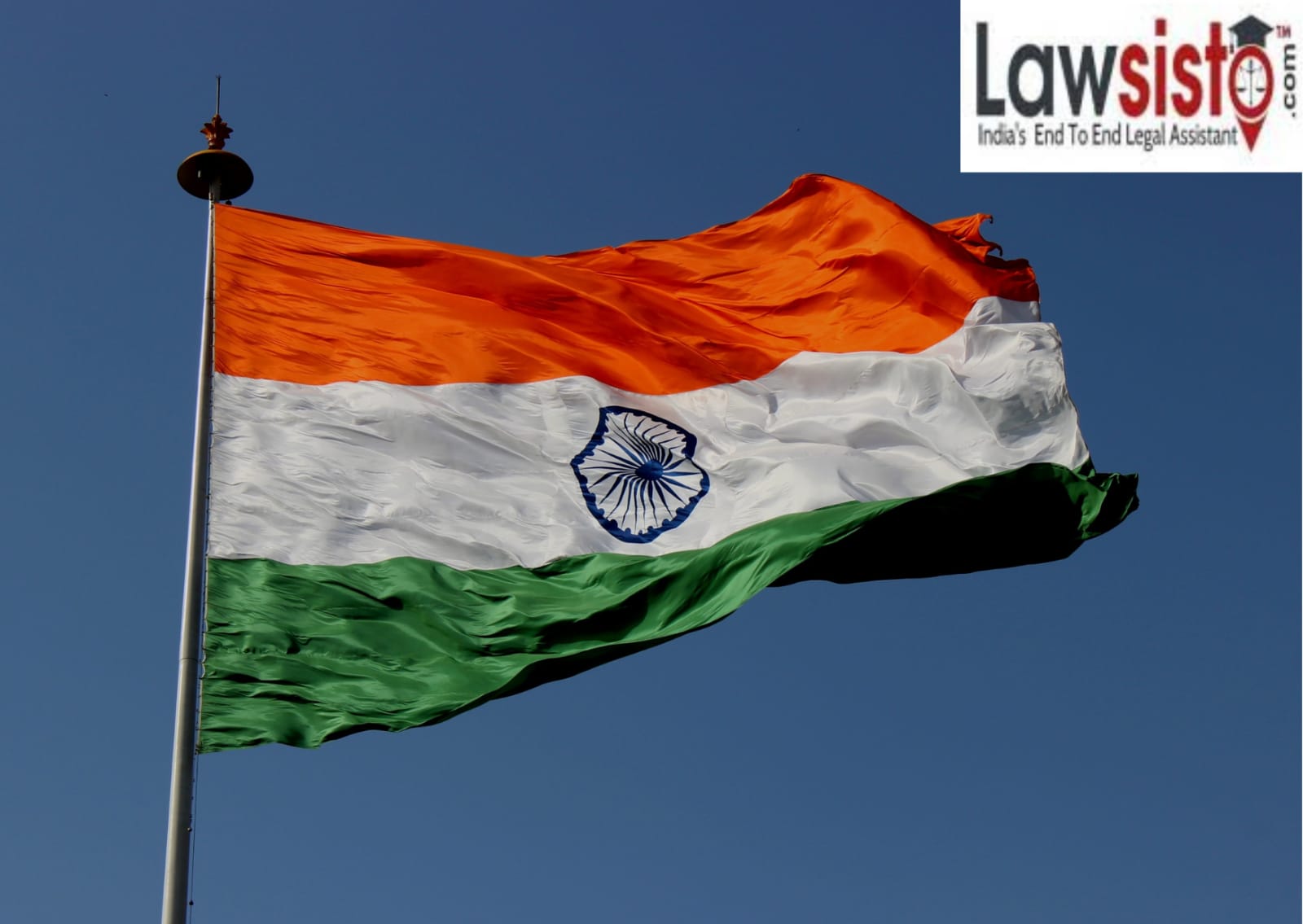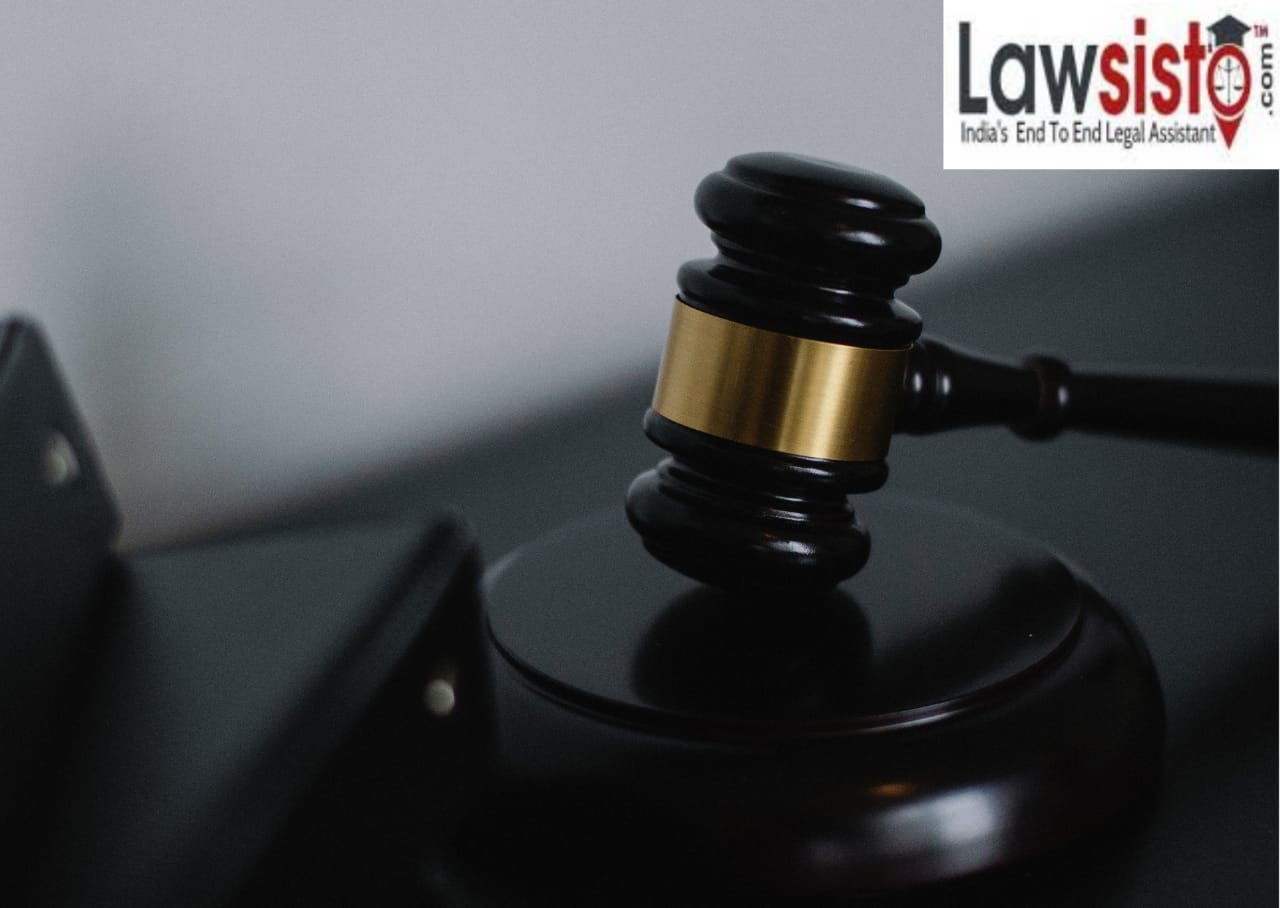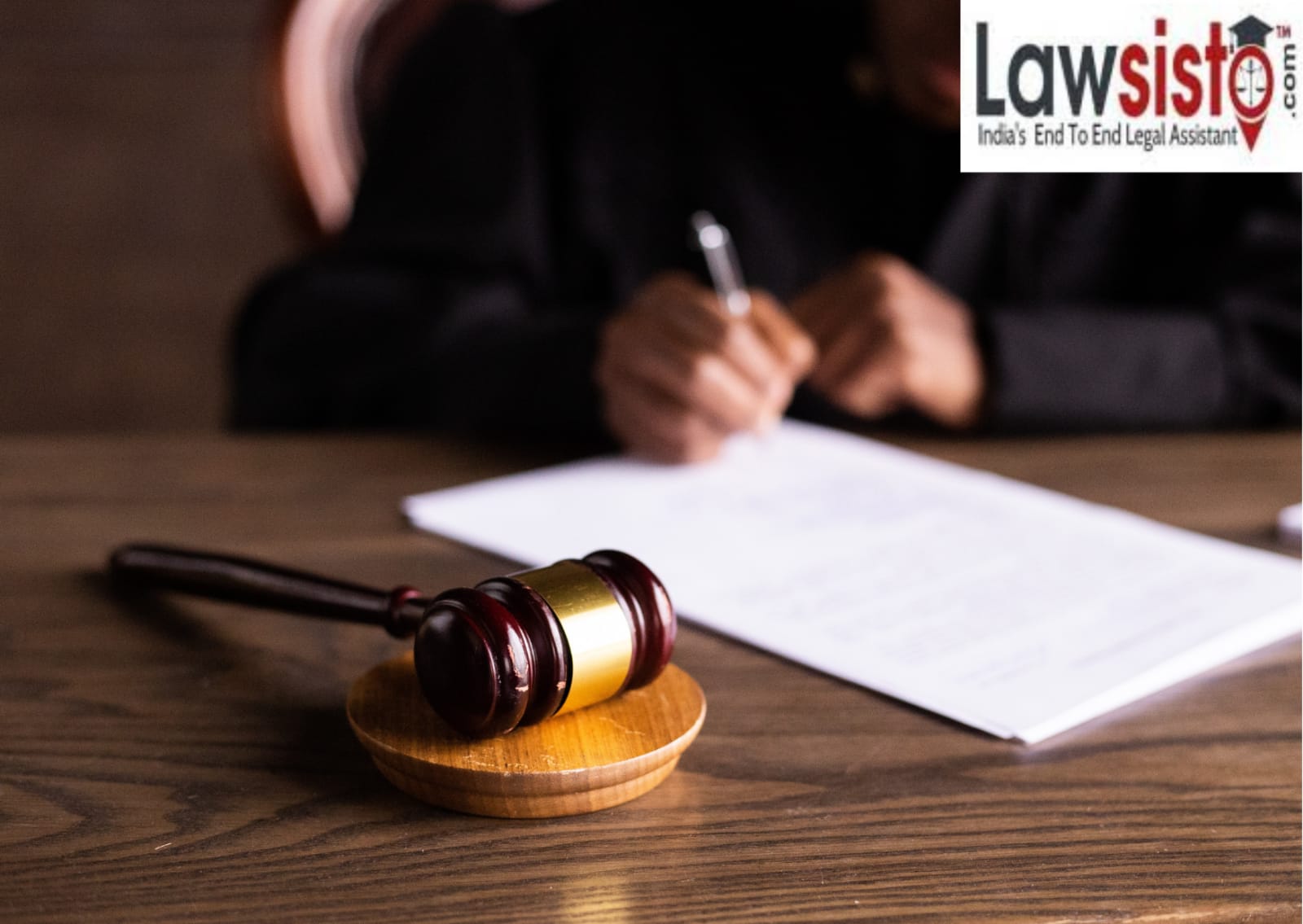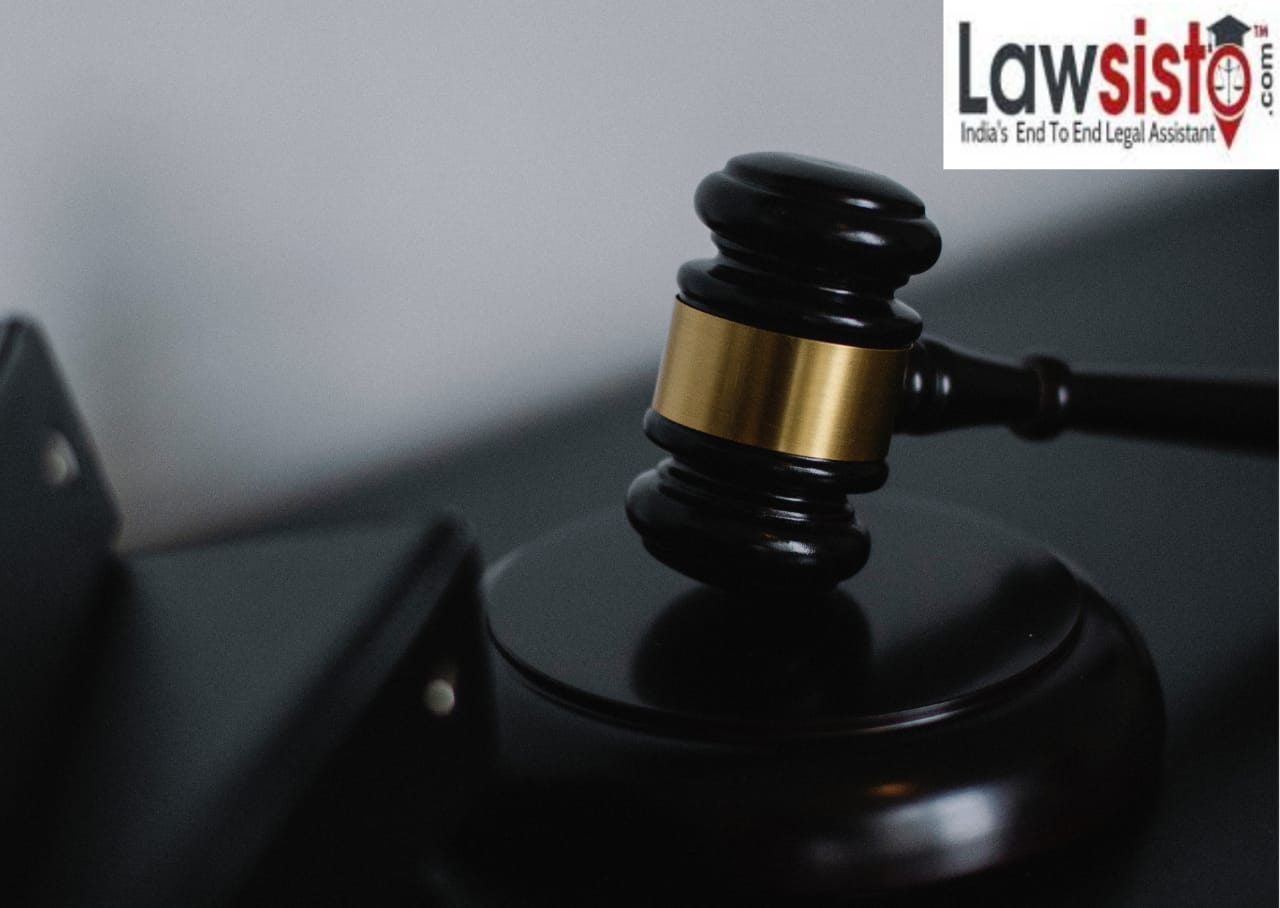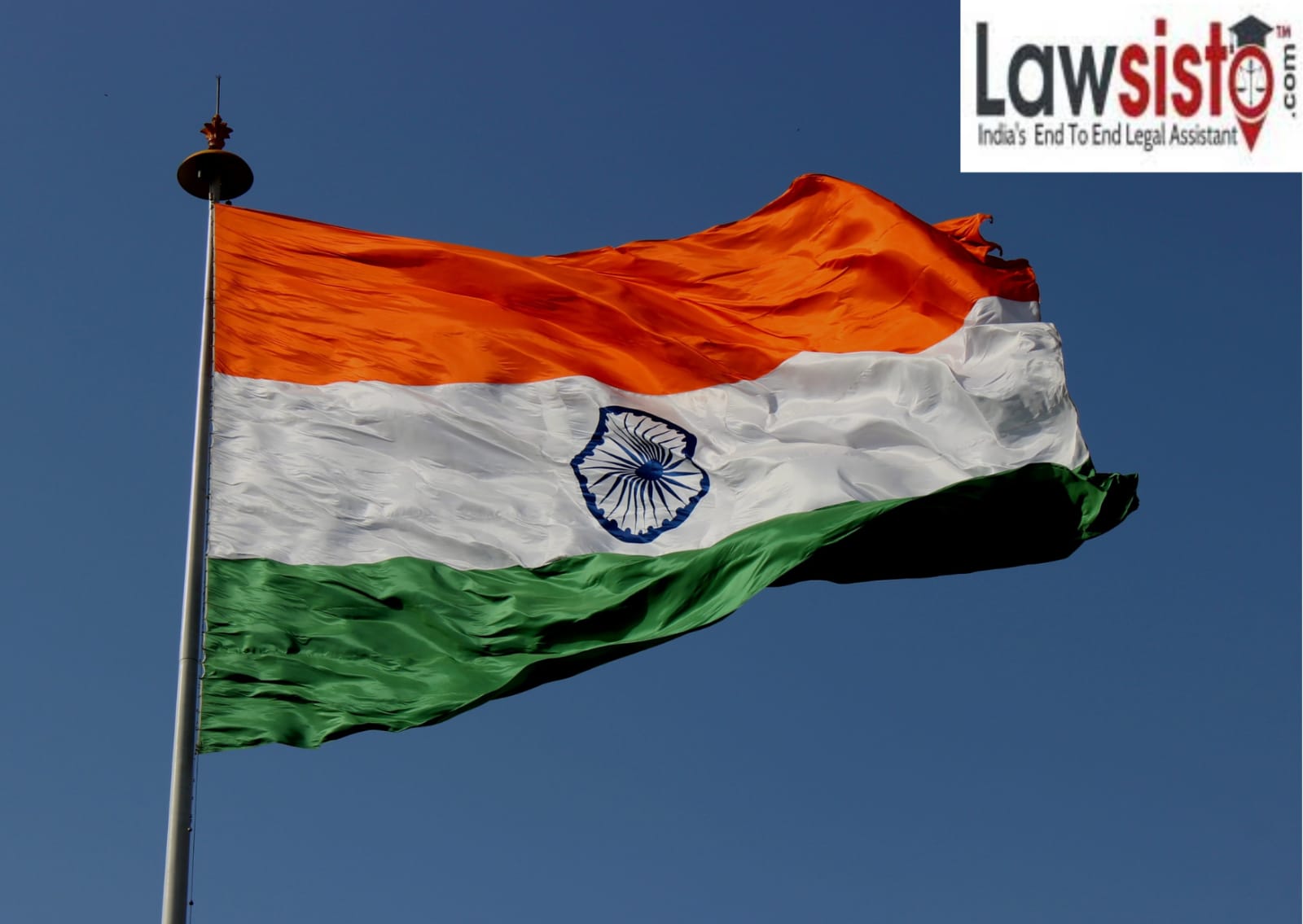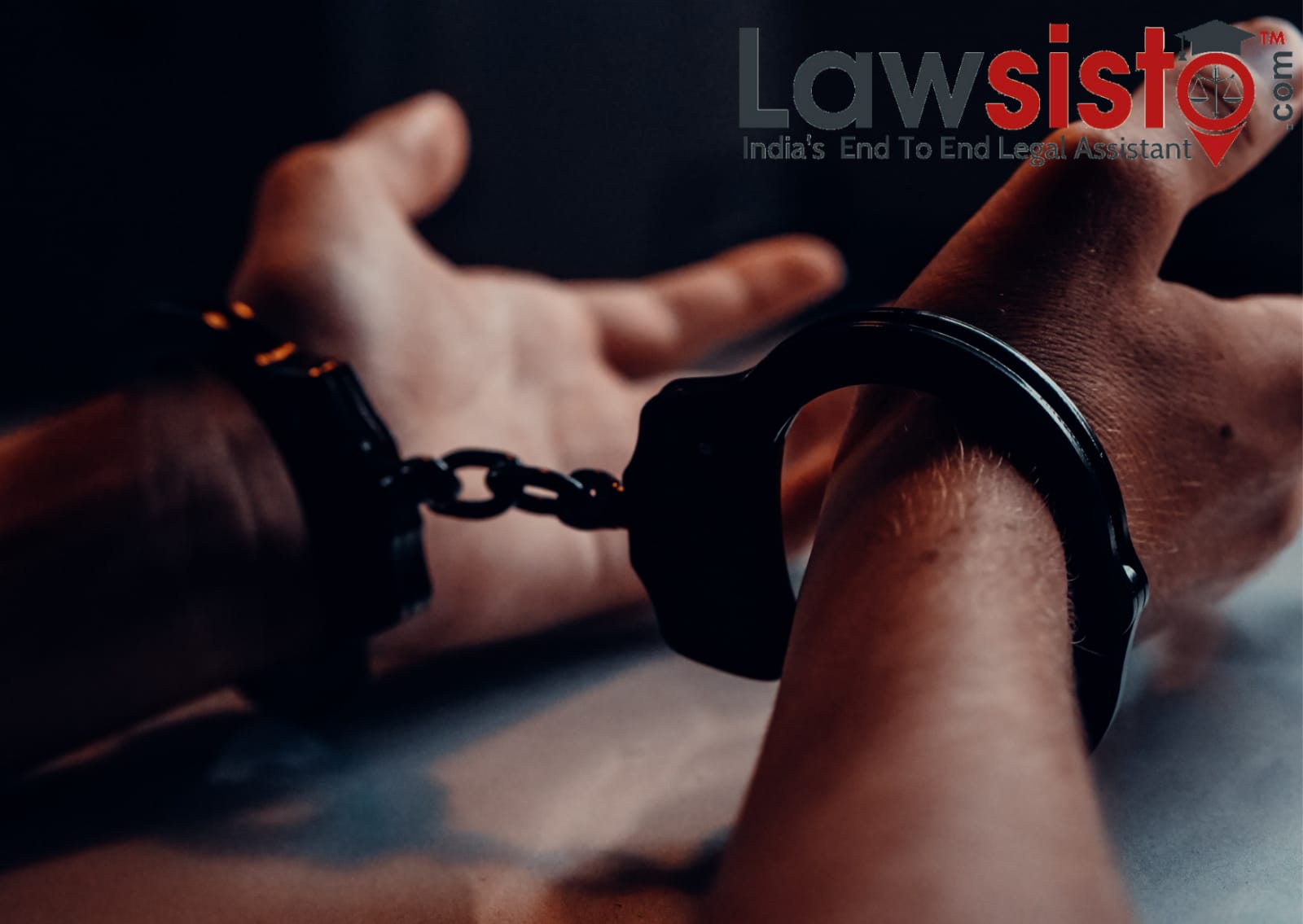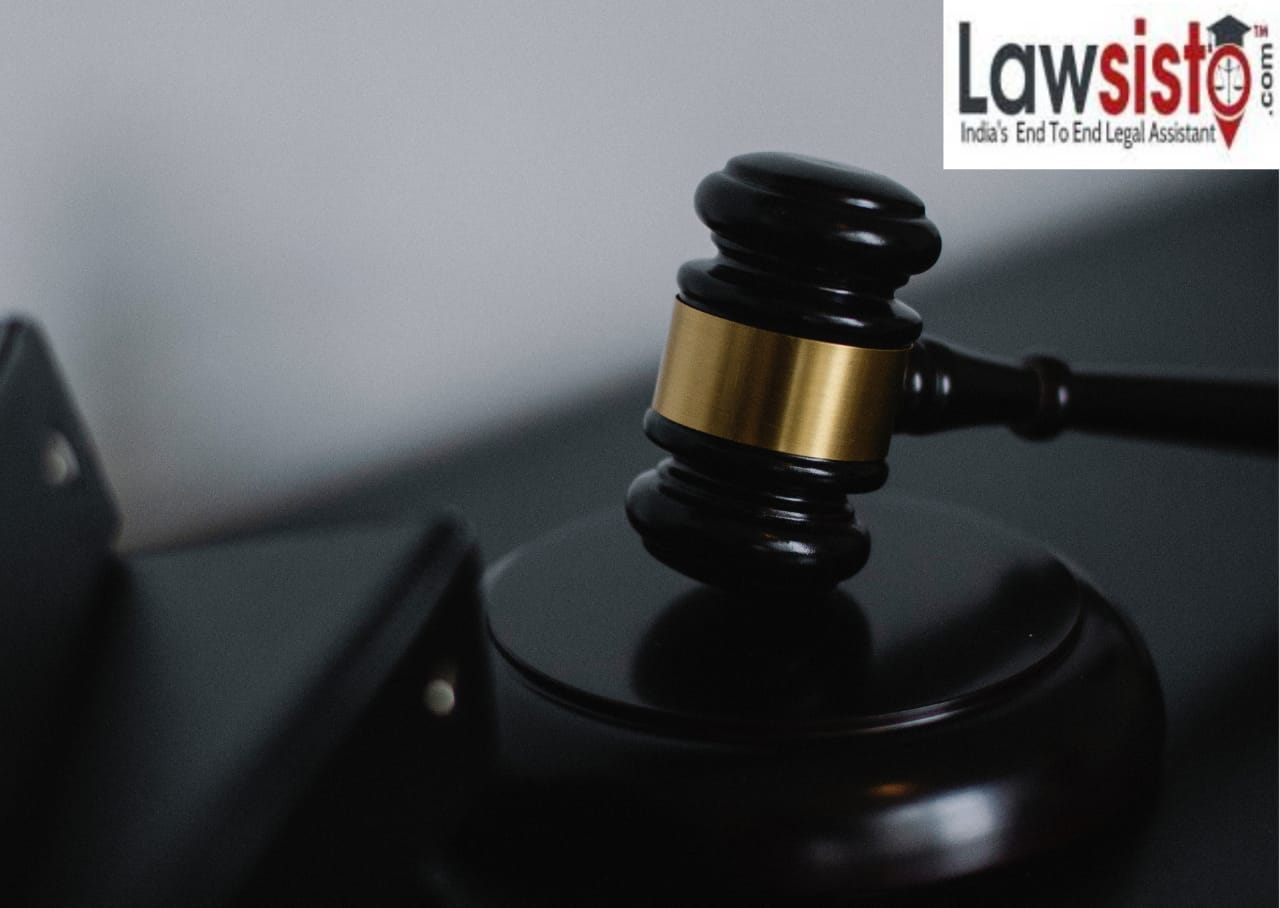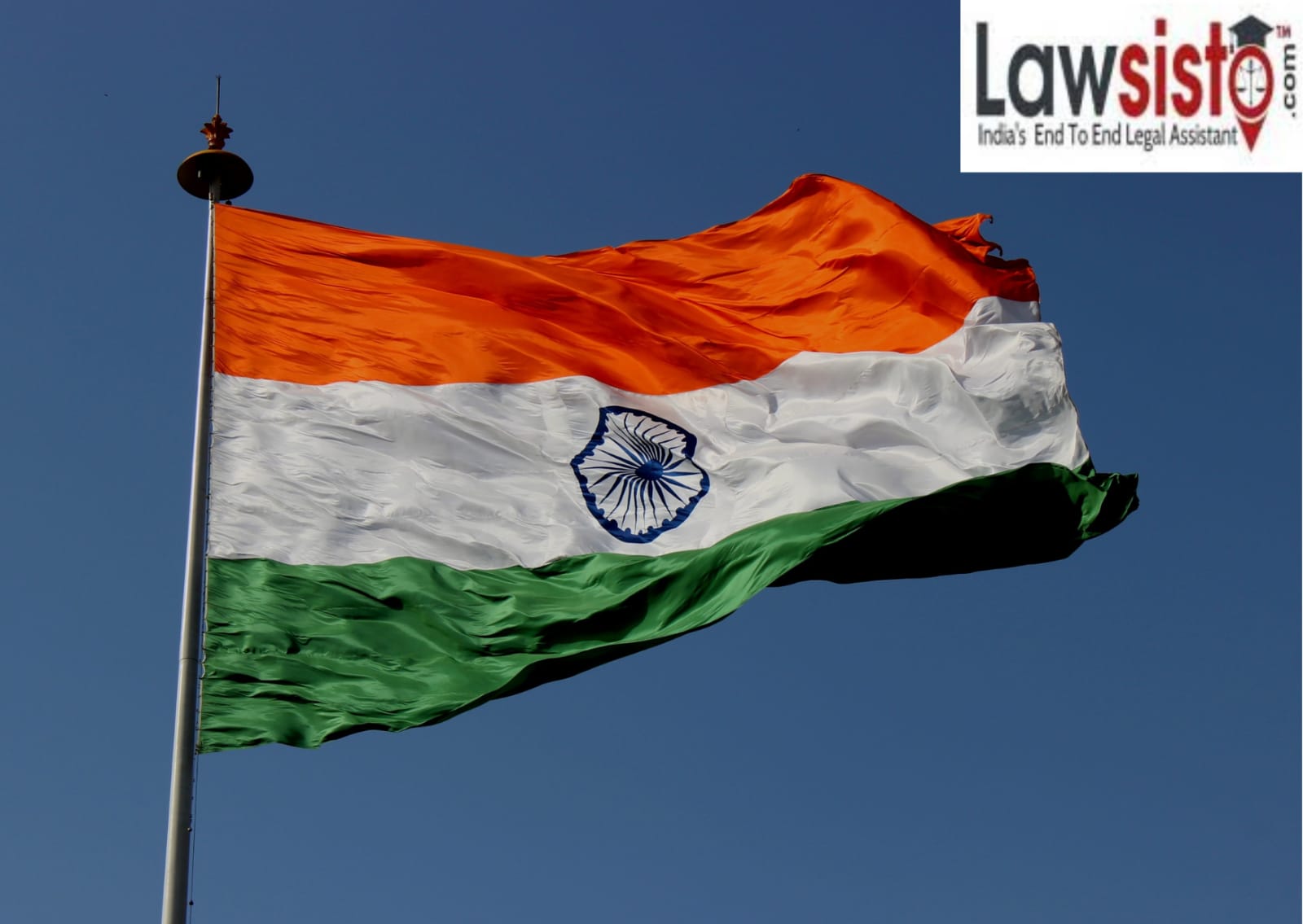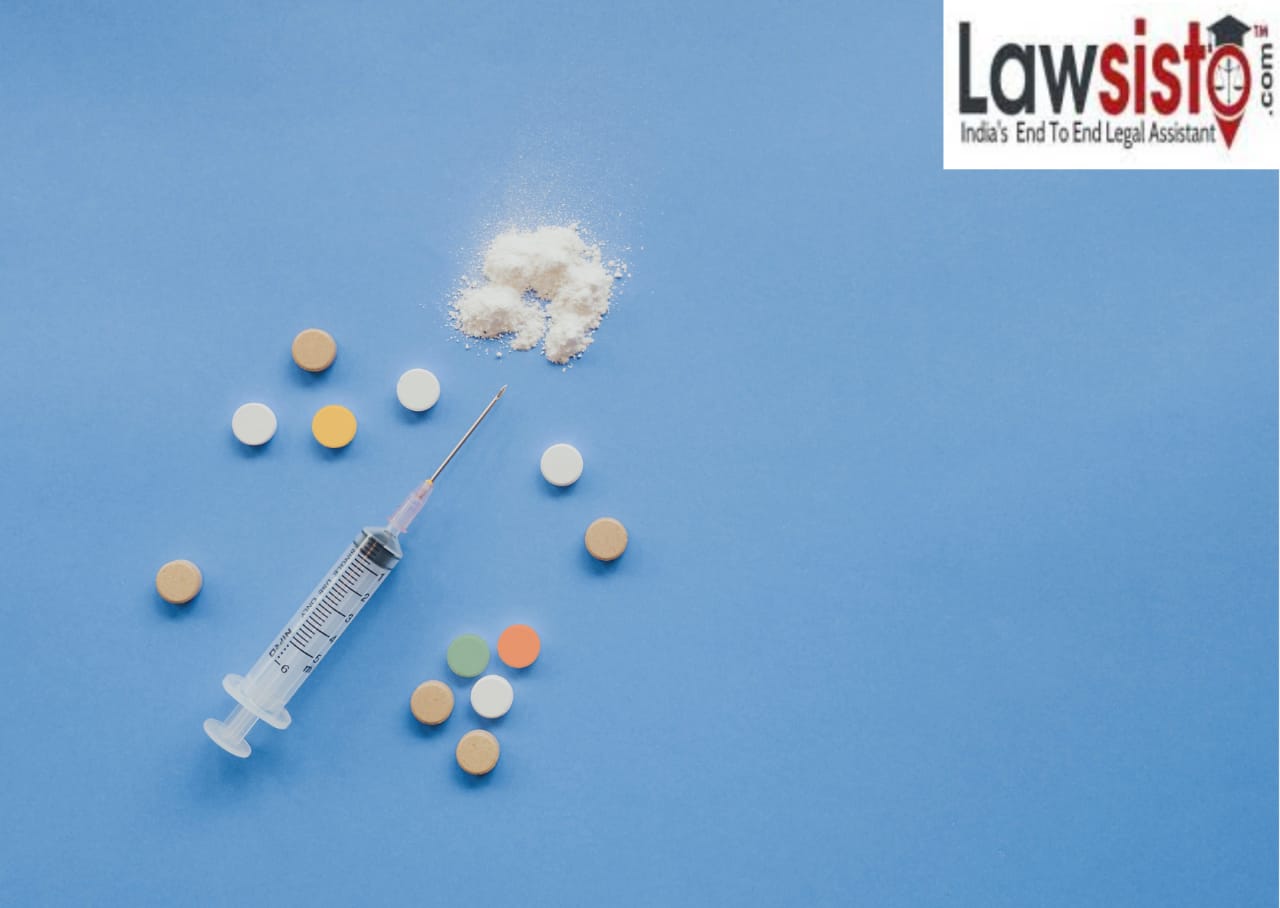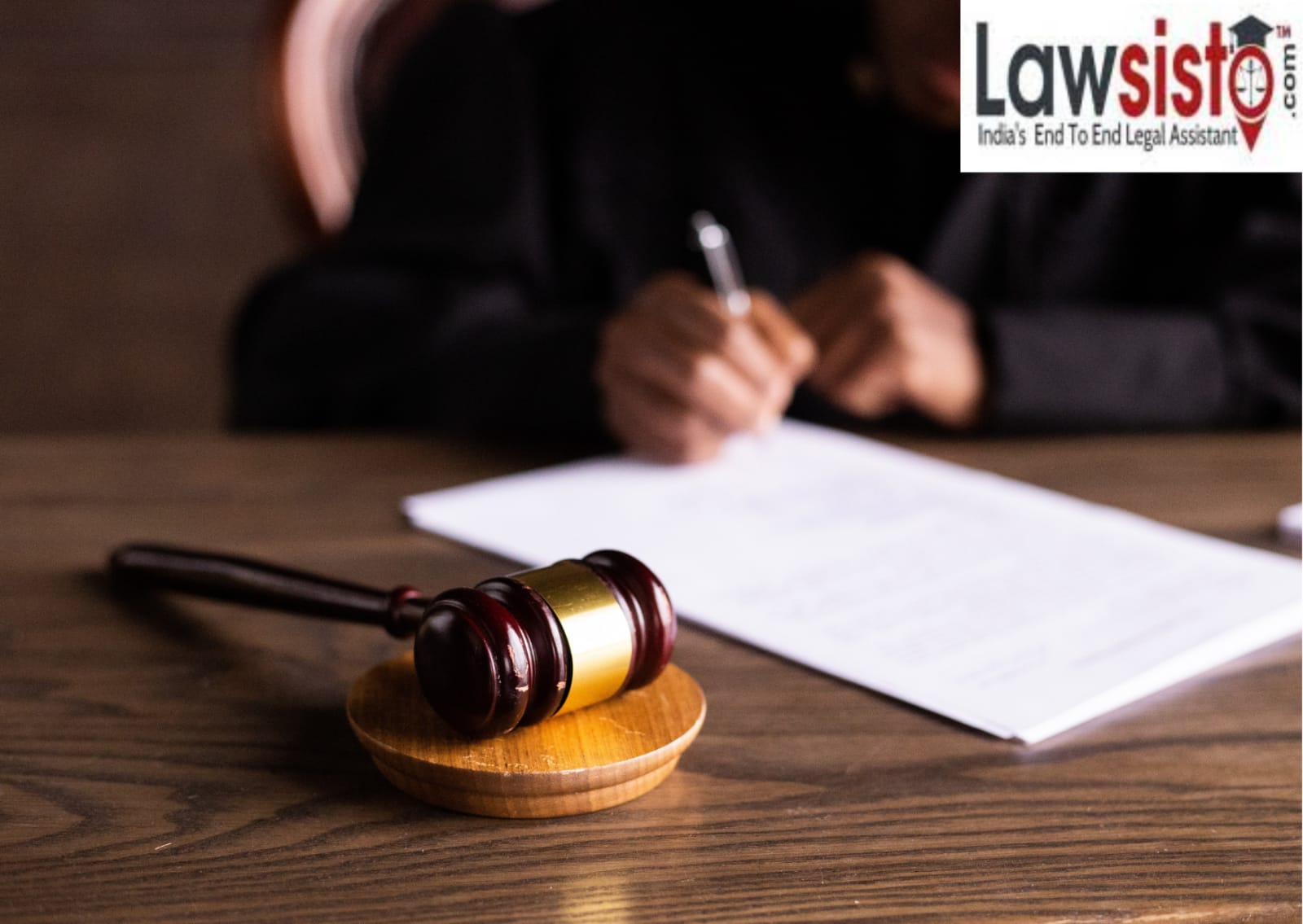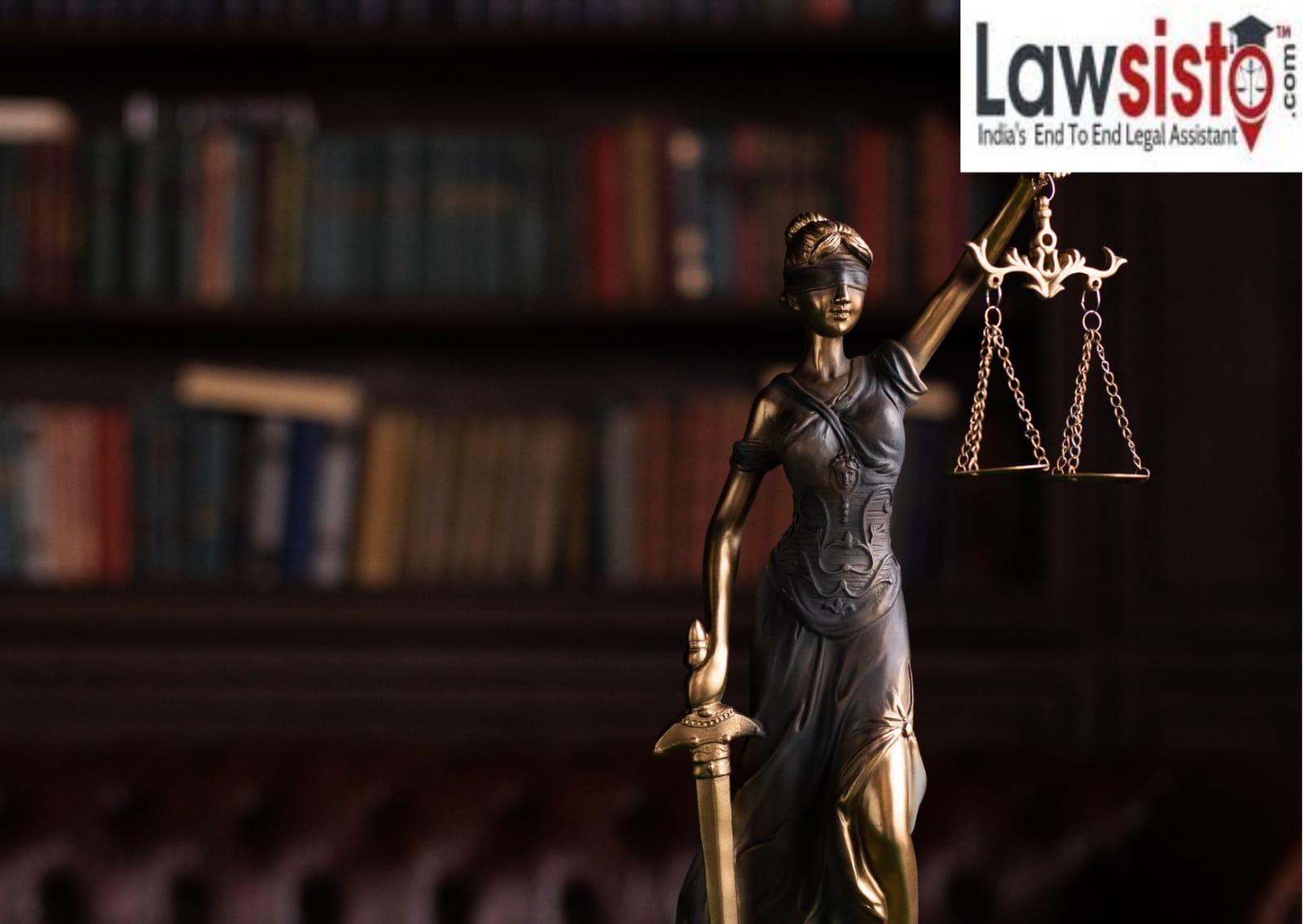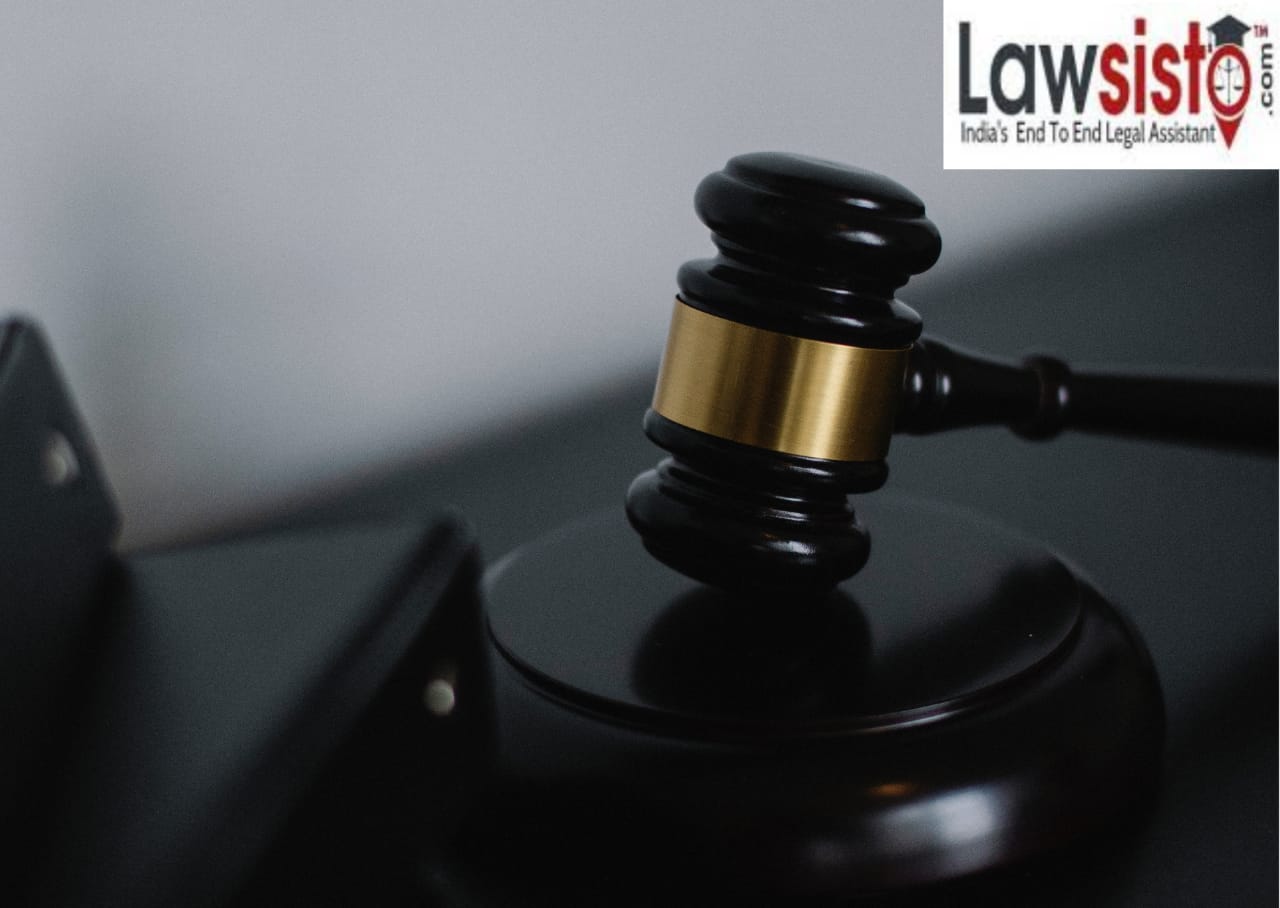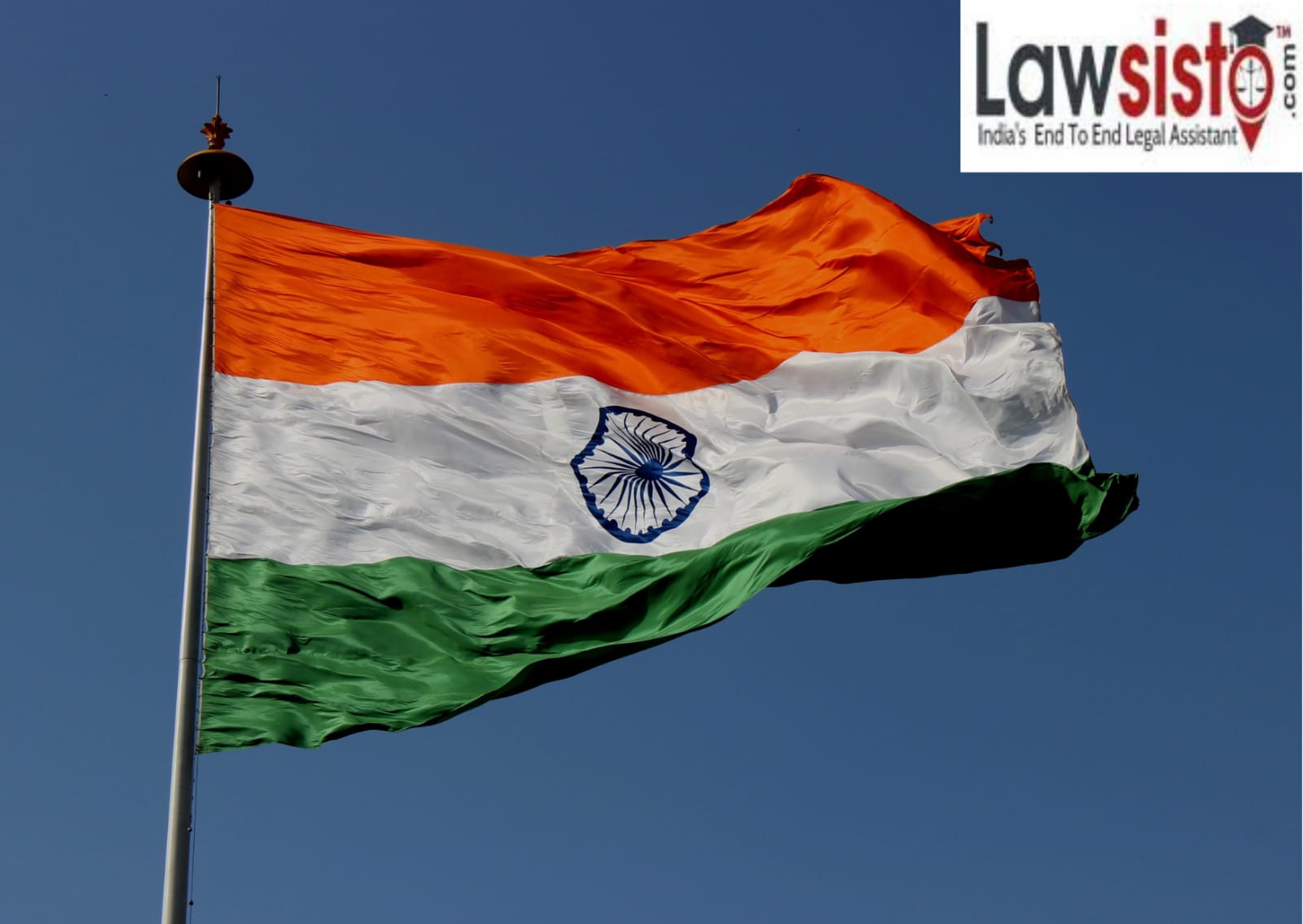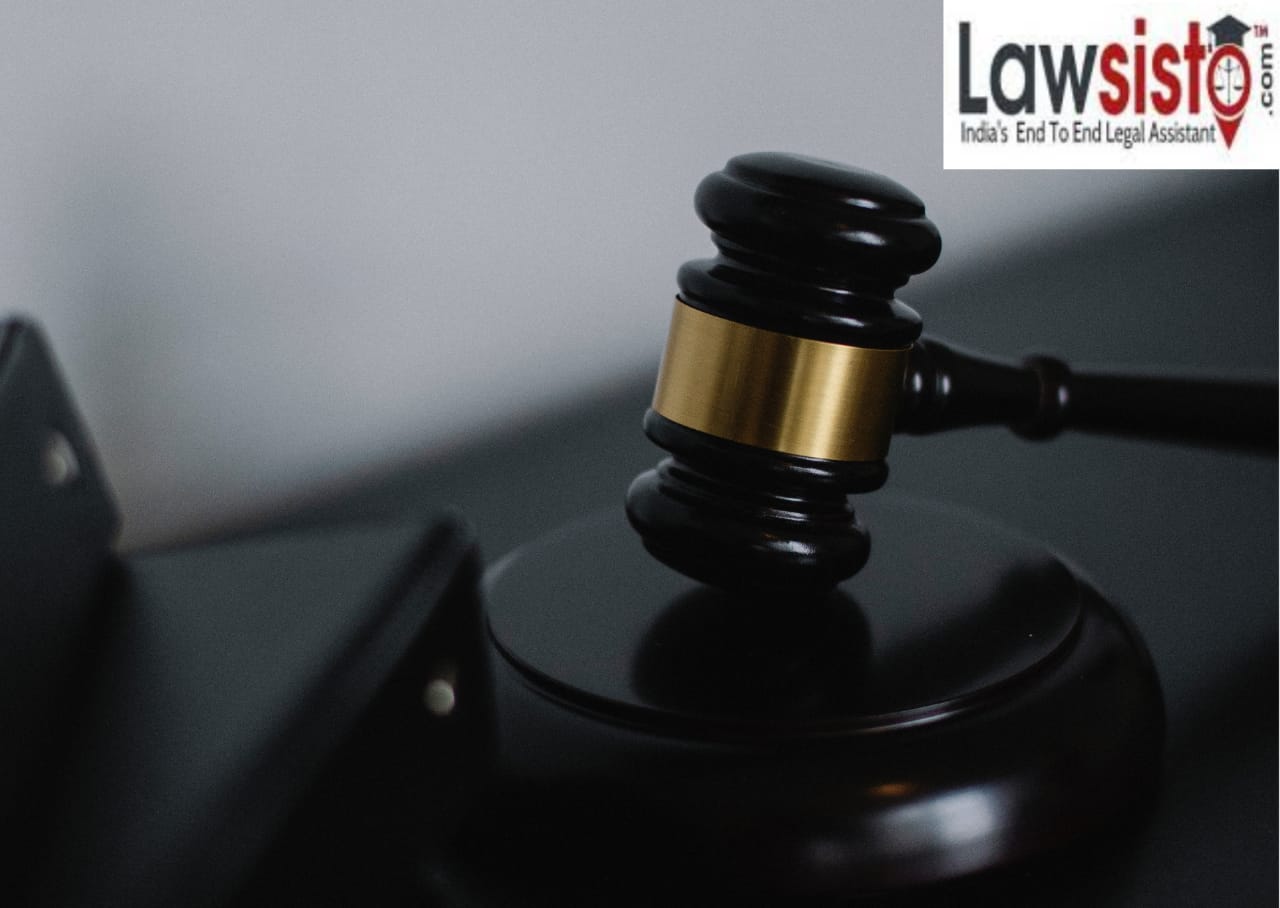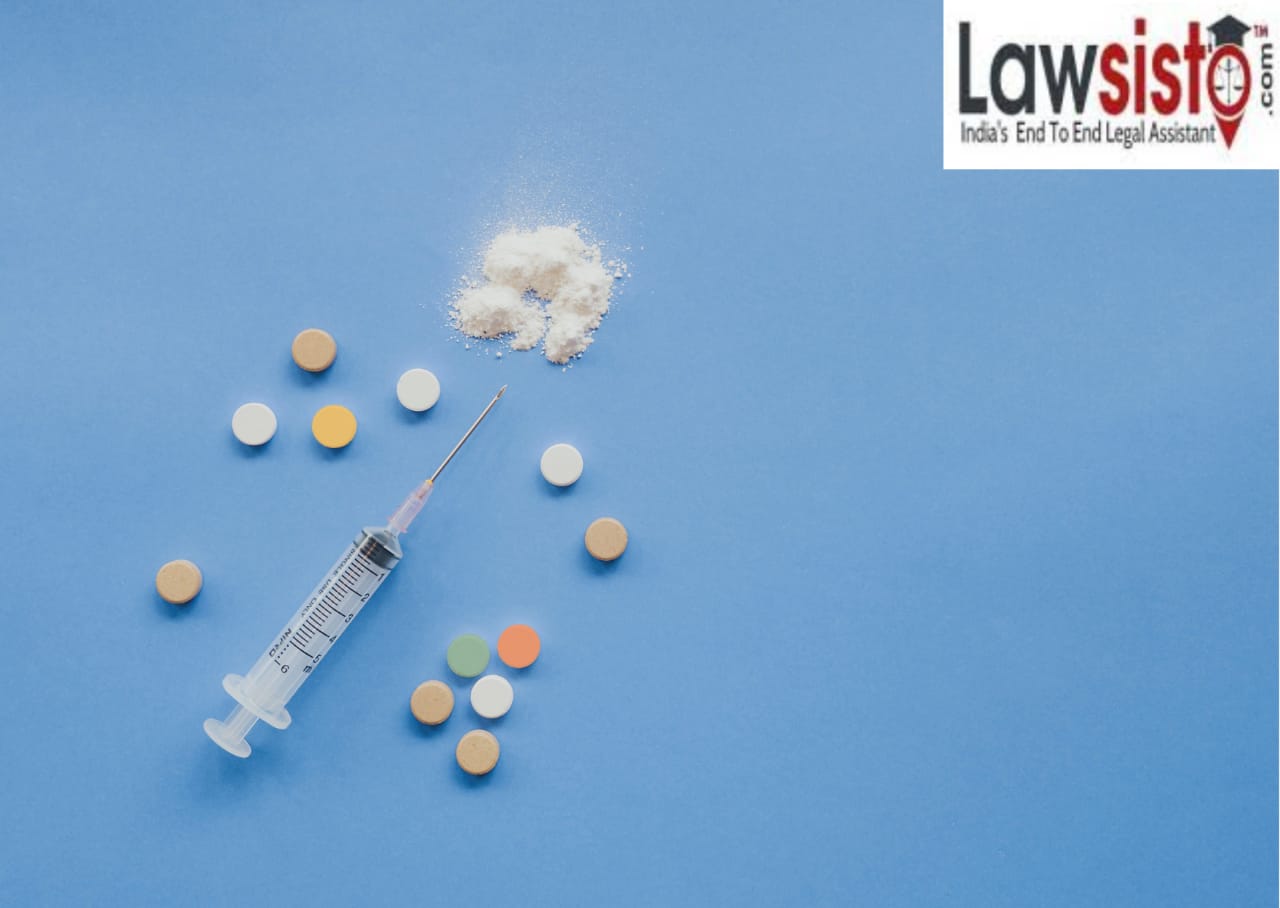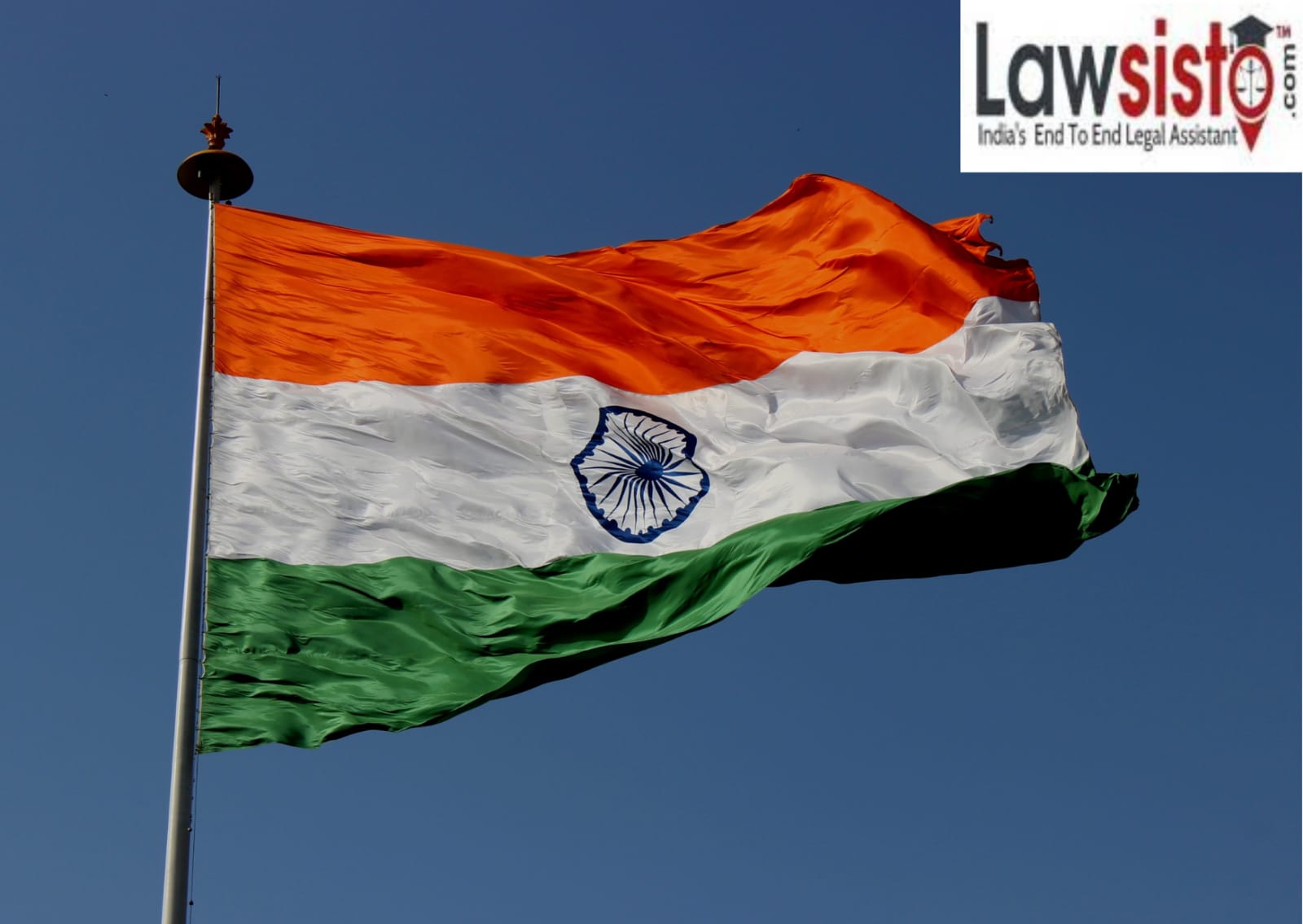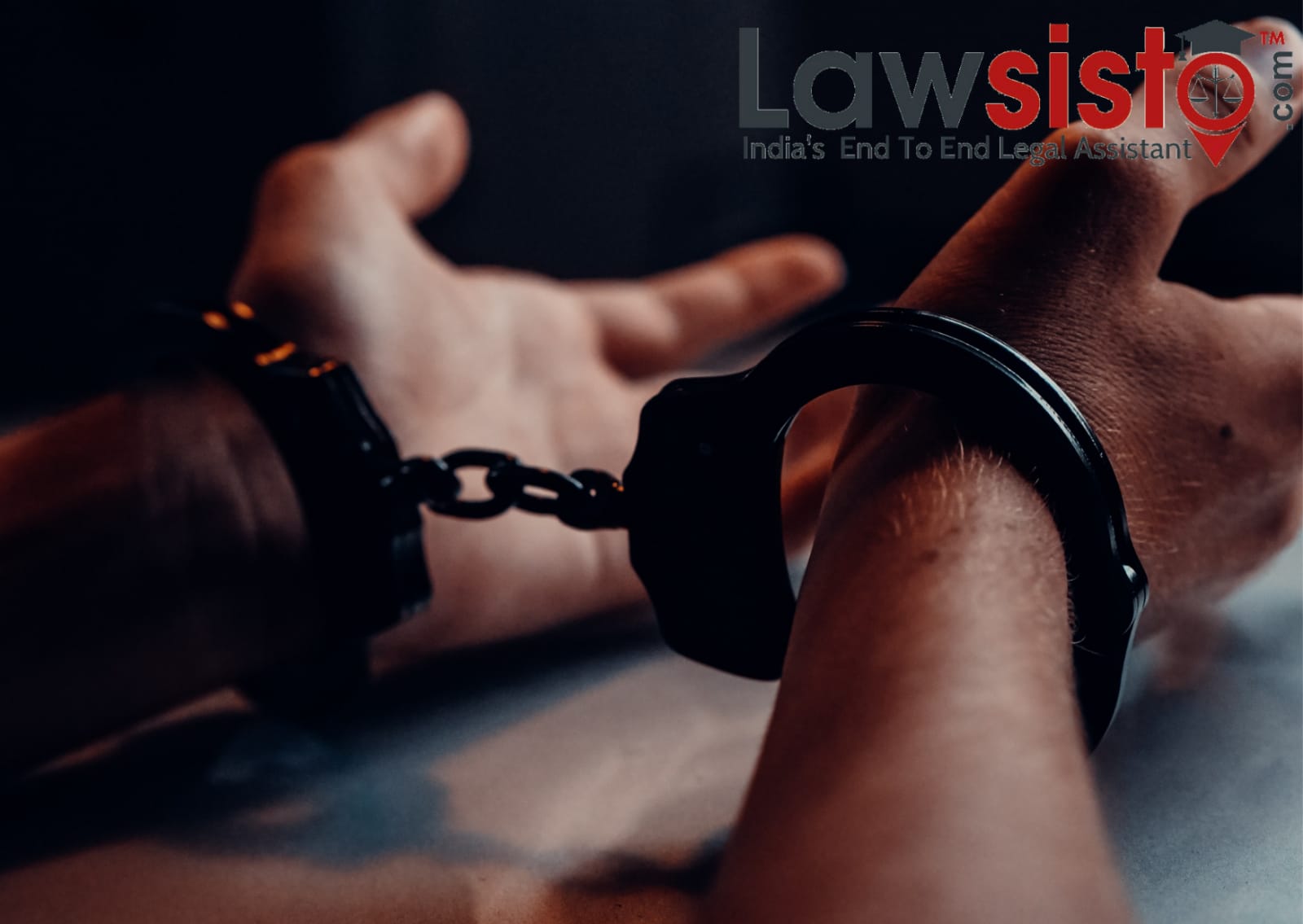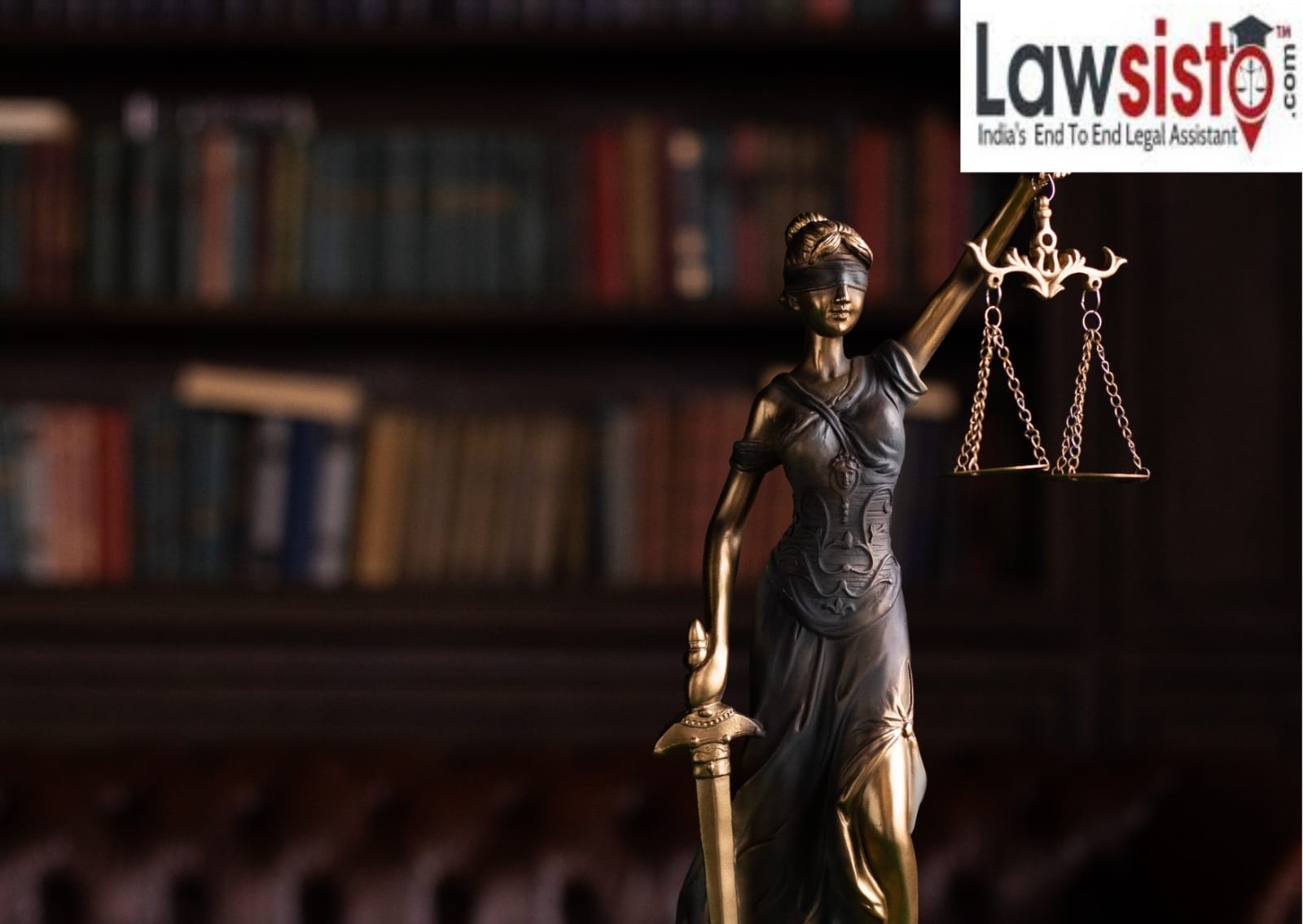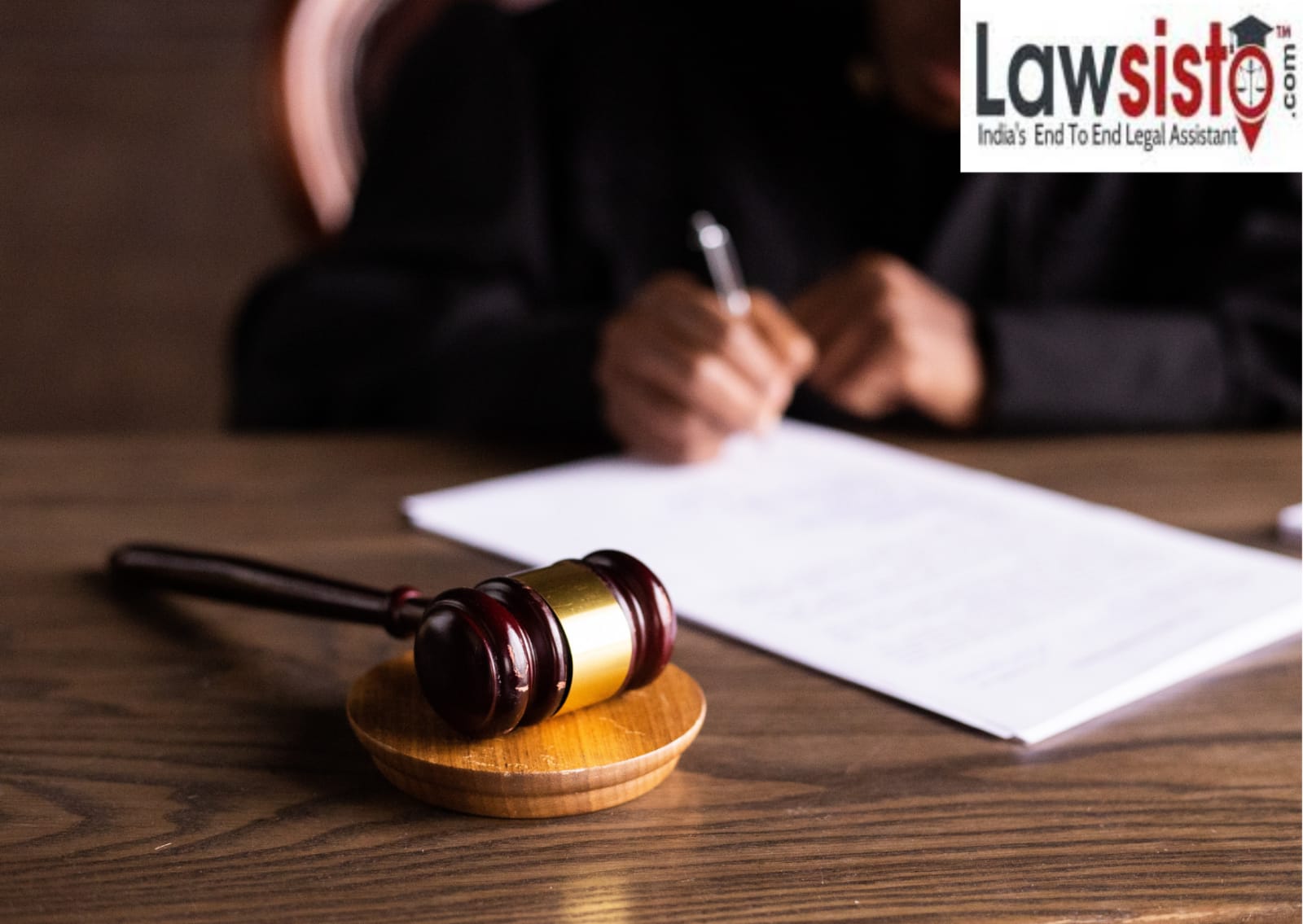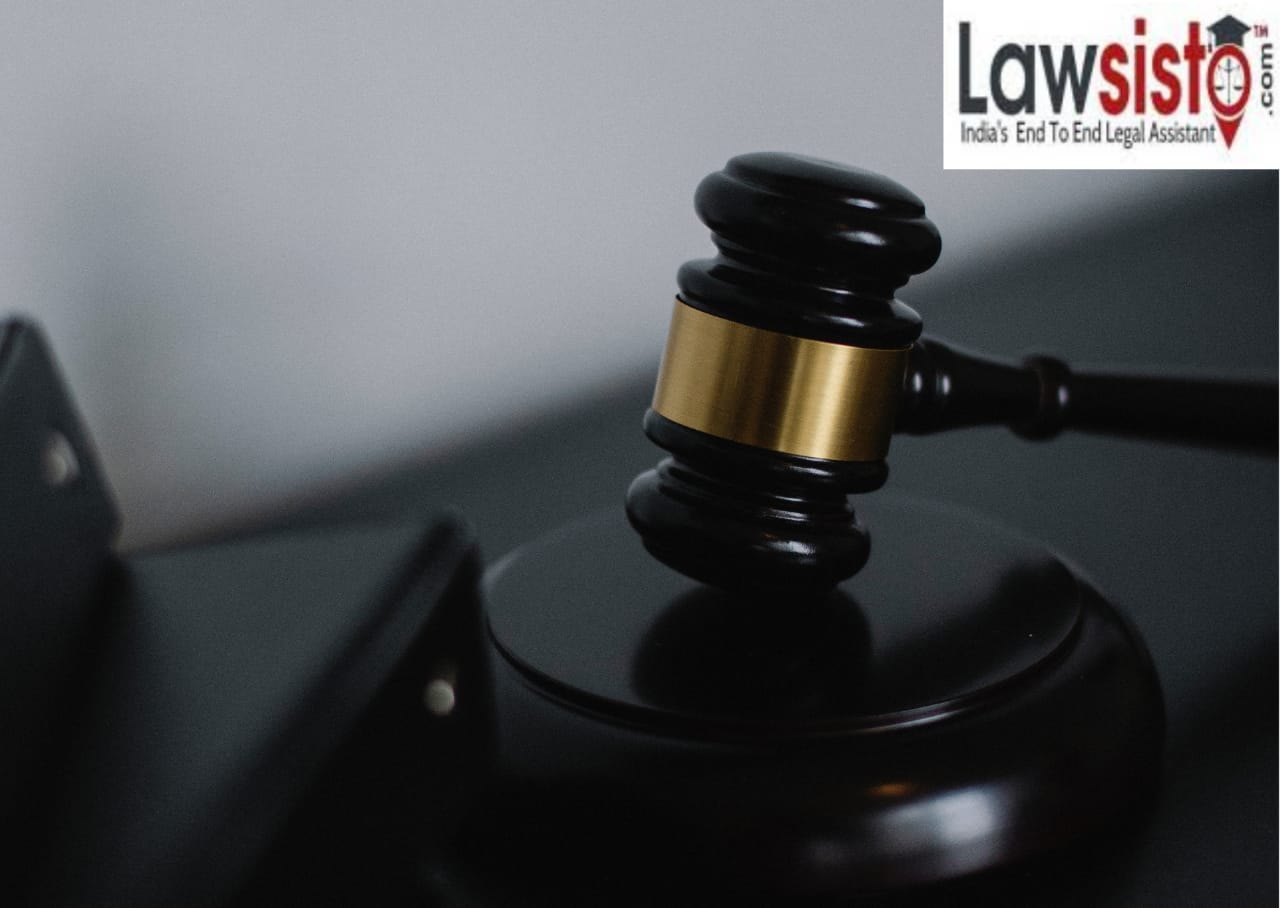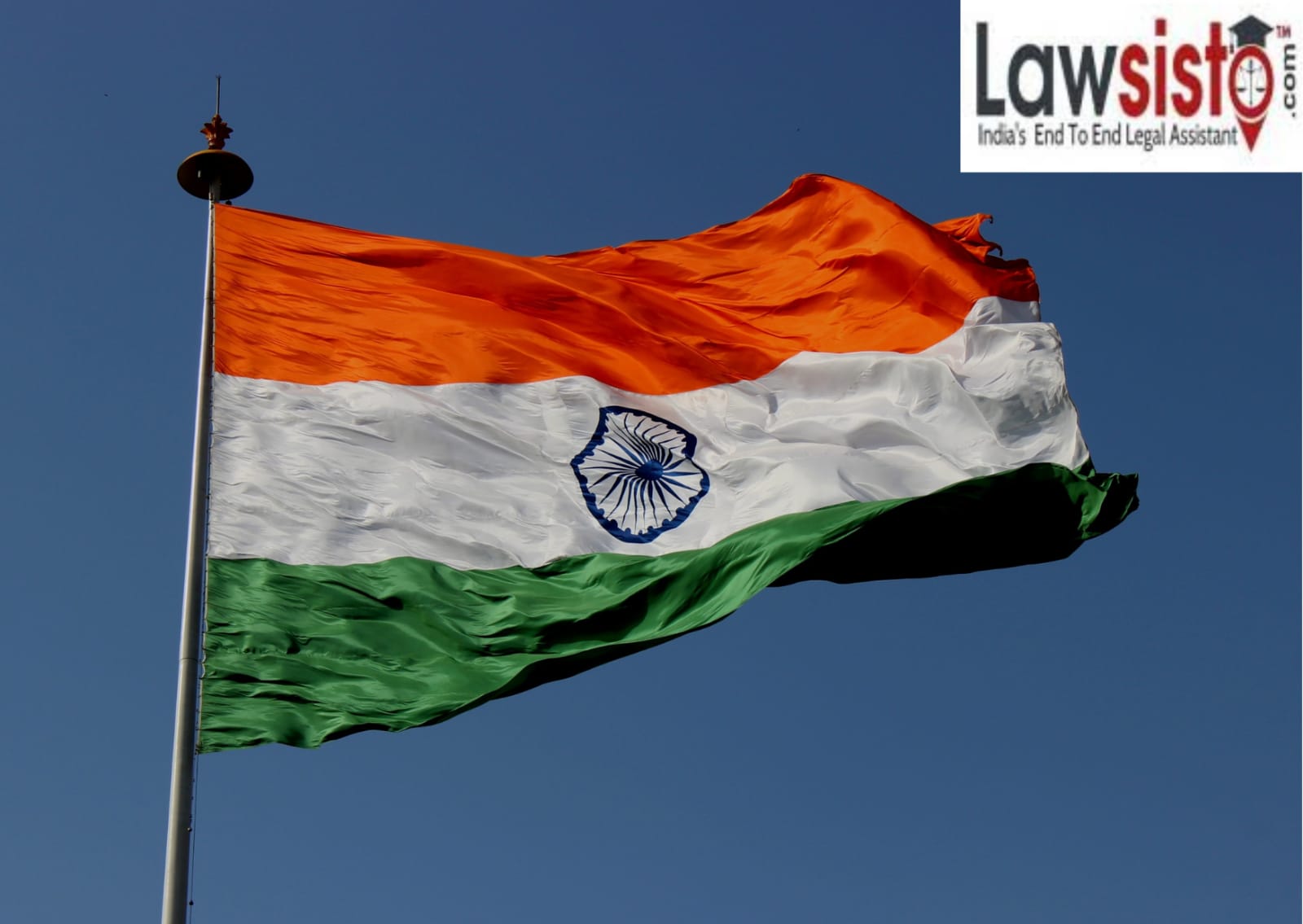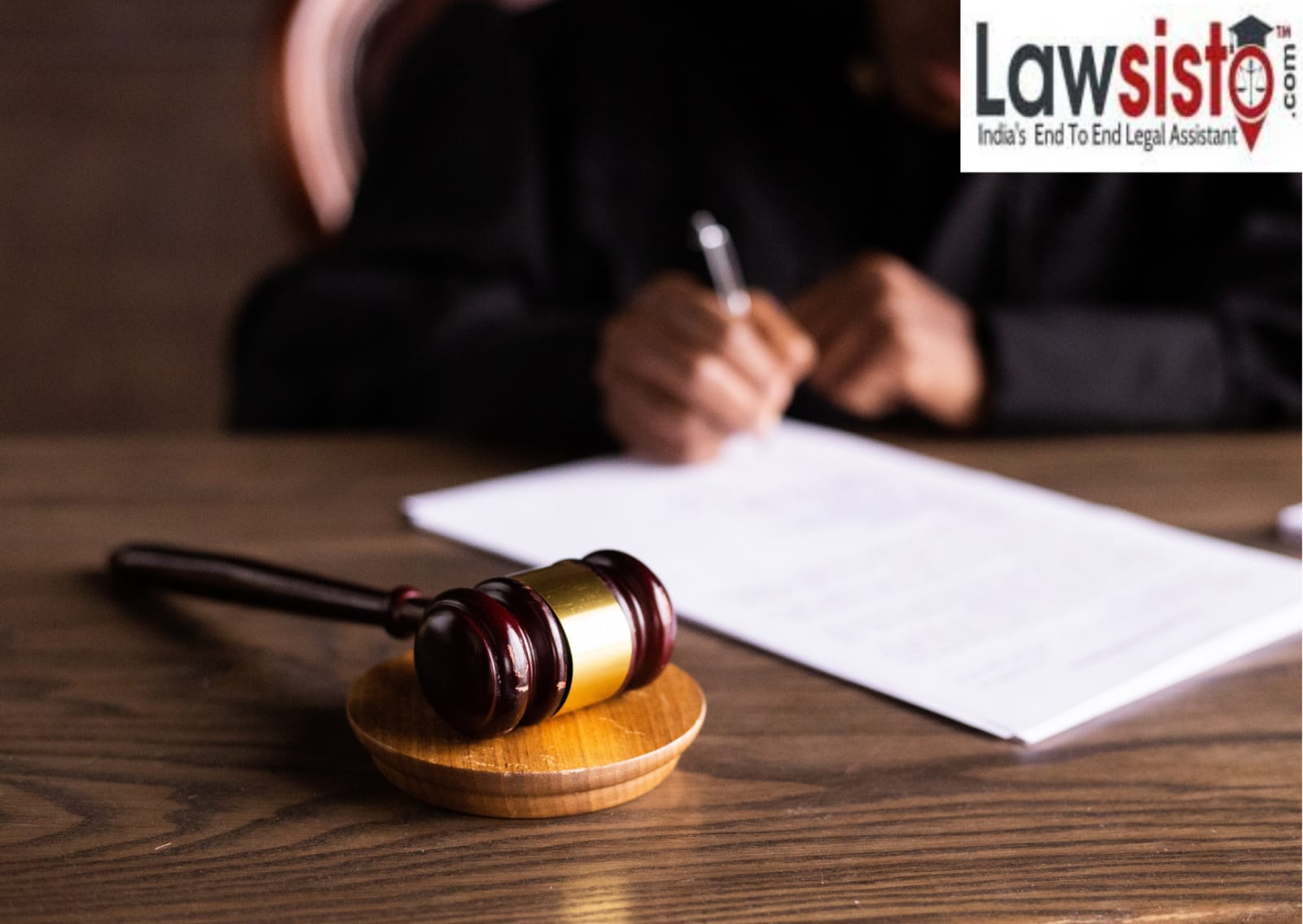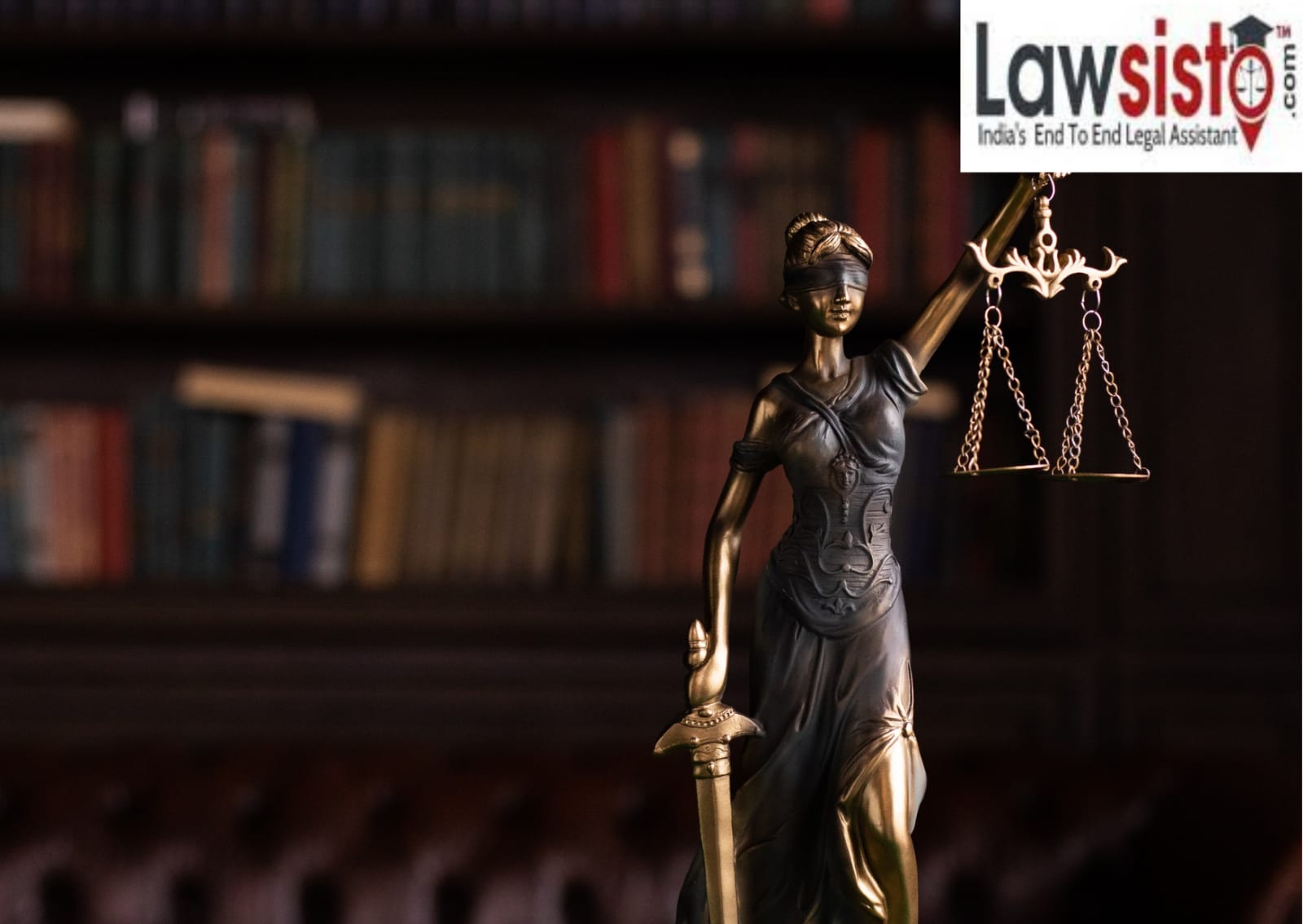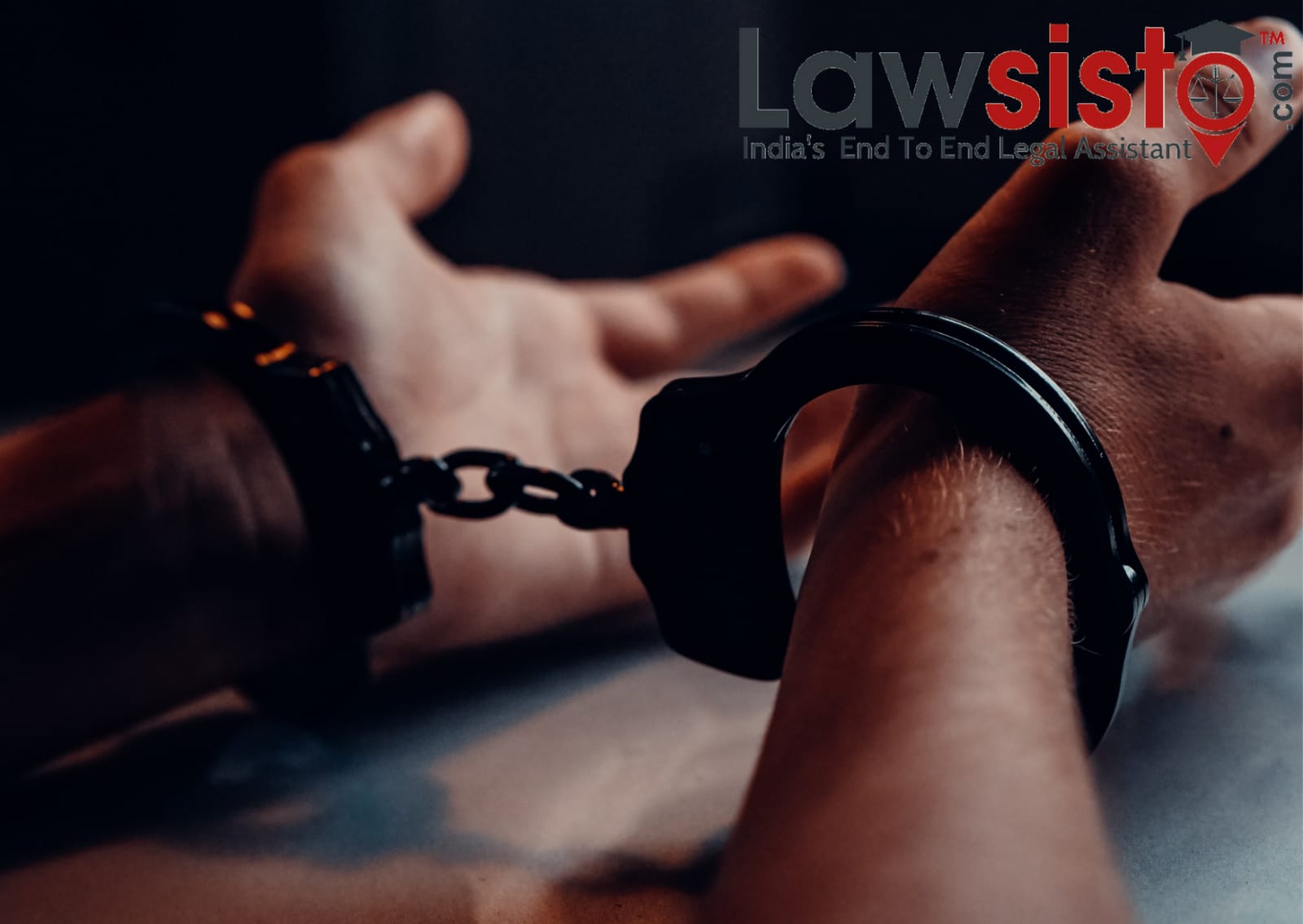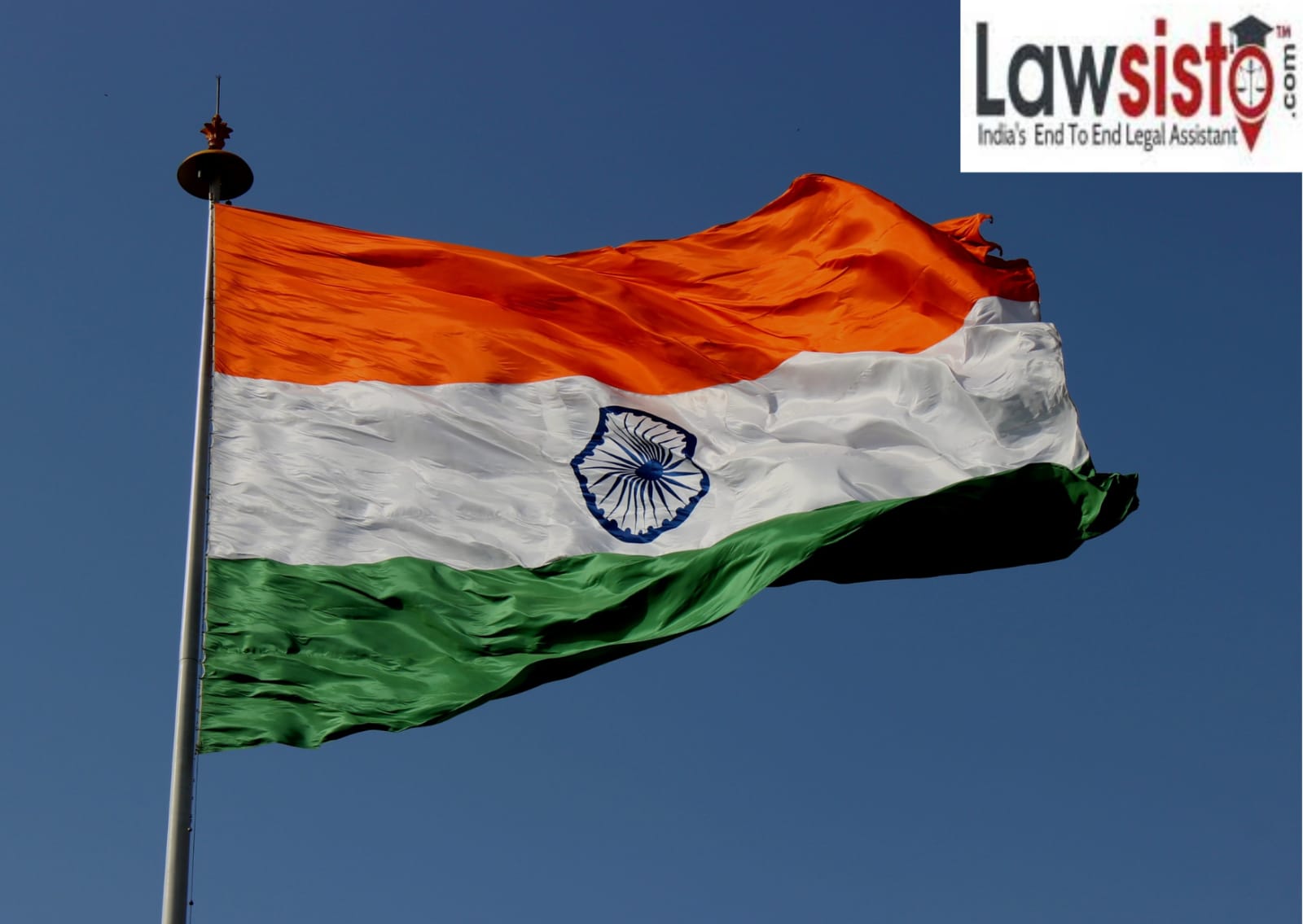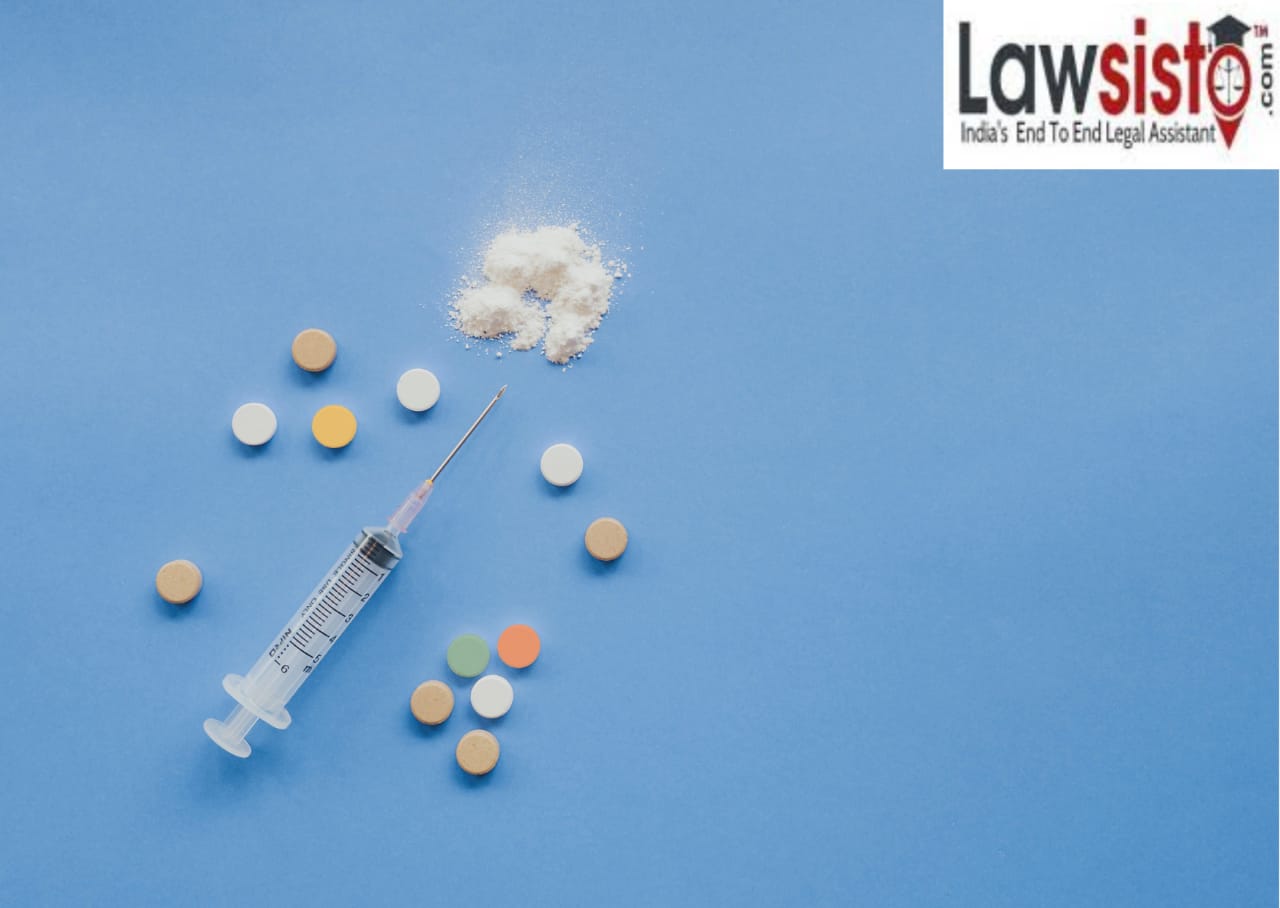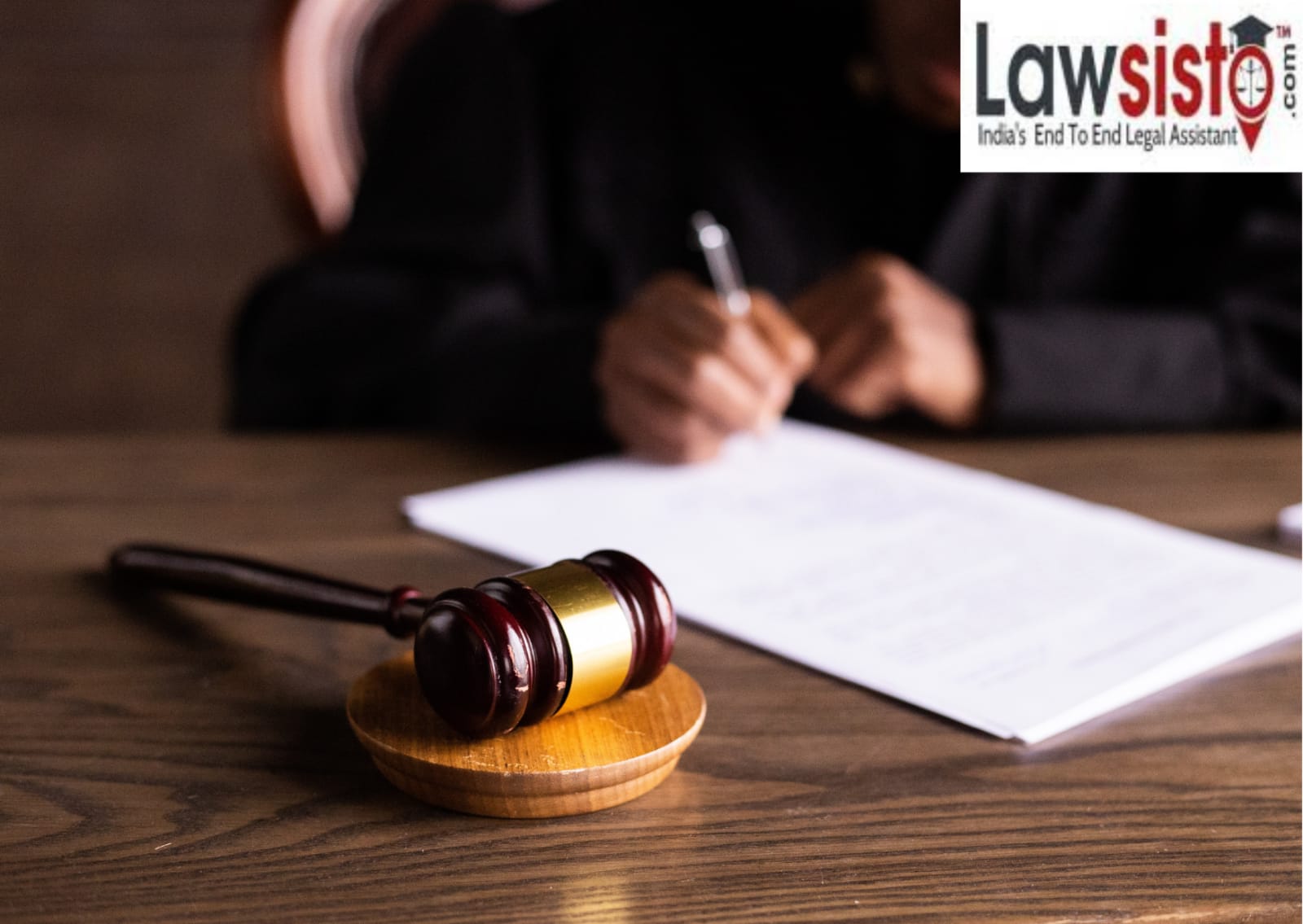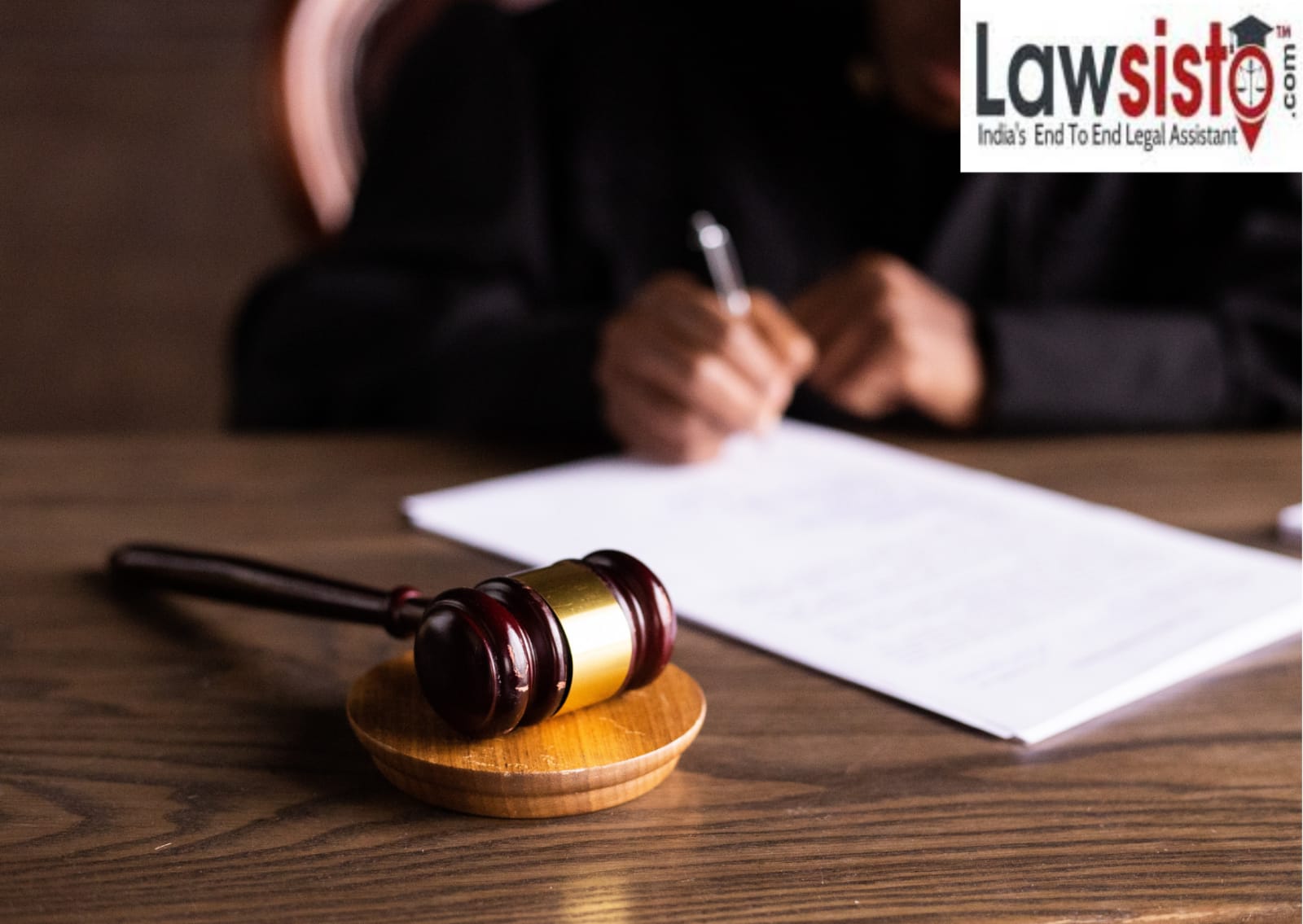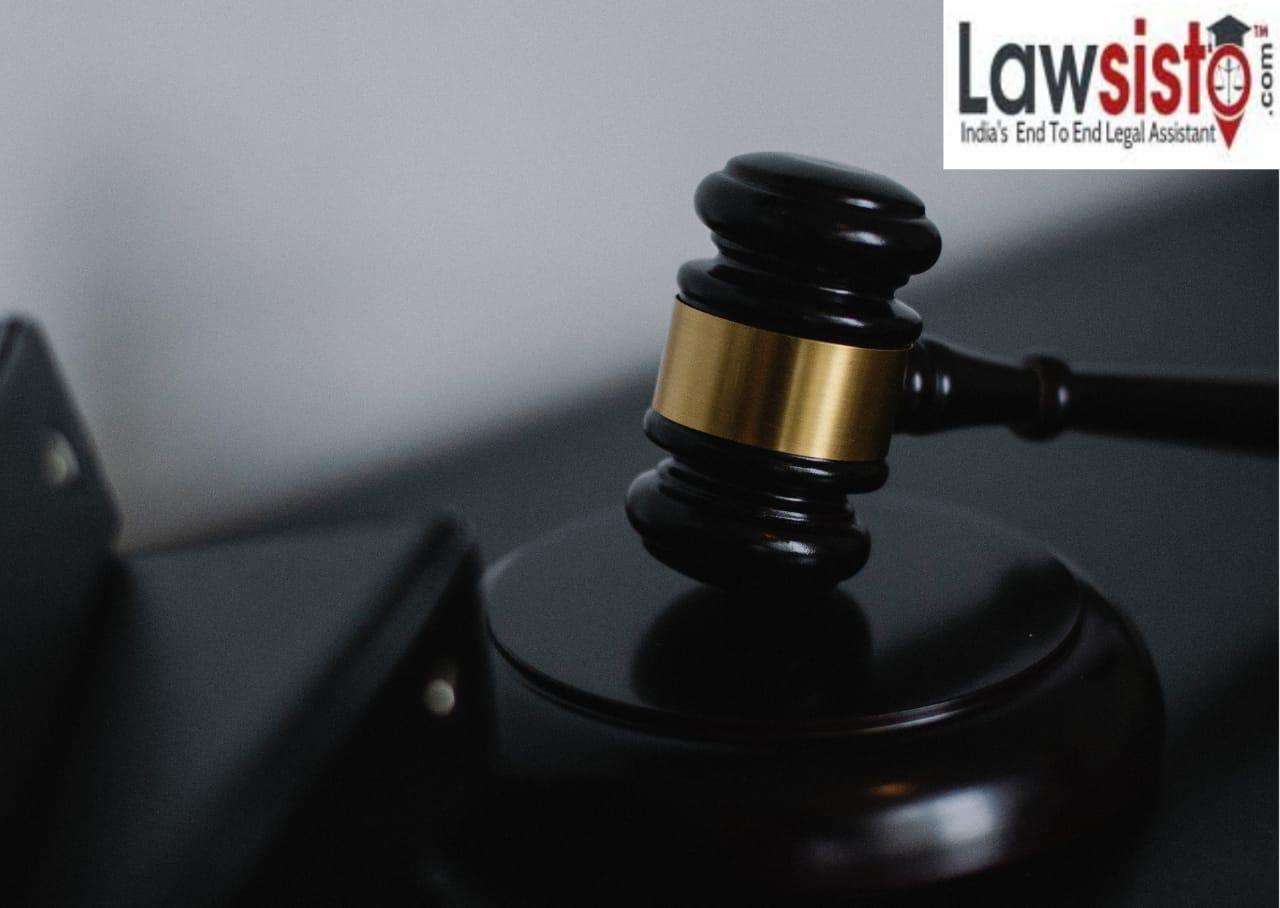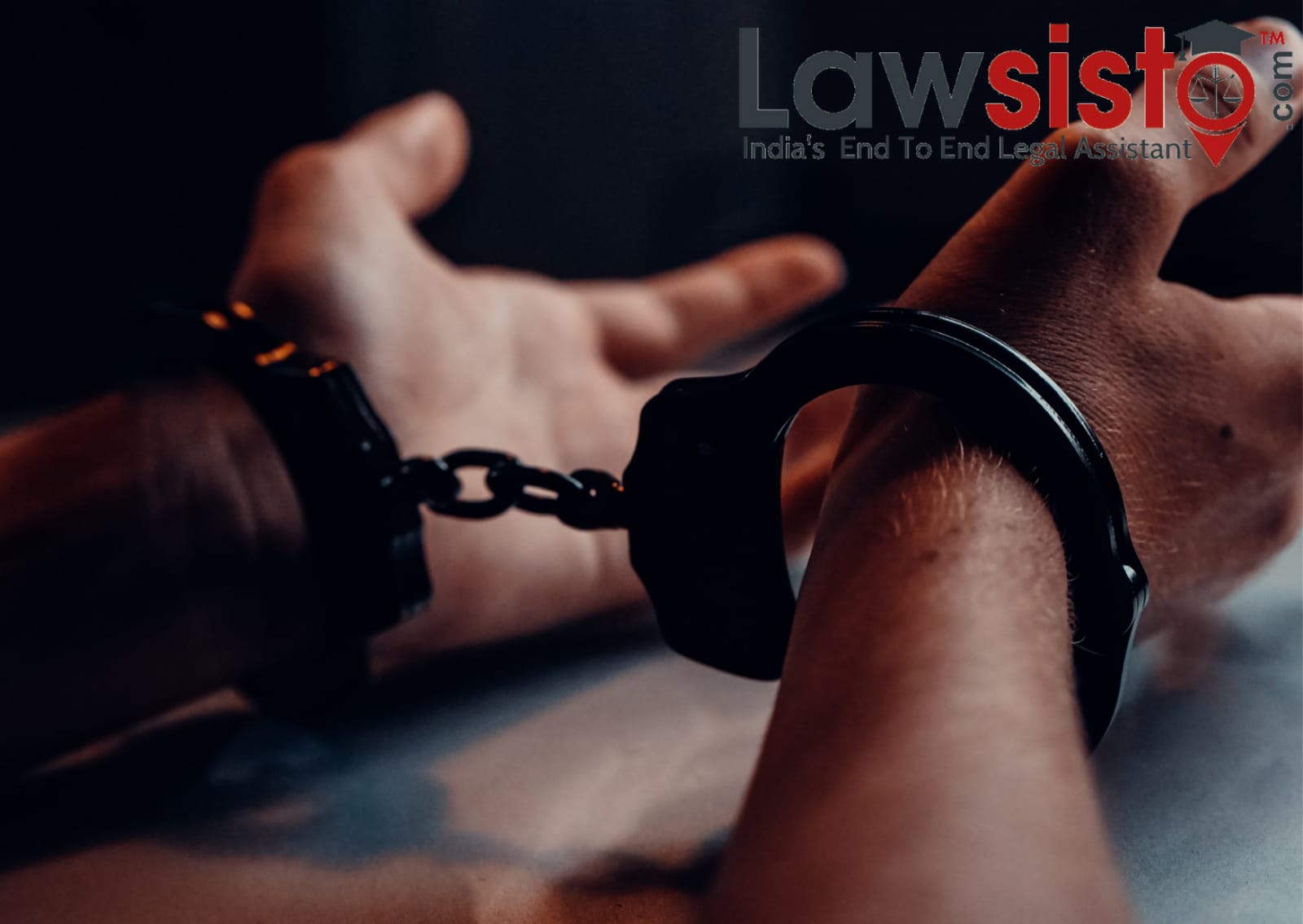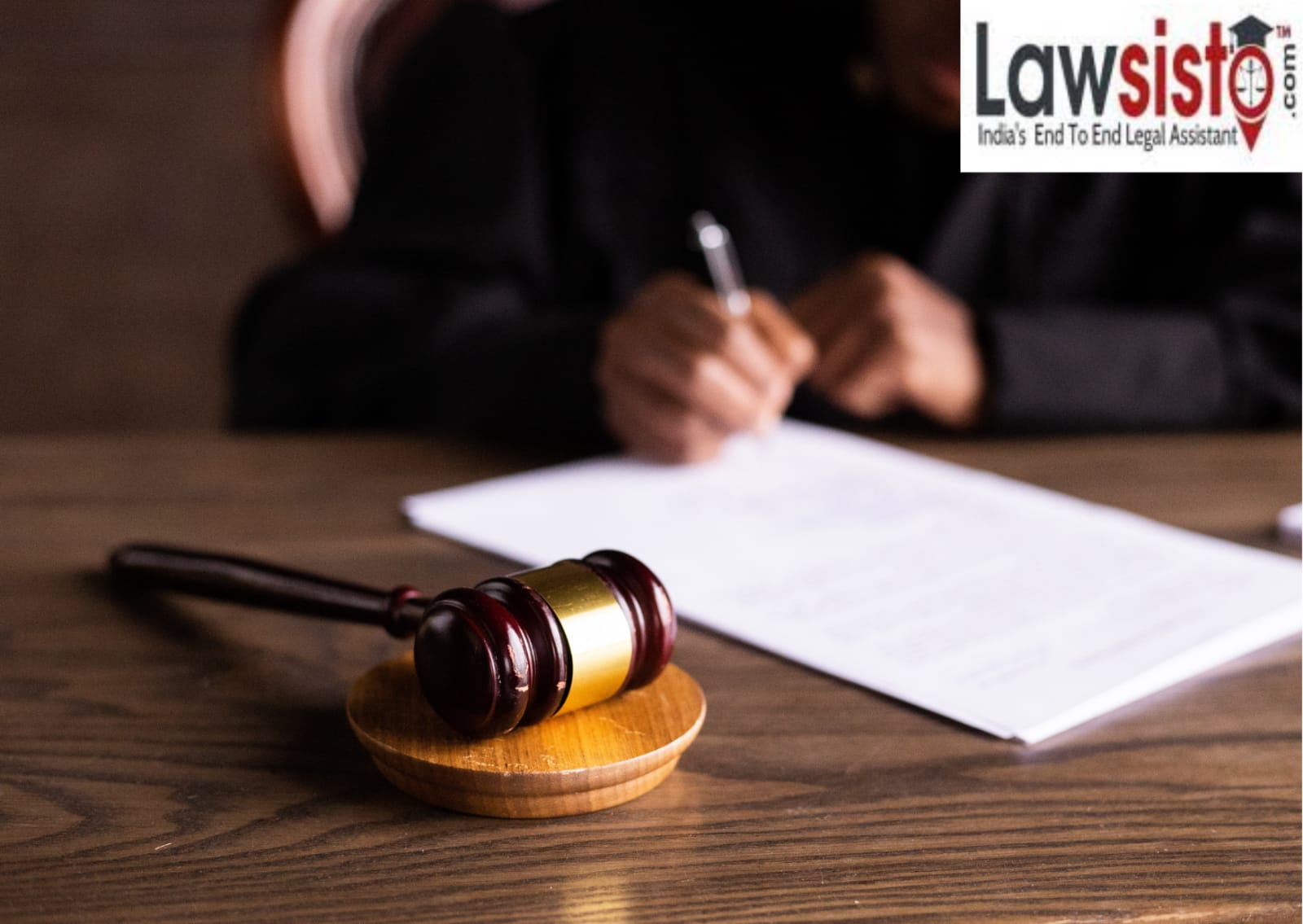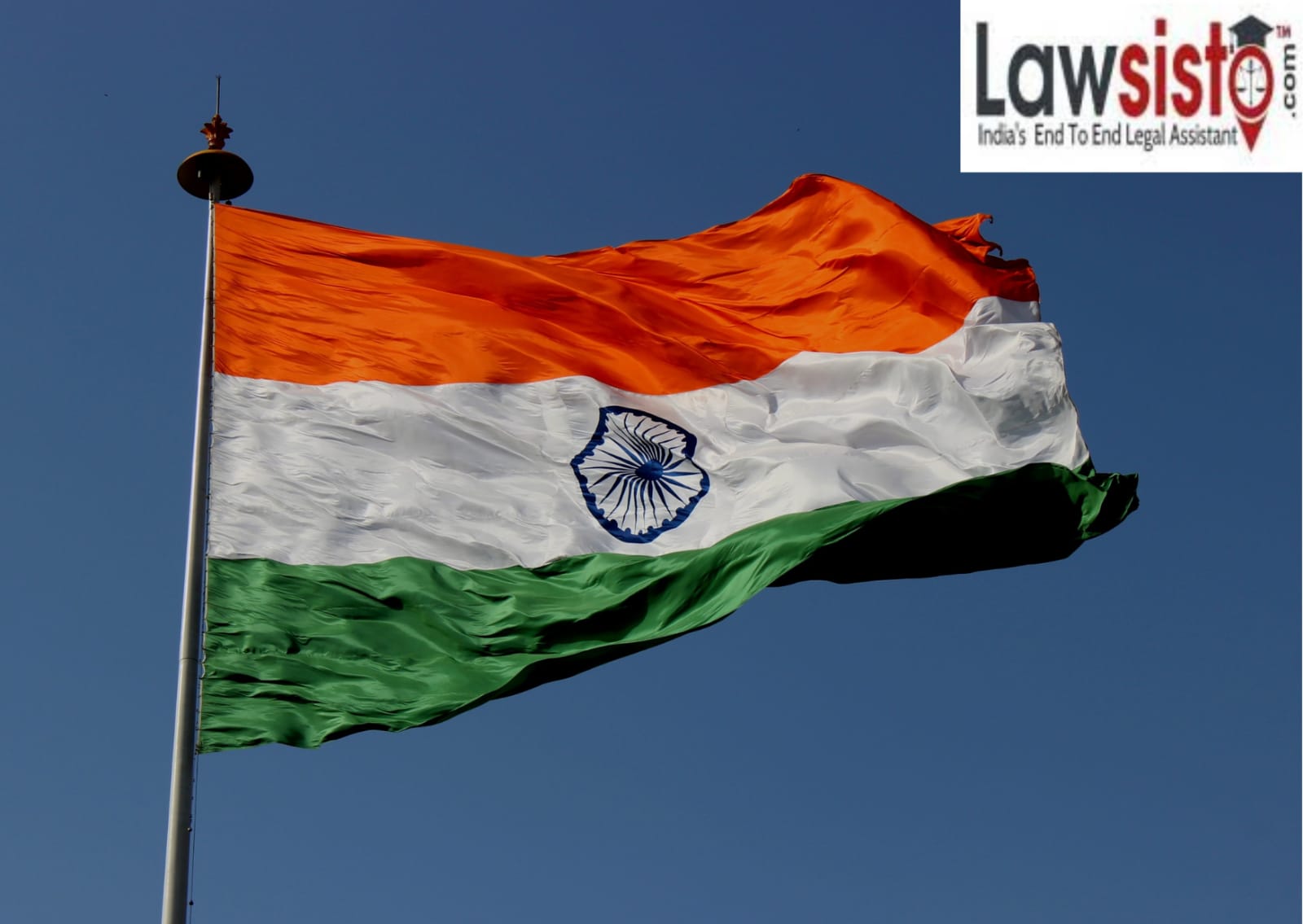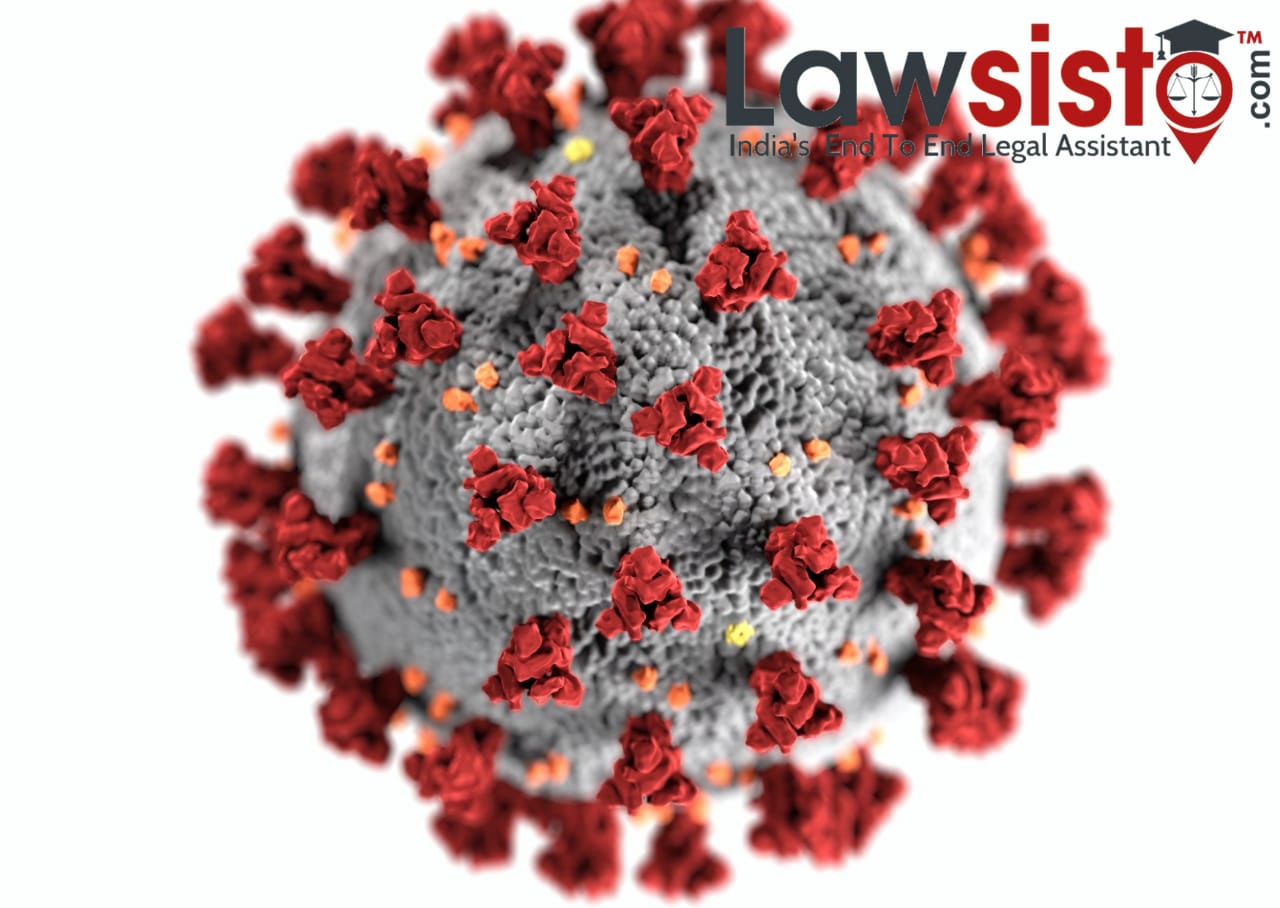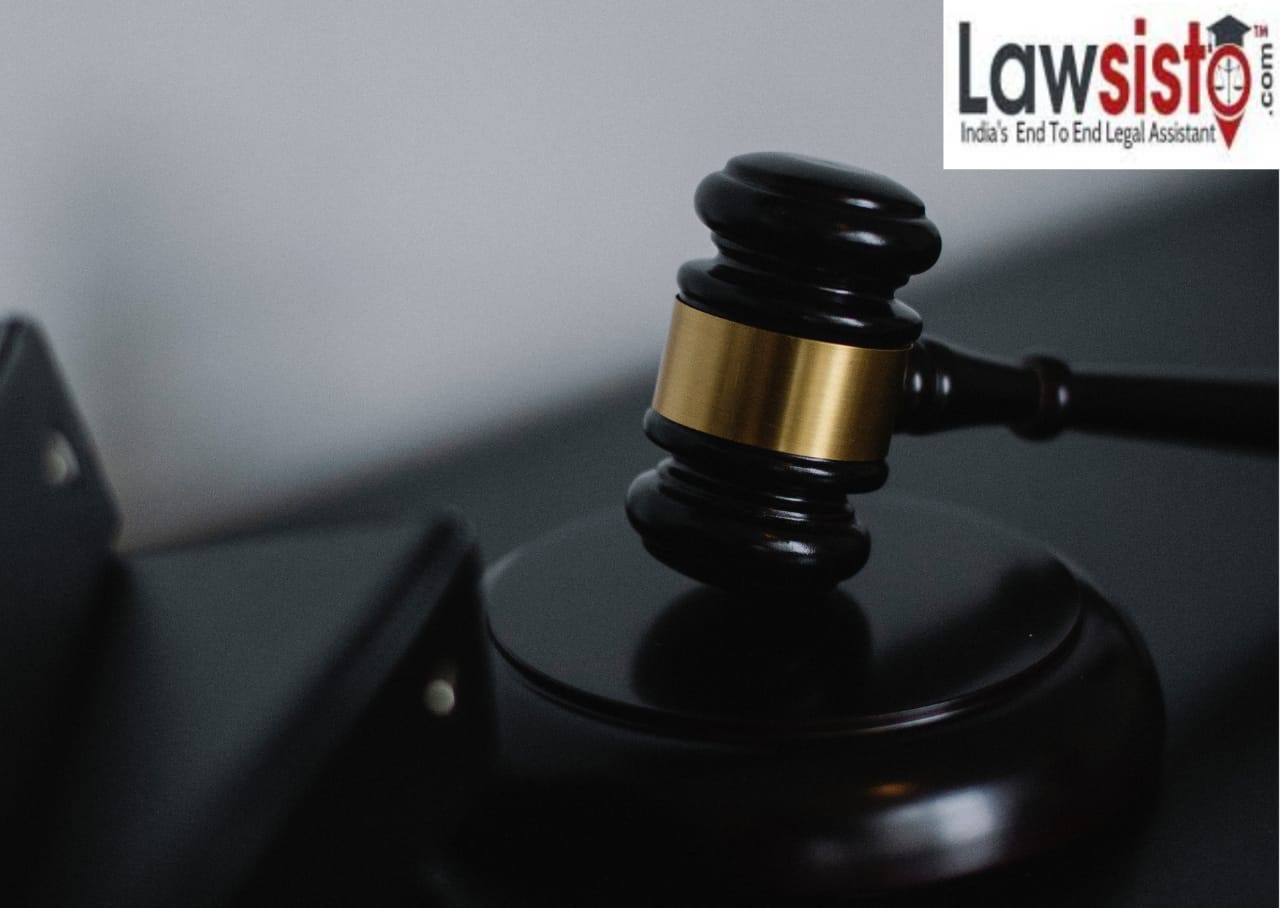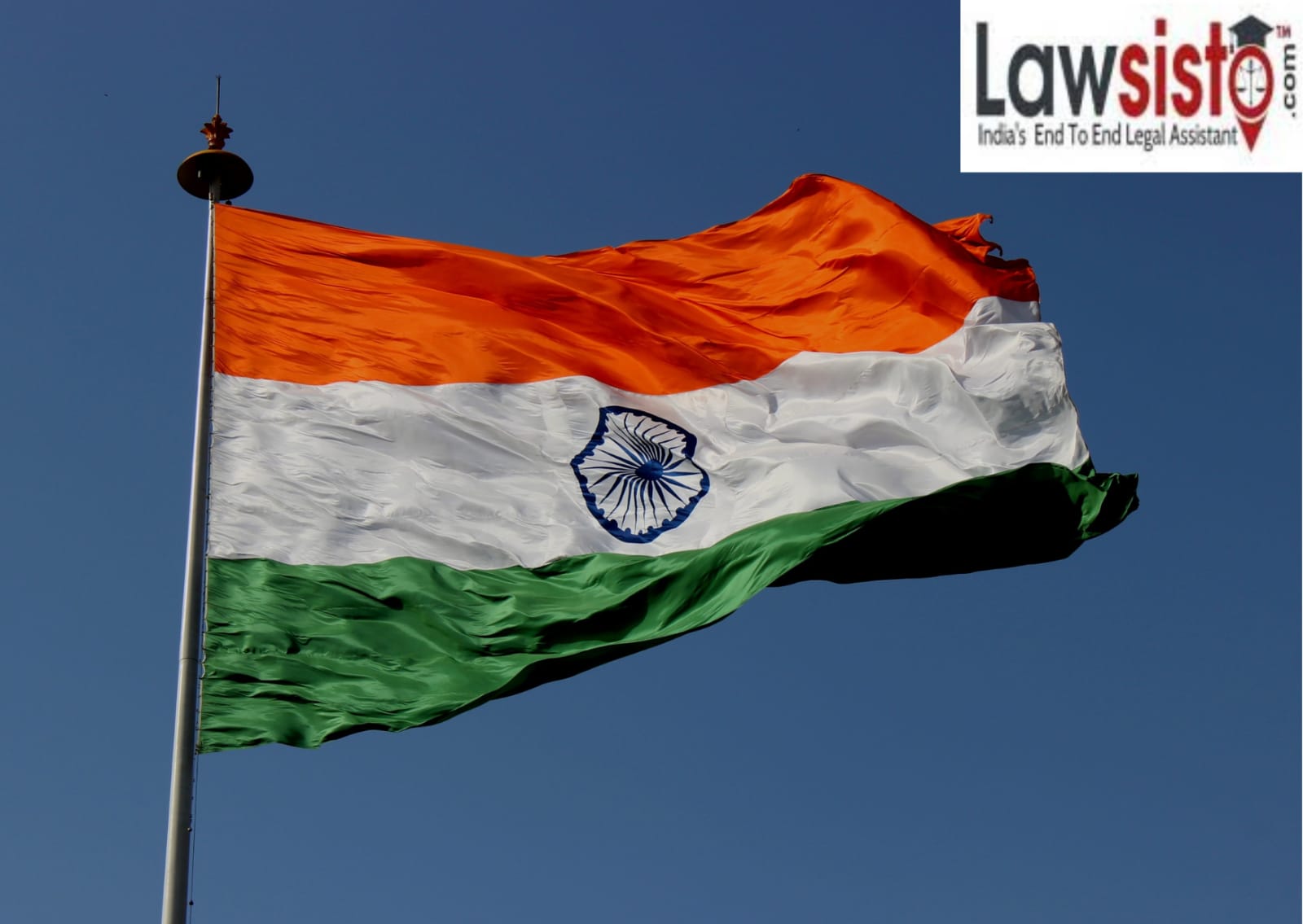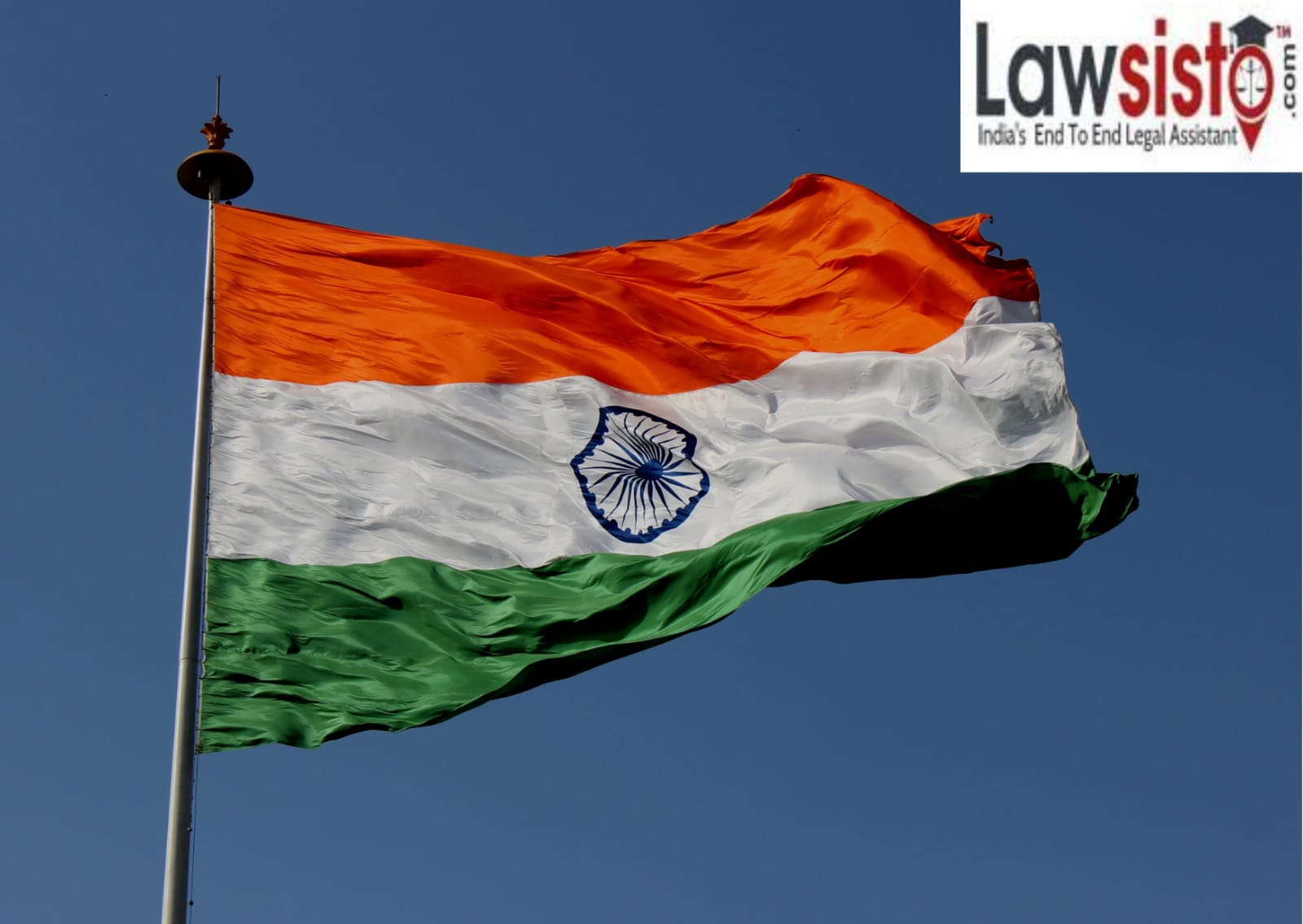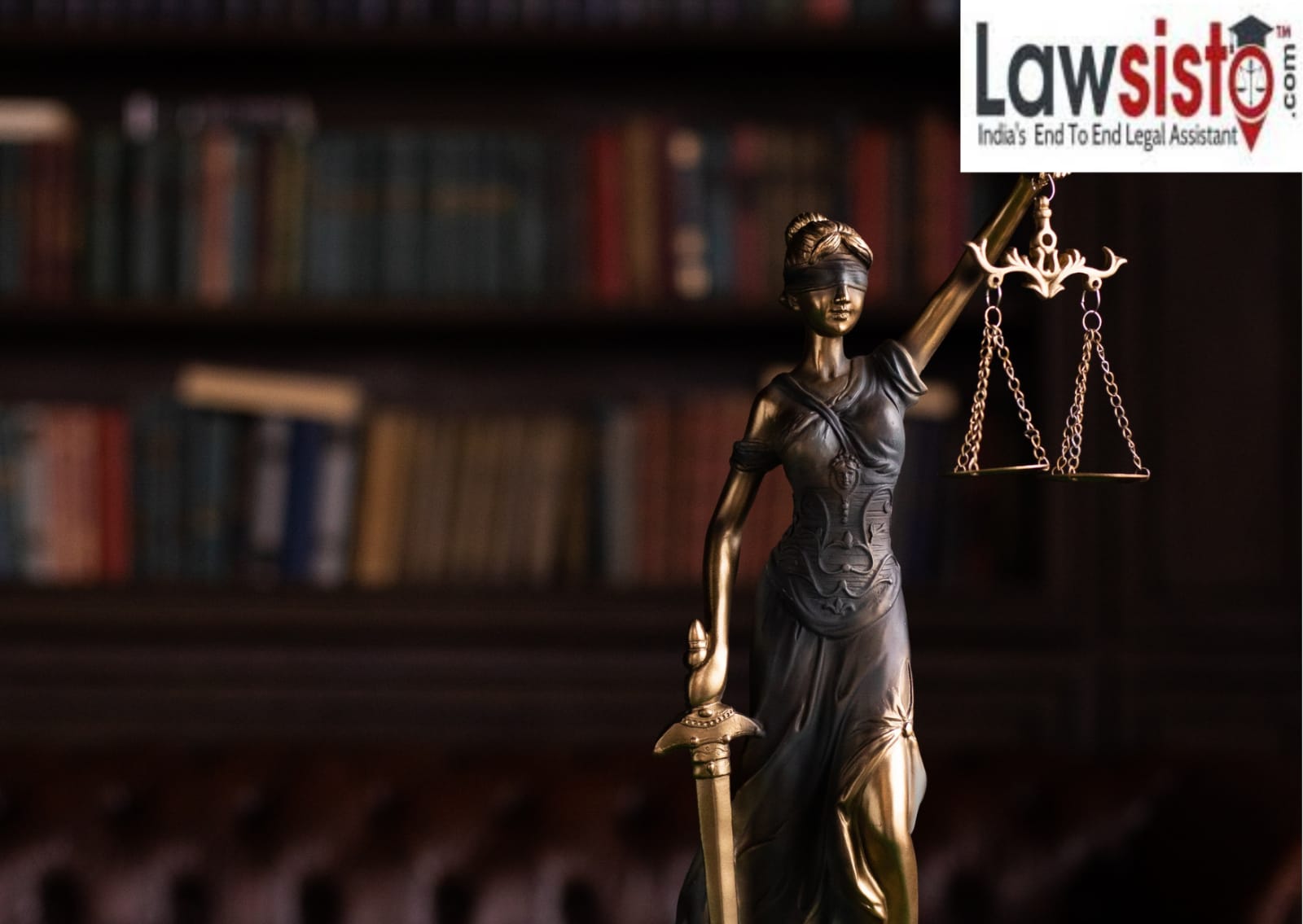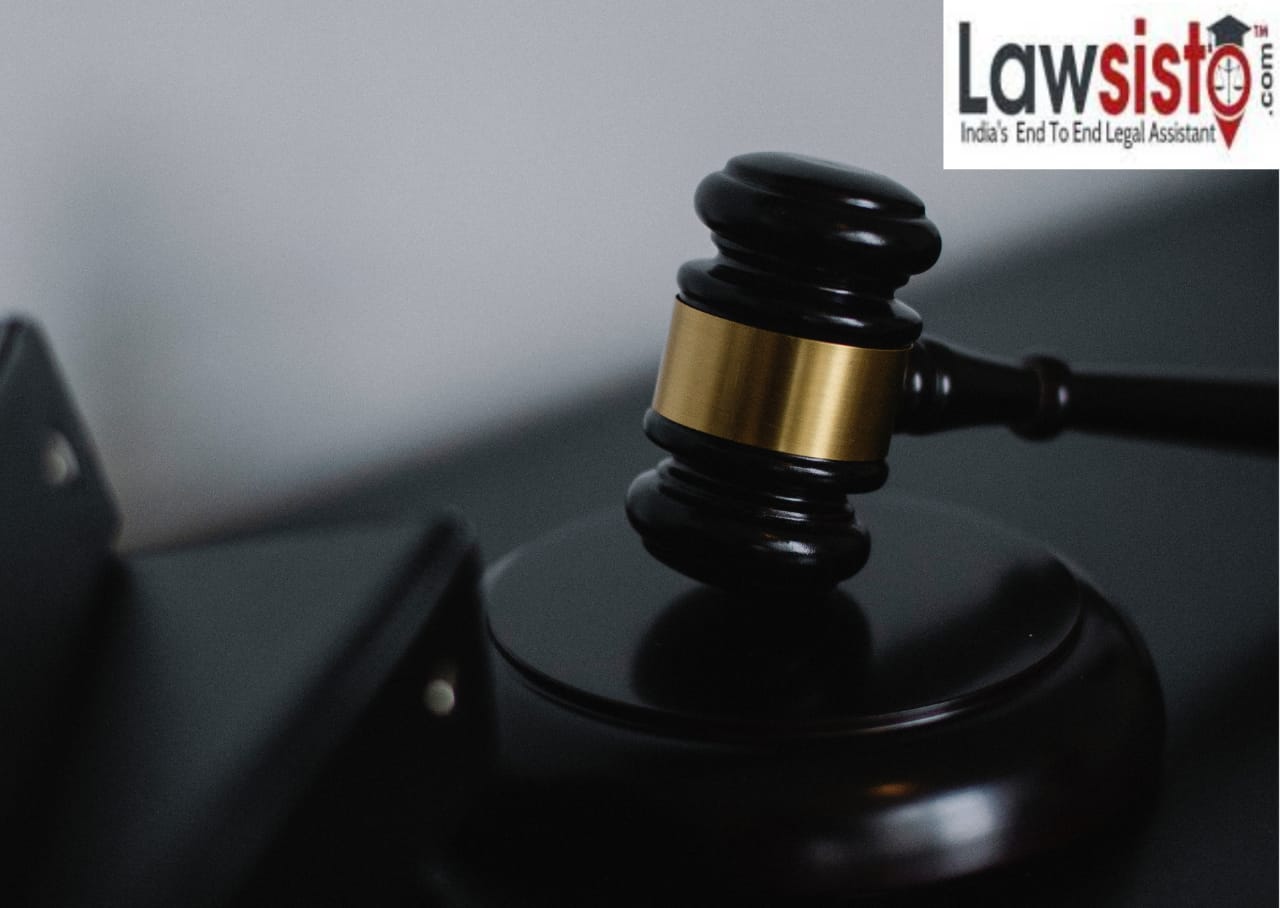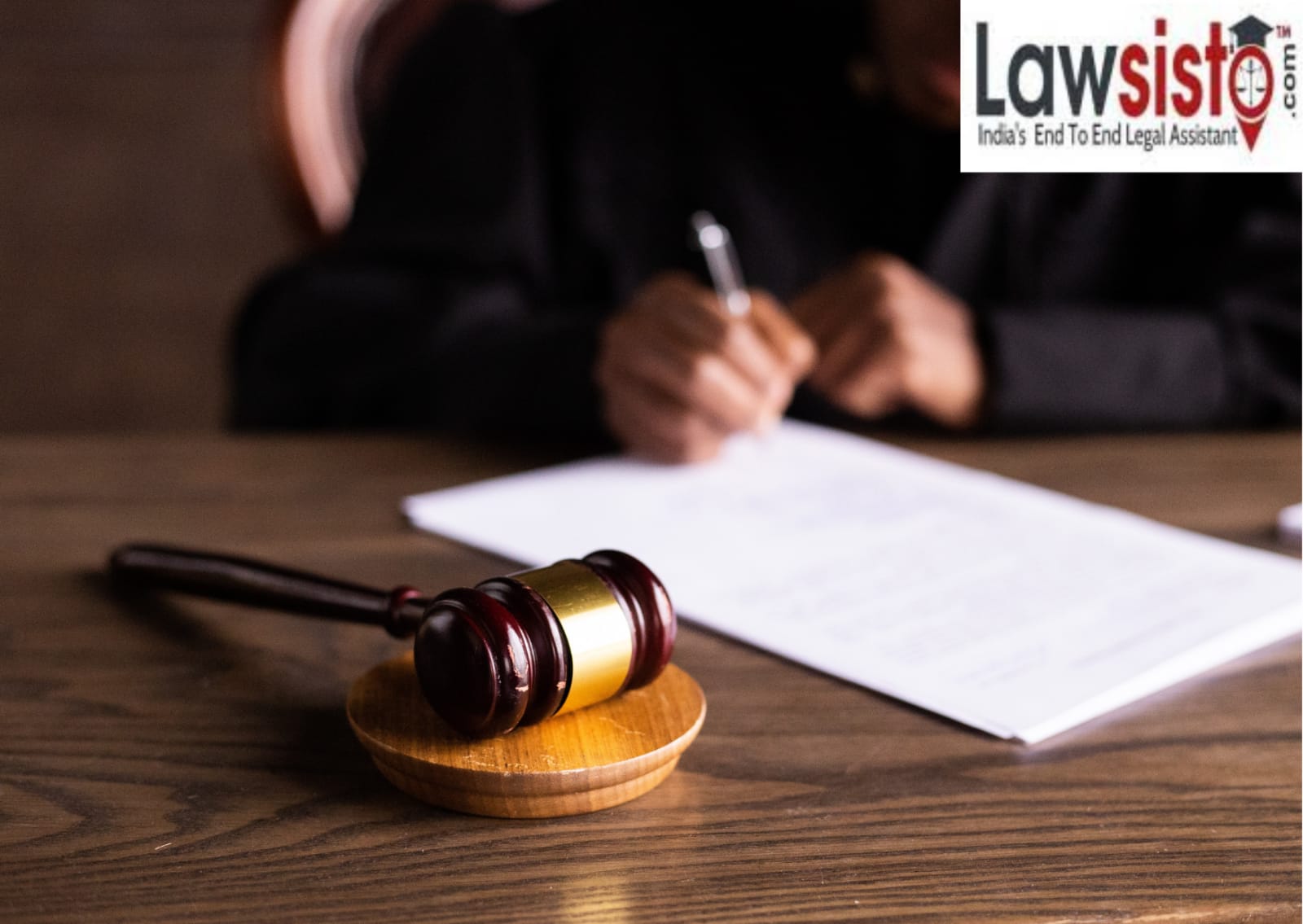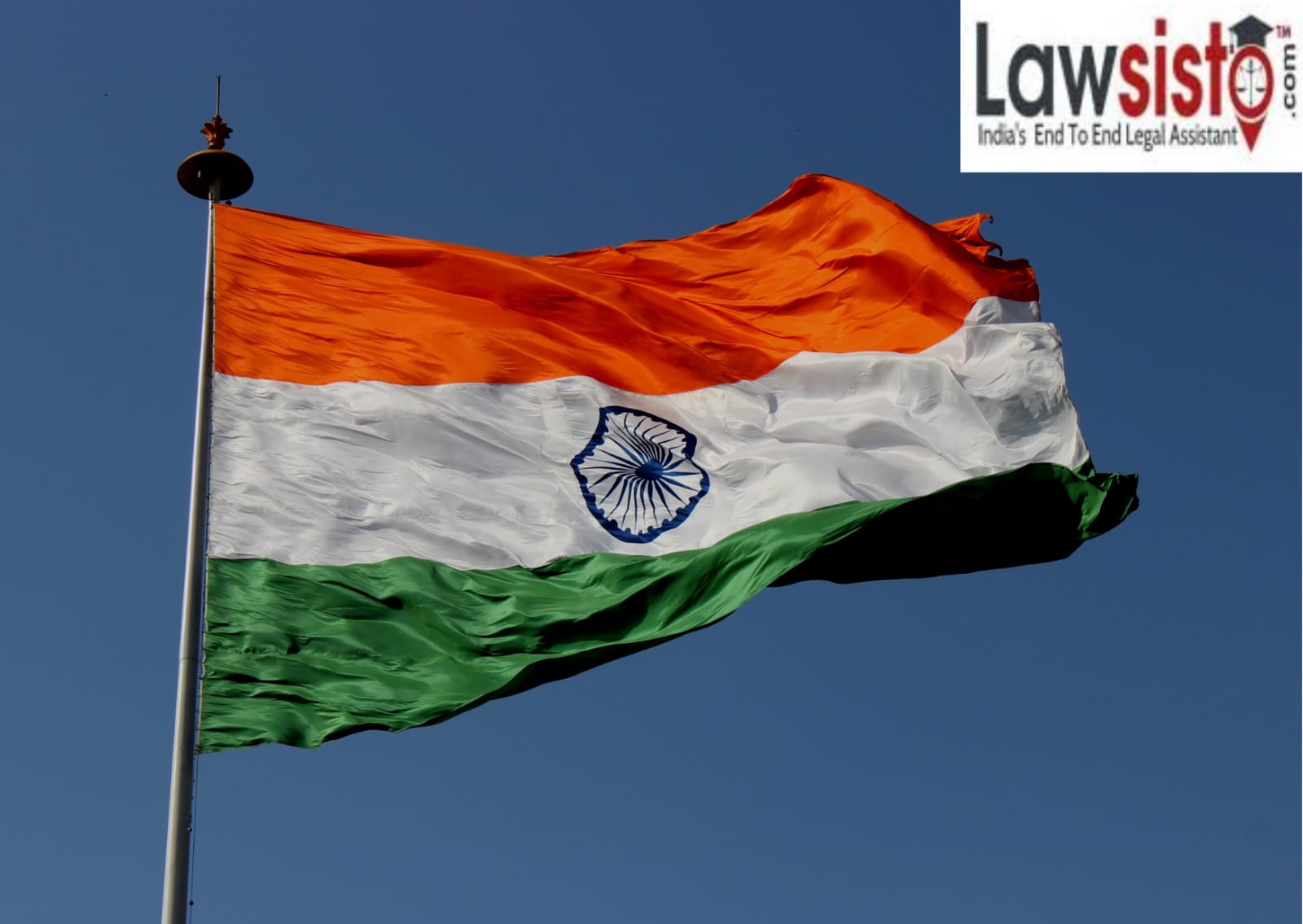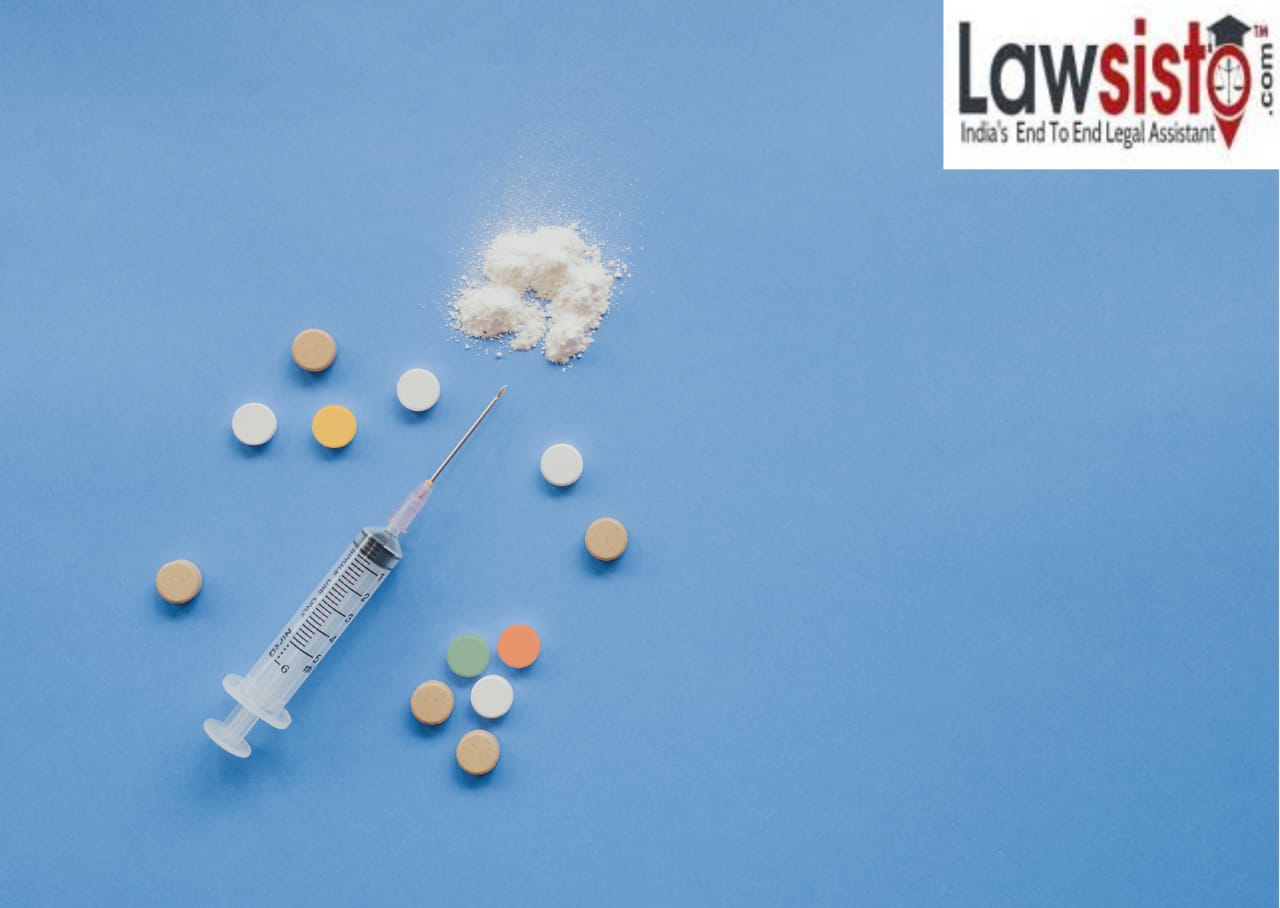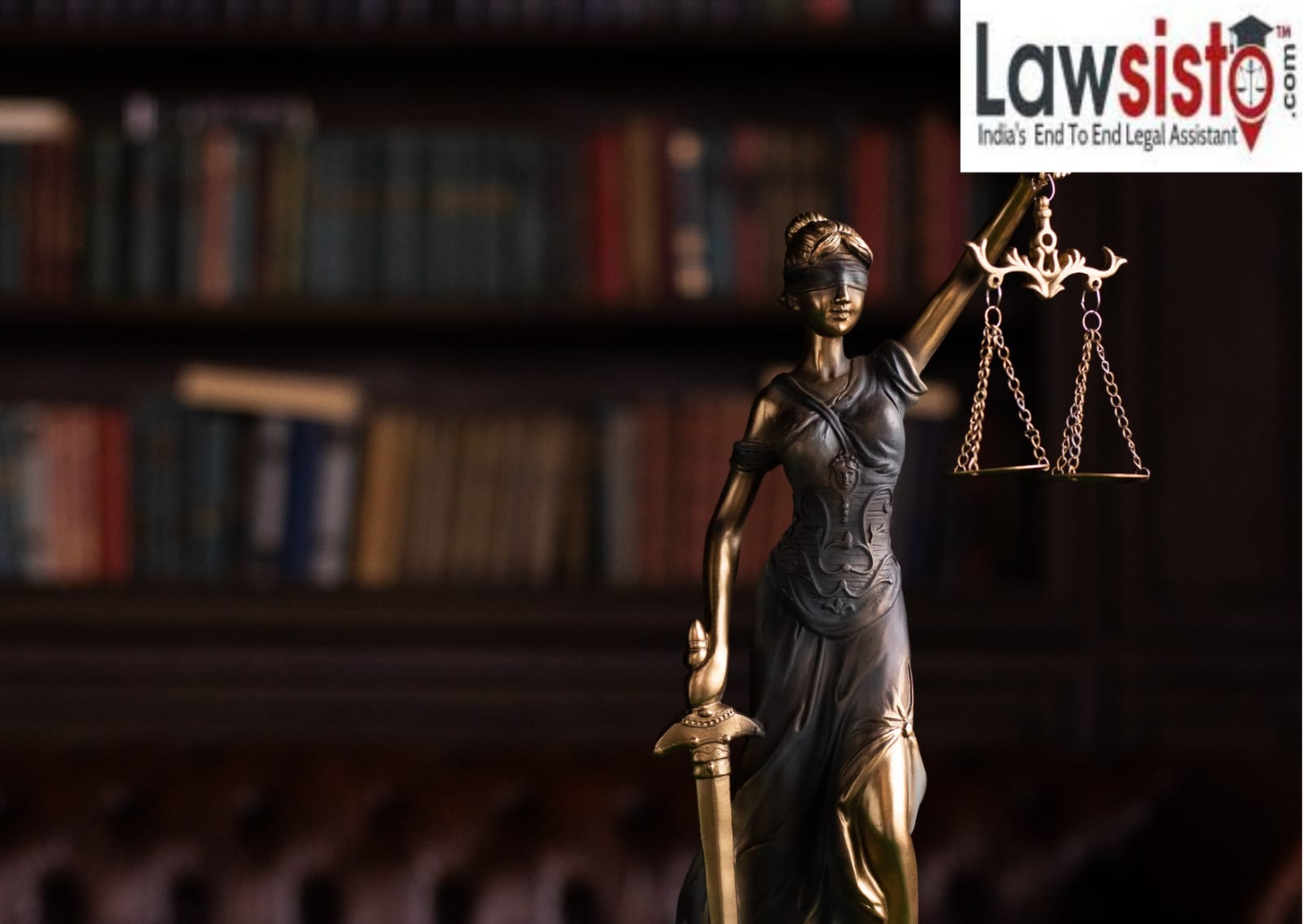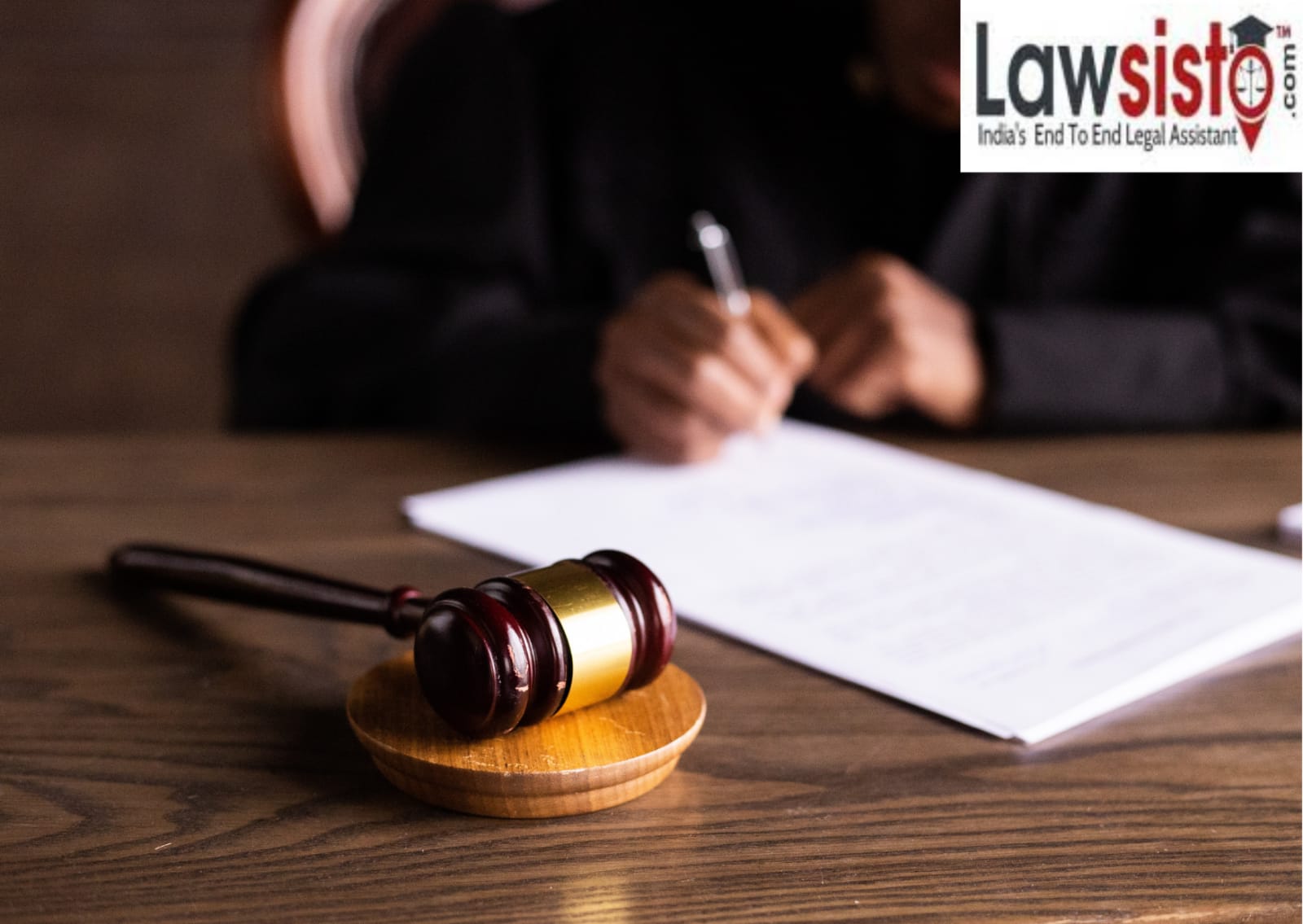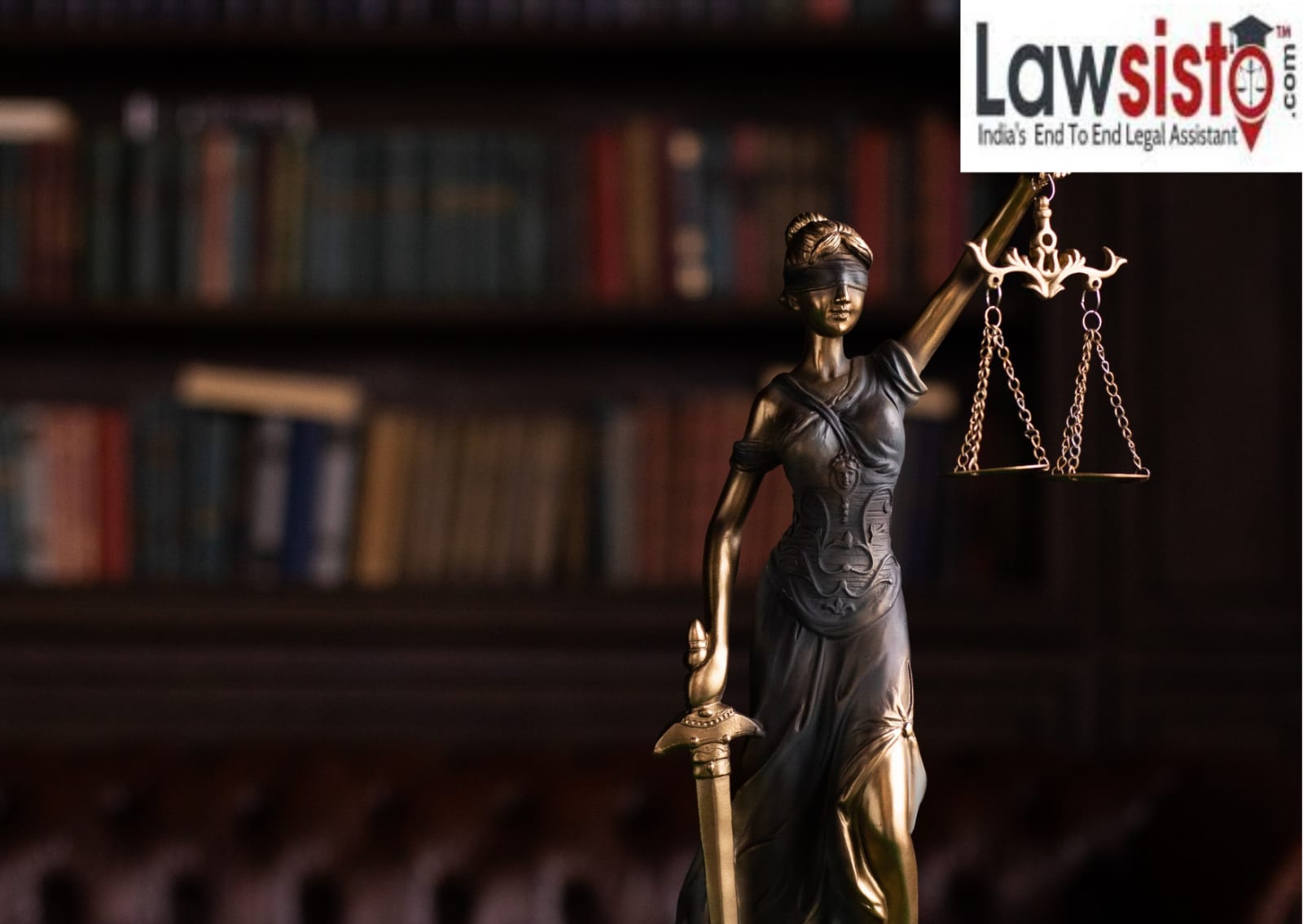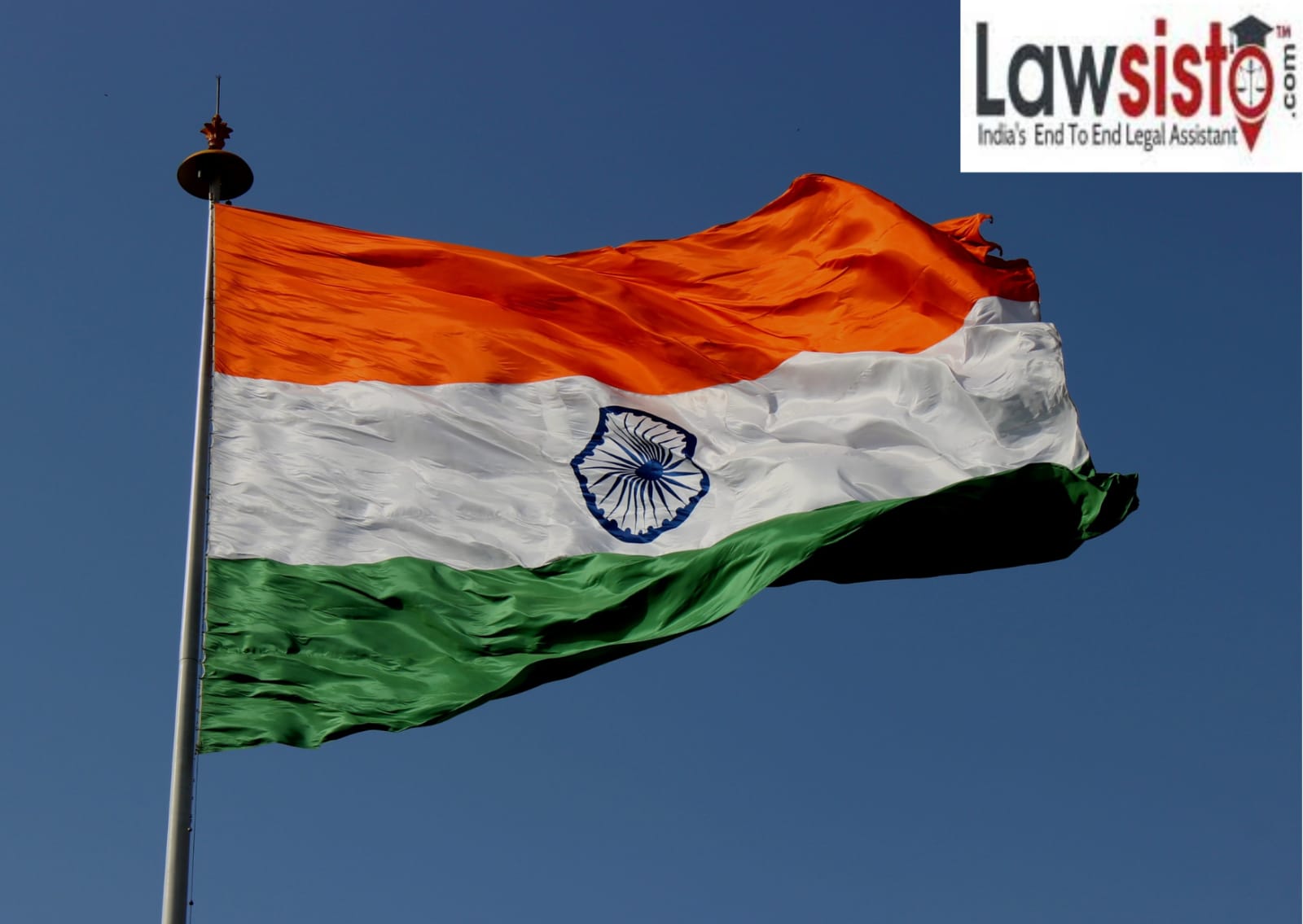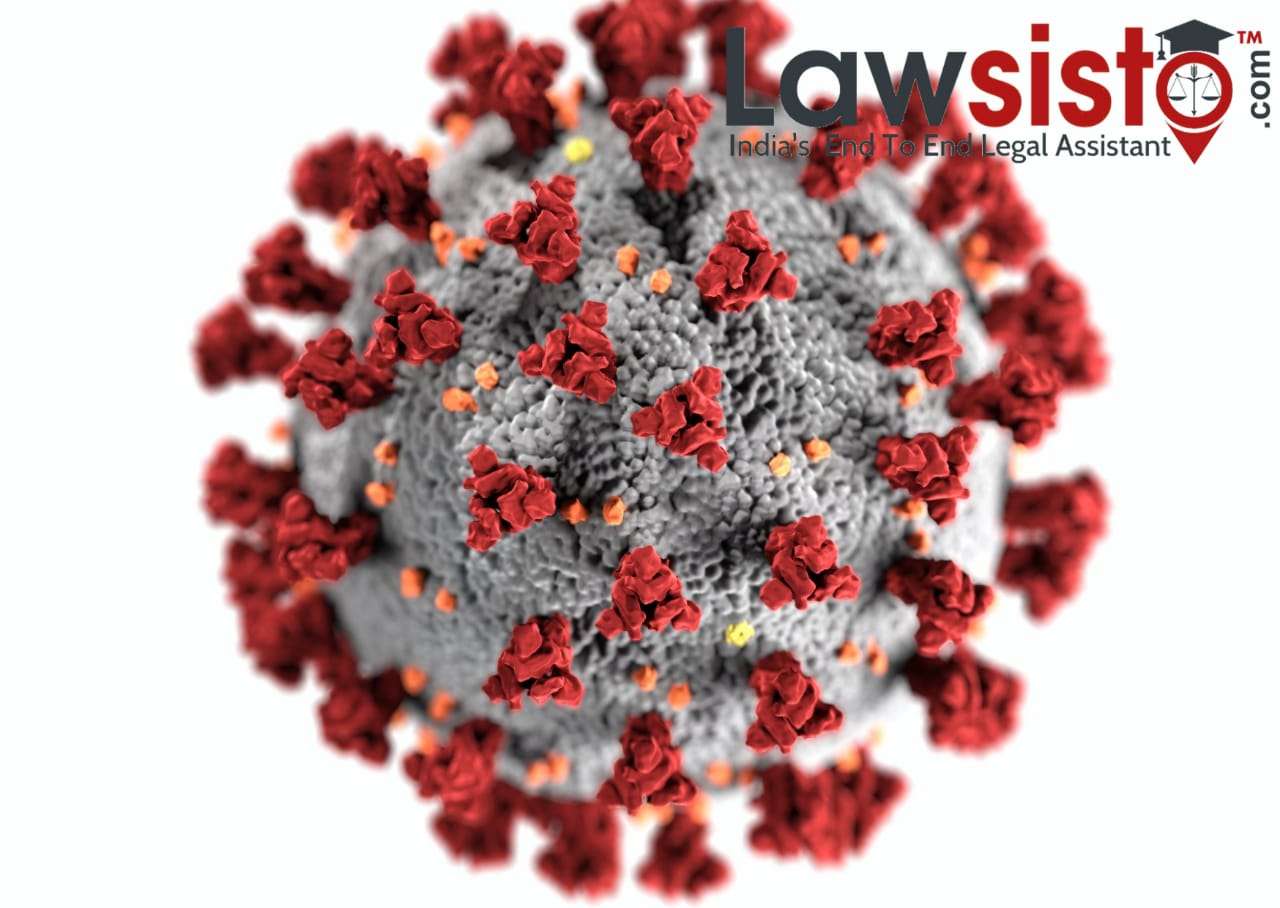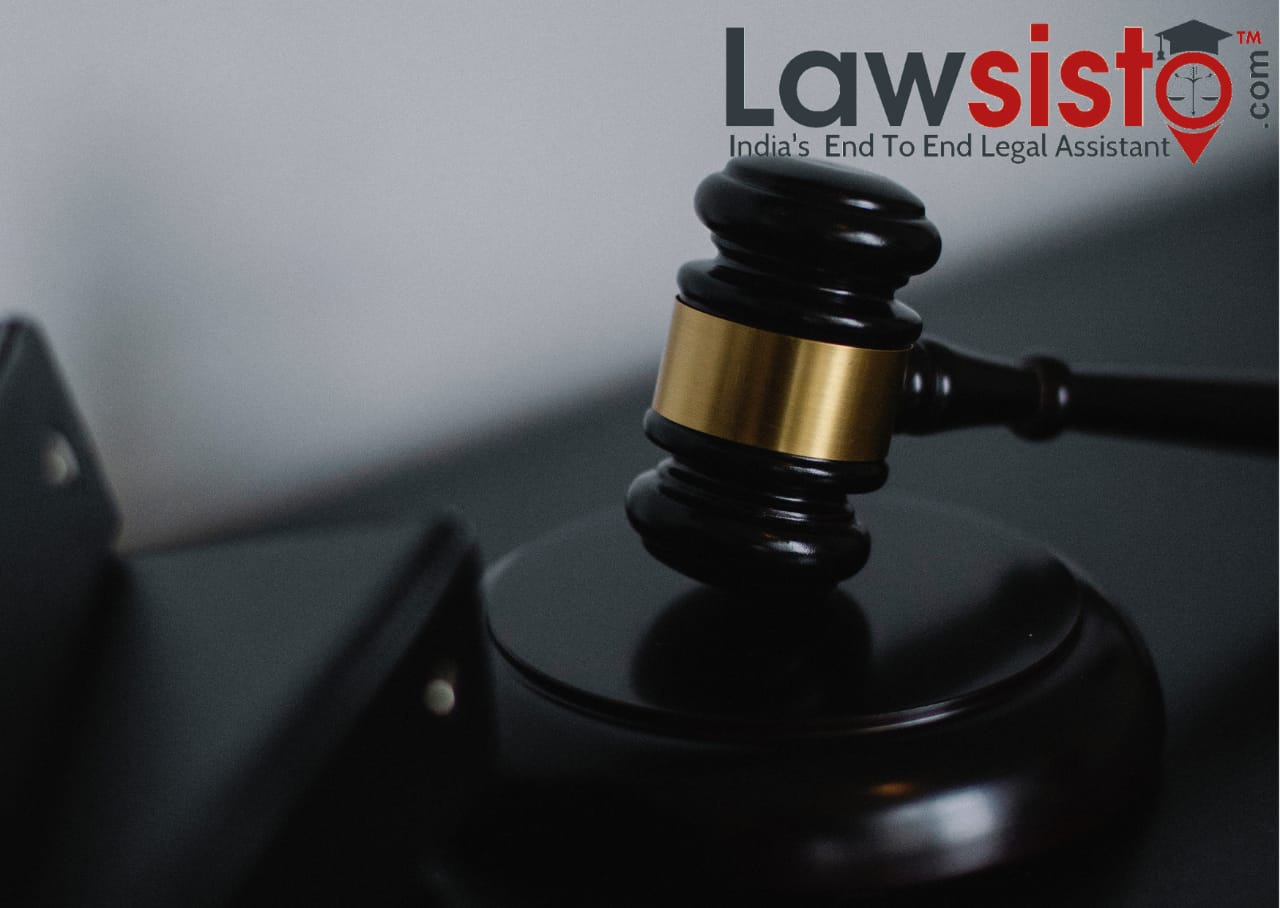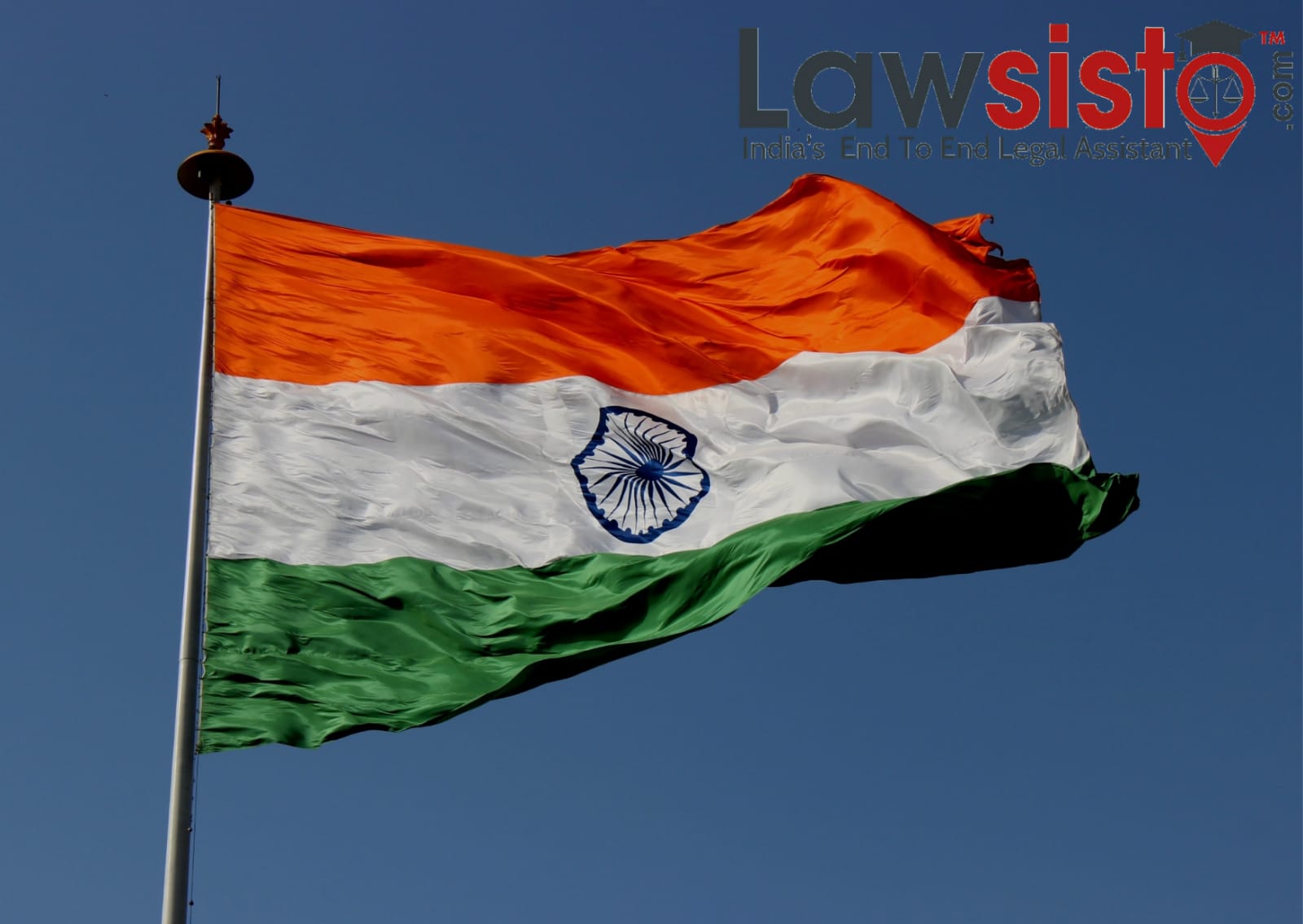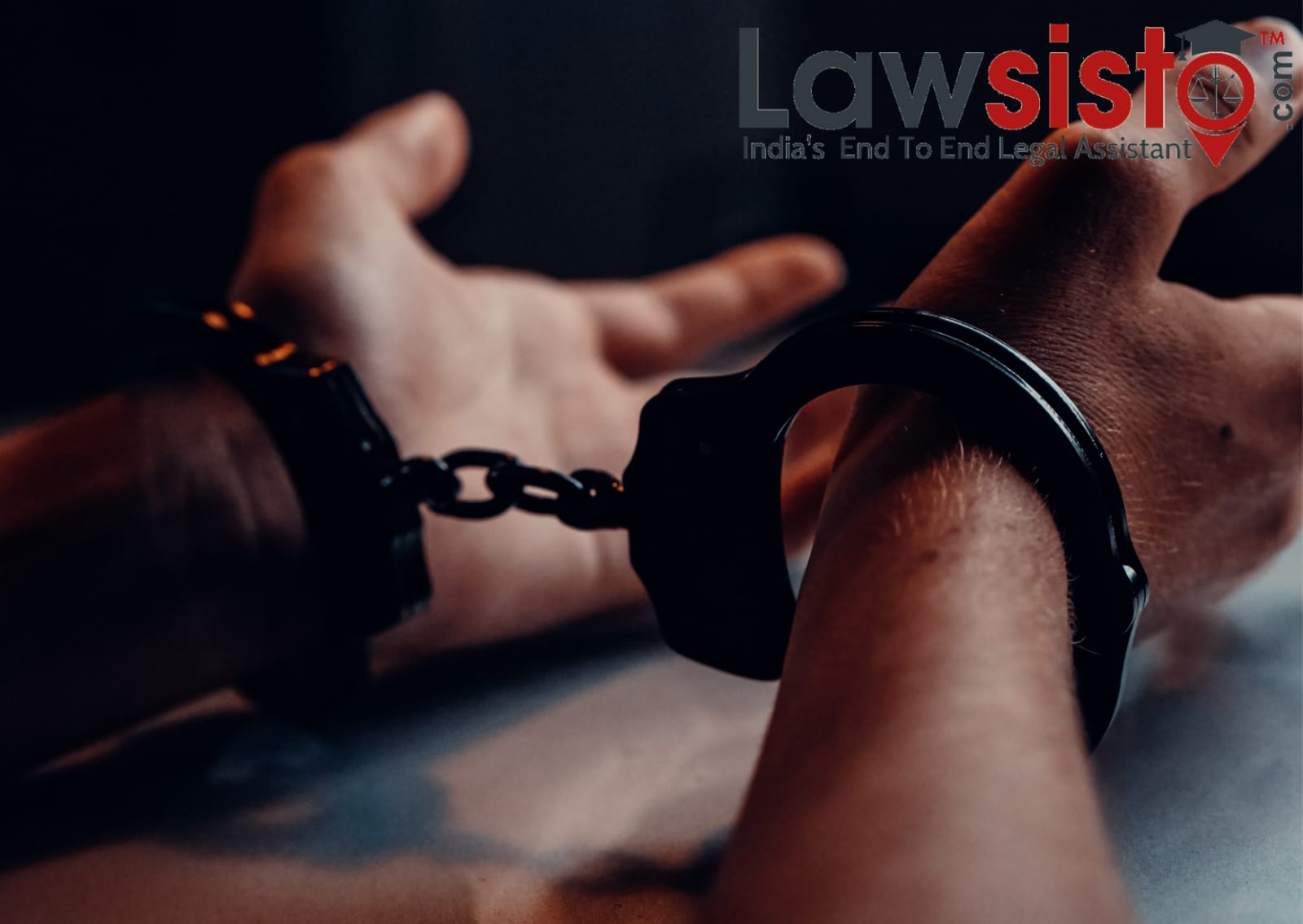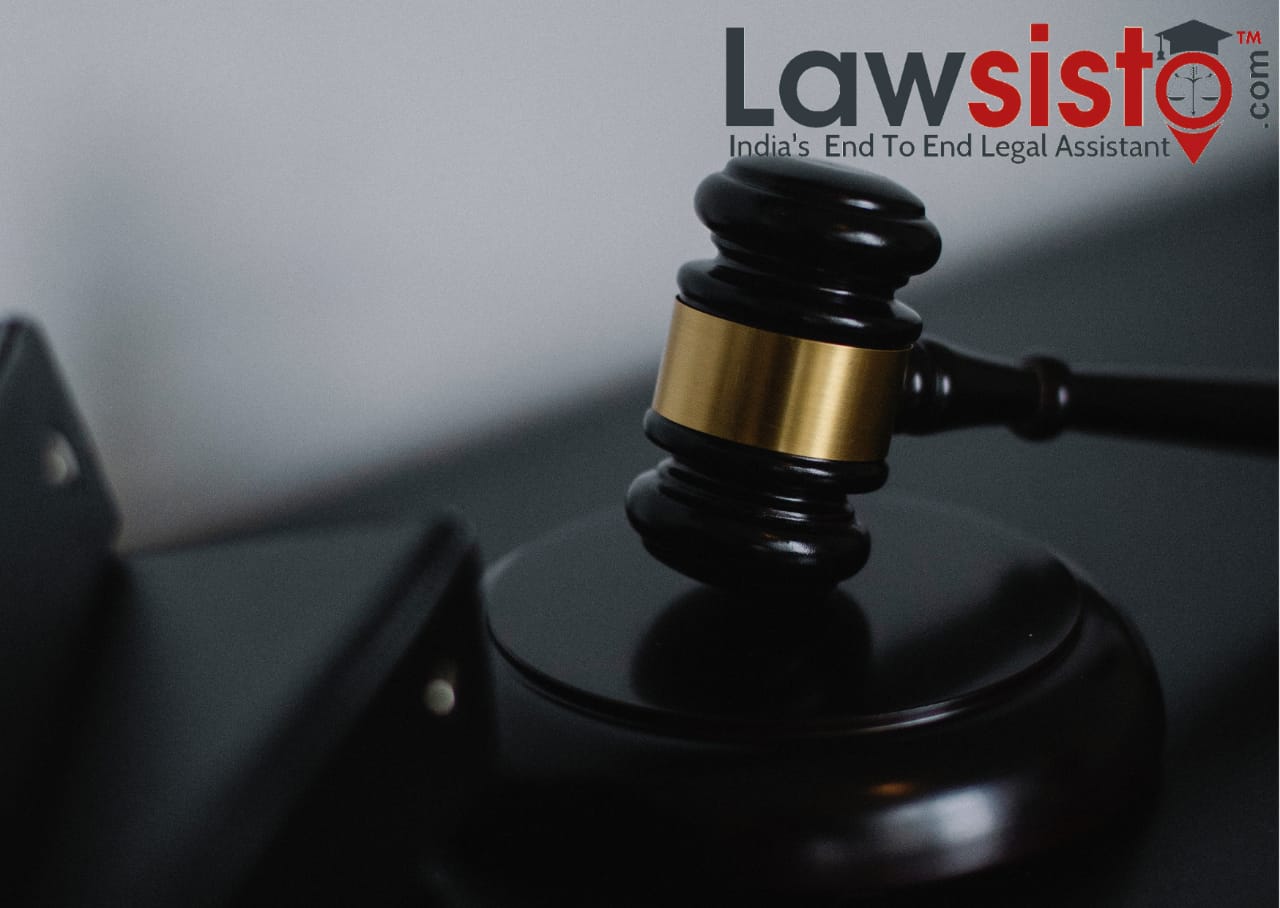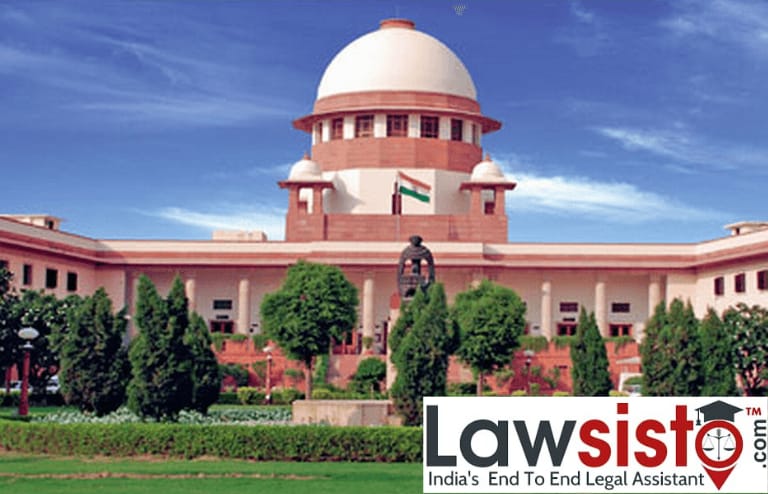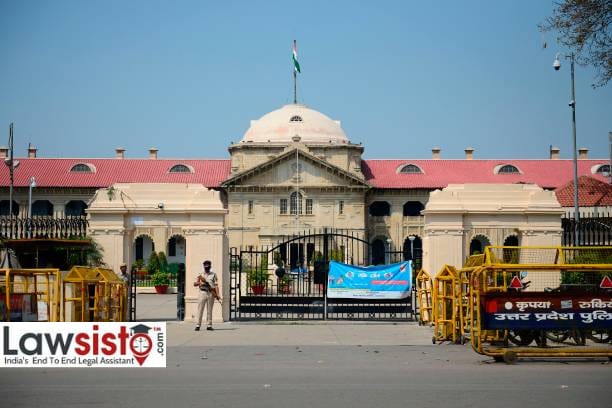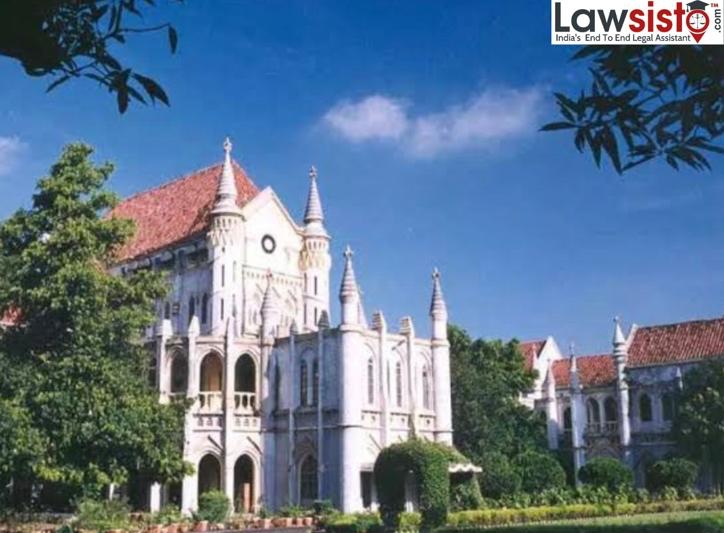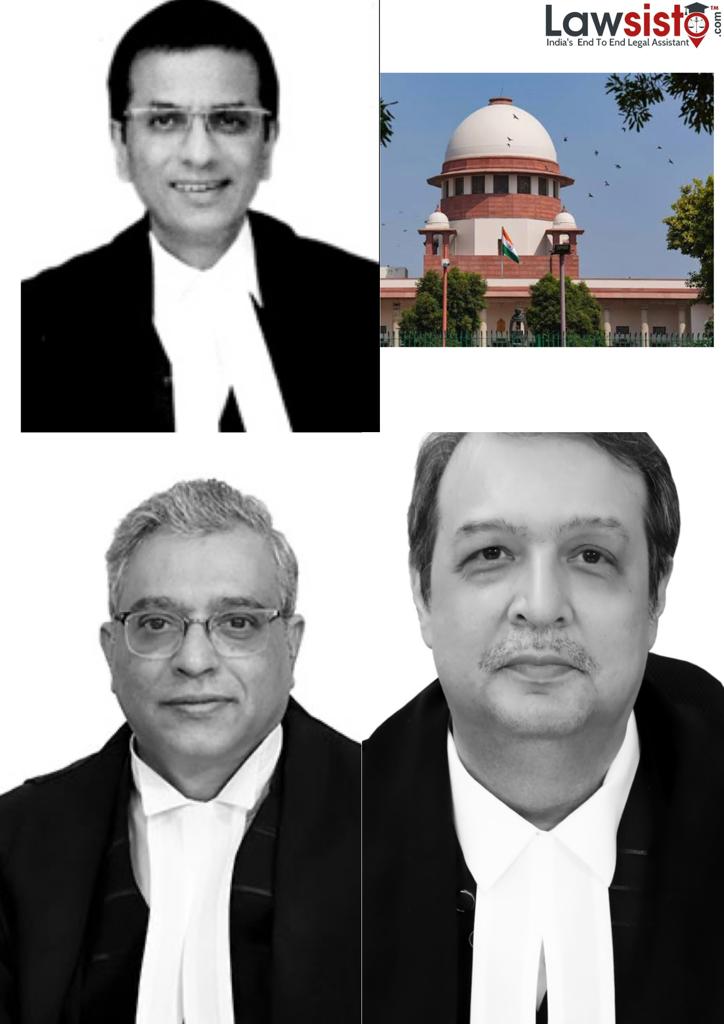Latest News
‘Taj’ reattained its ‘Taj’: MC Mehta vs UOI (Dec 20, 1986 )

India is affluent in its diversity of culture, architecture ornamented with historical monuments like forts, palaces, temples, archaeological ruins. There are hundreds of thousands of monuments extent across the length and breadth of the country. But The Taj is the most conspicuous architect and “King-Emperor” amongst the world was declared as a UNESCO World Heritage Site in 1983.
The Taj is the final triumph and acme of the Mughal Art. It represents the most clarified aesthetic values. It is the perfect pinnacle and artistic interplay of the architect skills and inspiration. The marble-in-lay walls of The Taj are amongst the most marvellous example of decorative workmanship. The graceful symmetry of its exterior and the excellent art of its domes and minarets dazzle the beholder in a manner never to forget. It is the most priceless international monument, of remarkable beauty and worth, an eminent tribute to man’s achievement in Architecture and Engineering.
"It is too pure, too holy to be the work of human hands. Angels must have brought it from heaven and a glass case should be thrown over it to preserve it from each breath of air." said by a poet Samuel Taylor Coleridge in describing the beauty of Taj Mahal.
Struggle of ‘Taj’ in 90’s
The area under Taj Trapezium covers up to 10,400 sq. km. Covering 5 districts in region of Agra. Under this trapezium there are various chemical industries, refineries which emit gases like Sulphur-dioxide combine with Oxygen creates moisture in the atmosphere and result in “Acid Rain”. That have a tarnishing effect on the marble of the Taj Mahal. Damage to the marble used in the Taj Mahal is visible. A yellow pallor permeates the entire monument. At some places of dome, the yellow spots are extended by ugly brown and black spots. One day M.C. Mehta, Public Interest Lawyer visited ‘Taj Mahal’ and observed that the monument’s marble has turned into yellowish which will after then be a terrible result. This made M.C. Mehta to file petition before Supreme Court of India. After the report filled, court order to get a report on the industries, mills which emitting disastrous pollution under the Taj Trapezium Zone(TTZ). The report is published by Central Board for the Prevention and Control of Water Pollution, New Delhi, on (Control of Urban Pollution Series) titled as “Inventory and Assessment of Pollution Emission in and Around Agra-Mathura Region”. It categorized the industries situated in Agra and in outskirts into seven different categories. The statistics shown in the report about the pollution level were quite high. And it was said that 50% of pollution i.e. Sulphur dioxide emissions can be cut down by closing down two thermal power stations and replacing coal by diesel in the railway yards.
Taj Mahal is an eminent monument on the international sphere. However, it is on its way to degradation due to pollution created by industries, mills, refineries in the Taj Trapezium Zone along with atmospheric pollution. Court on 8th January, 1993, taken cognizance of the report submitted by the Central Pollution Control Board on the ‘Control of Urban Pollution’ and reached to the conclusion that the main sources of pollution are iron mines, Ferro-alloyed industries, rubber and lime processing mills, chemical industries, bricks refractory and vehicles. The Court further issued notice to get survey on that (TTZ) area by U.P. Pollution Control Board (U.P.P.C.B.) and prepare a list of all the industries, mines and mills which are generating pollution in the area. In total 511 industries recognized and court directed U.P.P.C.B. to issue notices to all the industries, mills and mines in that region to satisfy the Board that necessary anti-pollution measures have been undertaken and file replies to the notices by 5th May, 1993. Also court directed the U.P.P.C.B. to issue a public notice by two local and two national newspapers to make all the concerned industries to install anti-pollution treatment plants. And directed UP State Industrial Development Corporation to shift this present located industries, mills and mines to outside the TTZ and relocate them.
Court relied upon two principles i.e. ‘Precautionary Principles’ and ‘The Polluter pays principle’.
The ‘Precautionary Principles’ are:-
(i) Environmental measures must be anticipated by the State Government and the statutory authorities to prevent and attack the causes of environmental degradation.
(ii) Where there is uncertainty of serious and irreversible damage, lack of scientific reliability should not be sued as a reason for postponing measures to prevent environmental degradation.
(iii) The “Onus of proof is on the actor or the developer/industrialist to show that his action is environmentally benign.
And Polluters Pay Principle means that if a hazardous activity is carried out by any person, then such a person is liable to make good for the loss caused to the other person, irrespective of the fact whether he took reasonable care while carrying on his activity.
Both the principles is been accepted by The Honorable Court as the law of the land and consequently applied them in the present case.
Justice to The ‘Taj Mahal’
The Court took reports of various expert authorities into consideration and found out that the emissions generated by the industries and mines are generating air pollution and having a corroding effect on the marble used in the ‘Taj Mahal’ and also it is affecting the lives of people living in the Taj Trapezium Zone(TTZ). The atmospheric pollution in TTZ has to be cut out at any cost.
The Court by relying on the precautionary principle and held that the environmental measures must be anticipated, to be prevented and to attack the causes of environmental degradation. The ‘onus of proof is on an industry to show that its operation is not degrading the environment.
The Court further held that 292 industries shall change over to the natural gas as an industrial fuel. The industries which are not in a position to obtain gas connections shall stop functioning and relocate themselves to another place. Those industries which will abuse the court’s guidelines and neither applies for gas connection nor for alternative industrial plot shall stop functioning. The relocation of industries shall be set up through their respective units consistent with the new industrial estates outside TTZ.
Further directions were given by the court to maintain ‘Taj Mahal’ and lives under TTZ as follows:-
(a) Setting up of hydrocracker units and other devices by the Mathura Refinery.
(b) The setting up of 50-bed hospital and two mobile dispensaries by the Mathura Refinery to supply medical care to the people living in TTZ.
(c) Construction of Agra bypass to divert all the traffic which passes through the city of Agra.
(d) Additional amount of Rs. 99.54 crore sanctioned by the Planning Commission to be utilized by the government for the construction of electricity supply projects to make sure 100 per cent uninterrupted electricity to the TTZ.
Conclusion
Finally, The Taj will be able to reattain its ‘Taj’ as the tremendous judgment has been passed. This judgement became a landmark one for environmental law jurisprudence in India. Authorities reported that a big reduction of Suspended Particulate Matter which is one of the pollutants causing discolouration of the Taj Mahal. Recently, the Supreme Court bench of Justice Madan B. Lokur and Justice Deepak Gupta, on 31st July, 2018, cancelled all the industrial expansion that the government had allowed in the Taj Trapezium Zone. This judgement reflects a strict viewpoint of the Indian judiciary towards the protection of historical monuments and controlling air pollution in the country.
Document:
